
AJ Beach
Etiotherapy
Natural Therapeutics
Performance Therapy
Electrons + (PEMF)
Approach
AJ is a generalist who works with multiple body systems, using manual medicine, natural therapeutics, and performance therapy modalities.
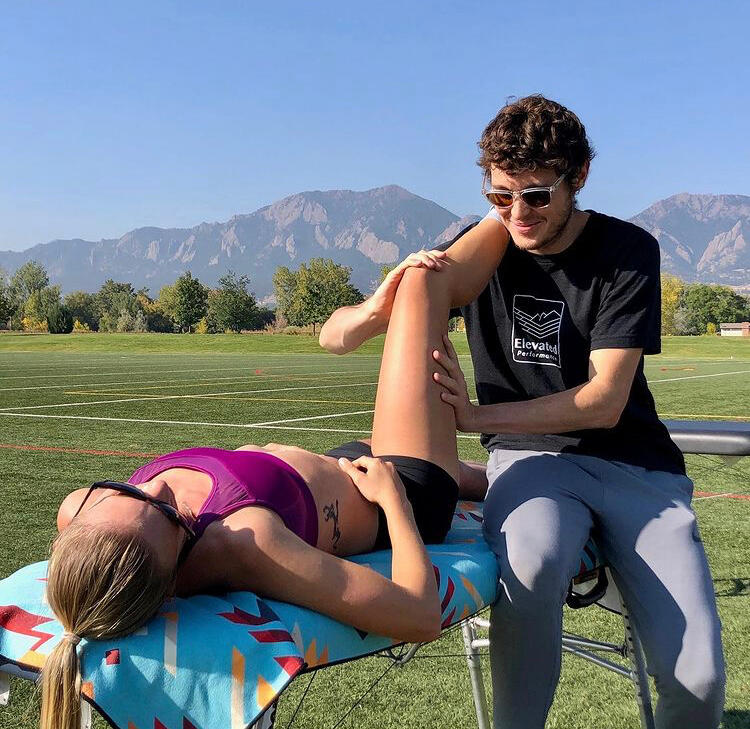

ATHLETE Portfolio
Working with athletes at all levels, from beginners to Olympic Medalists, and anyone struggling to regain health in their body.
Schedule a visit
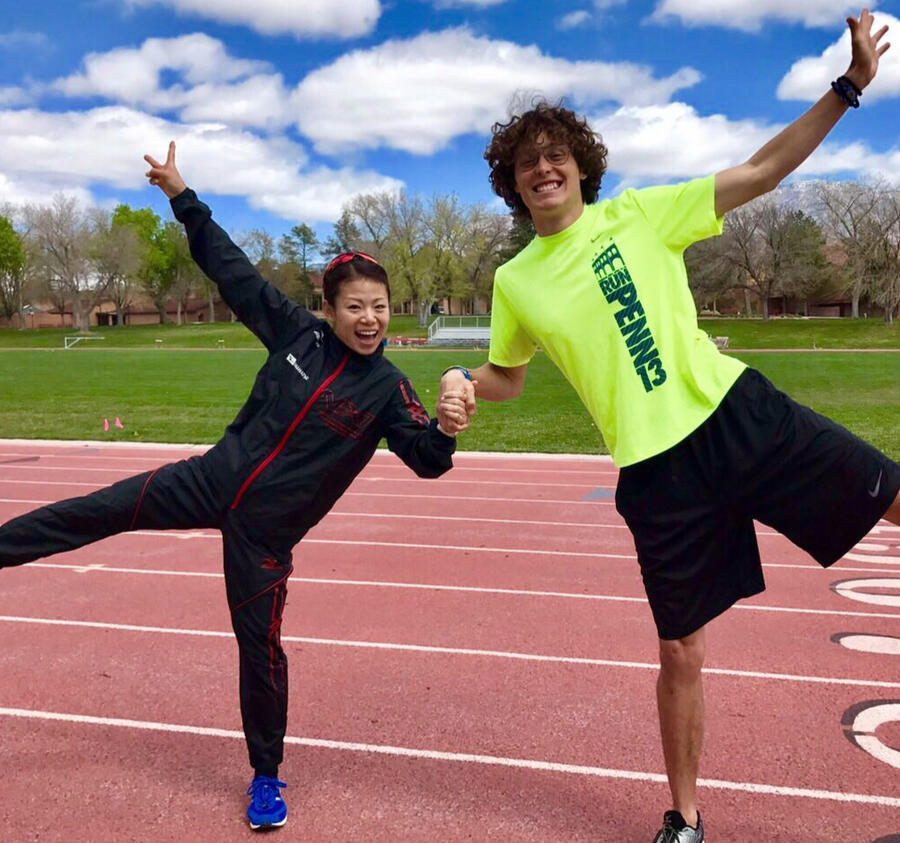
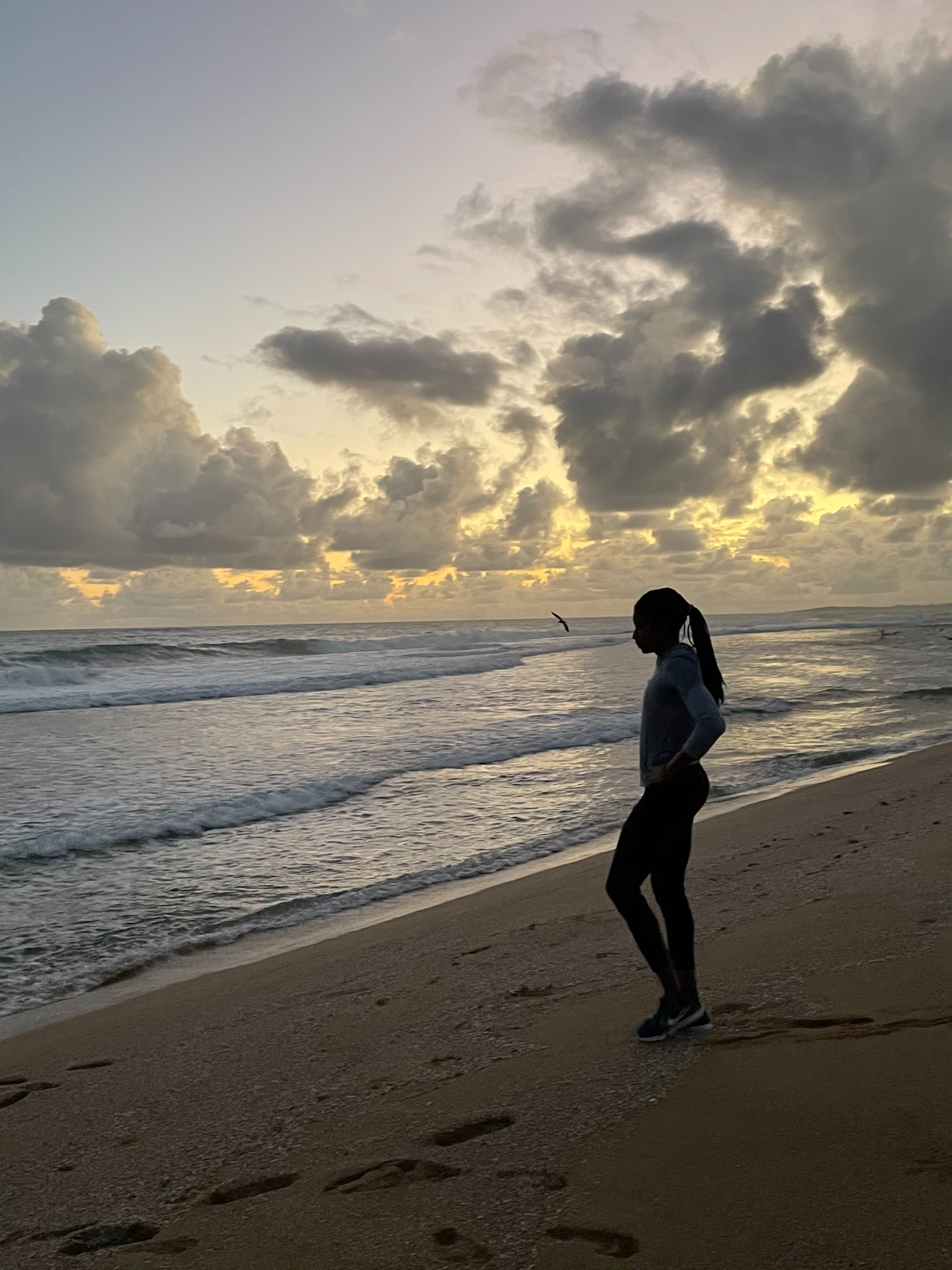
Blog
Tangential Writings
APPROACH

Etio- [origin; root; cause; true; real]
Therapeía [healing; service; treatment; restoration]Etiotherapy is an approach for holistically observing and harmonizing primary tension patterns held in the body.It appreciates the body’s ability to compensate as a complex network and initiates a clear path around dysfunction and asymmetry.Through this lens, I implement Manual Medicine, Natural Therapeutics, and Movement. I communicate with simple and precise messages. These messages are amplified by a clear healing intention and targeted touch.Etiotherapy connects all the pieces together.It is the confluence of mind — body — spirit.
I apply specific and unique pressure on restricted tissue to help decompress tension. By listening, observing, and hands on treatment, I gently wake up the body’s intrinsic healing abilities.This targeted approach:
• establishes better flow and fluidity
• restores movement and mobility
• aligns structural and functional qualities
• stimulates mechanoreceptors and chemoreceptors in cells to signal physiological change
• harmonizes mind - body - spirit

My services are for athletes at all levels and anyone struggling to regain health in their body. I find passion in solving complex puzzles and building a more resilient foundation. I am process driven and appreciate results as they naturally arrive.I meet people where they are at. I induce opportunities of change. I guide and allow the body to recognize its complete self.I listen and let the body speak.
Mentorship
My therapeutic approach is inspired by the continued guidance from Coach - Dan Pfaff - along with several other talented mentors in the professional sports medicine community.
"Don’t just focus on the symptomatic area. Don’t just focus on likely cause.
Always think ‘what else, where else.'"
Dan Pfaff
Pedagogy
I study under Guy Voyer DO, Alain Croibier DO, and Jean Pierre Barral DO — world renowned leaders in Osteopathic Medicine.
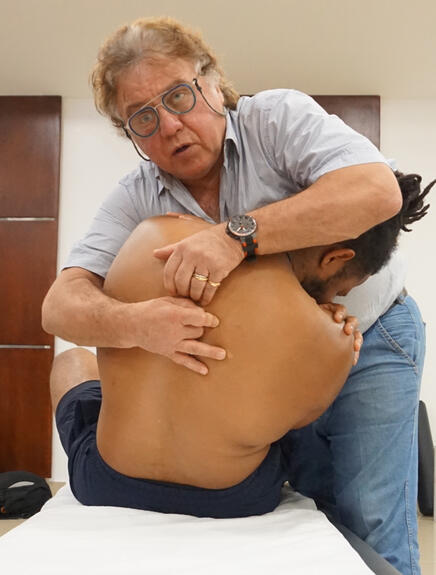
“Learn By Doing."
Guy Voyer DO
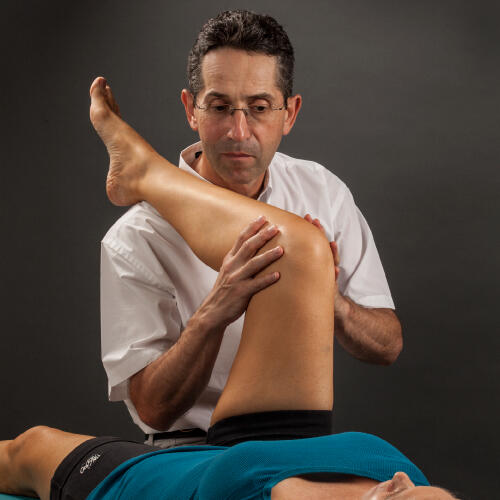
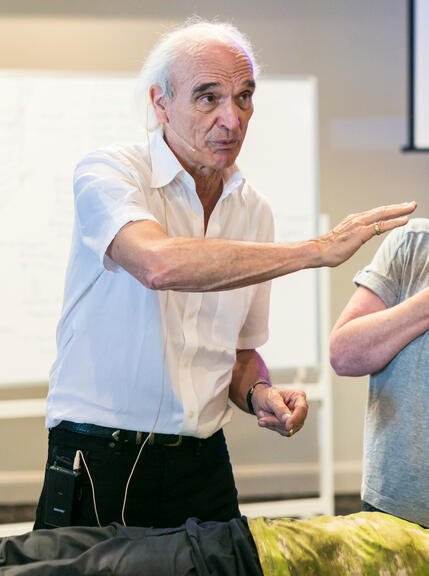
“When someone is on my table they are the most important person in the world. I try to be open and receive all the information through my hands.”
Jean Pierre Barral DO
Influence
Etienne Peirsman is a craniosacral instructor and meditator. He guided me in my own spiritual path and self-realization.
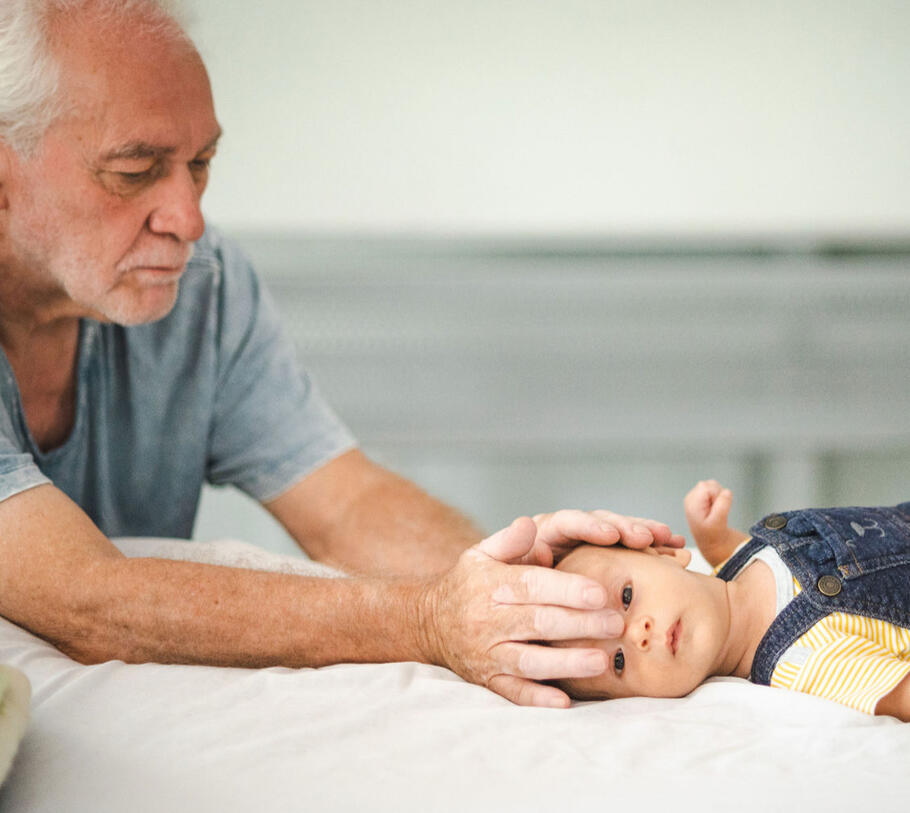
“In stillness, I speak through my hands. I let love flow from my heart completely in a silent unbroken dialogue… I move the dark clouds away and allow a space for the sun to shine through a wide open sky.”


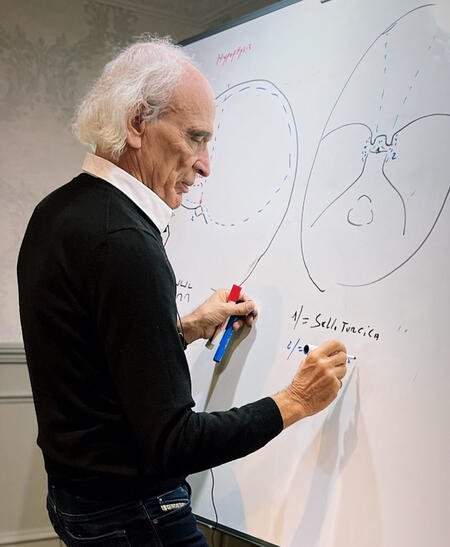
Athlete portfolio
Olympians | World Champions | European Champions | National Champions | NCAA Champions
Track & Field | Football | Dance | Soccer | Basketball | Skeleton | Cycling | Softball | Baseball | Golf | Baseball | Weekend Warriors |



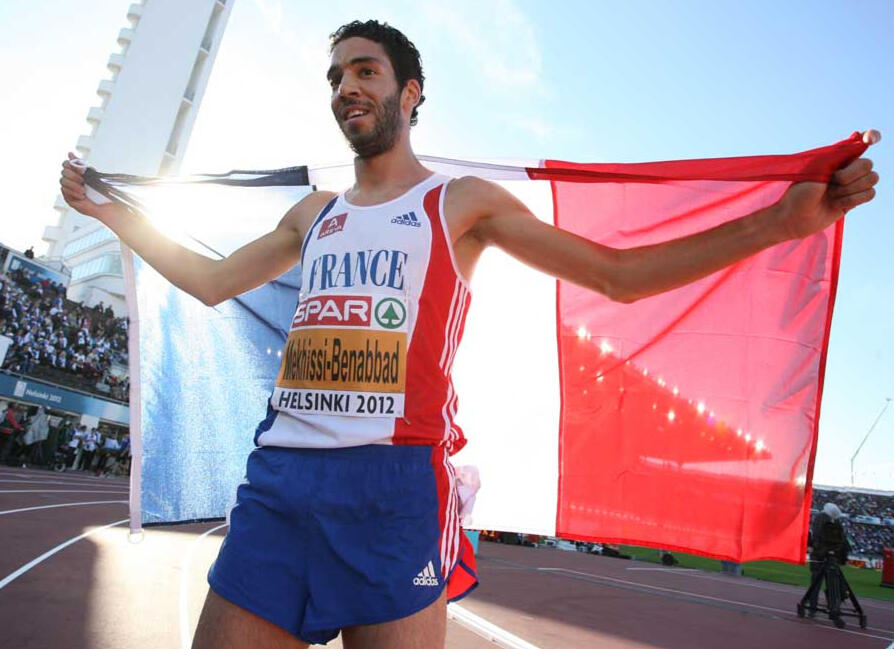
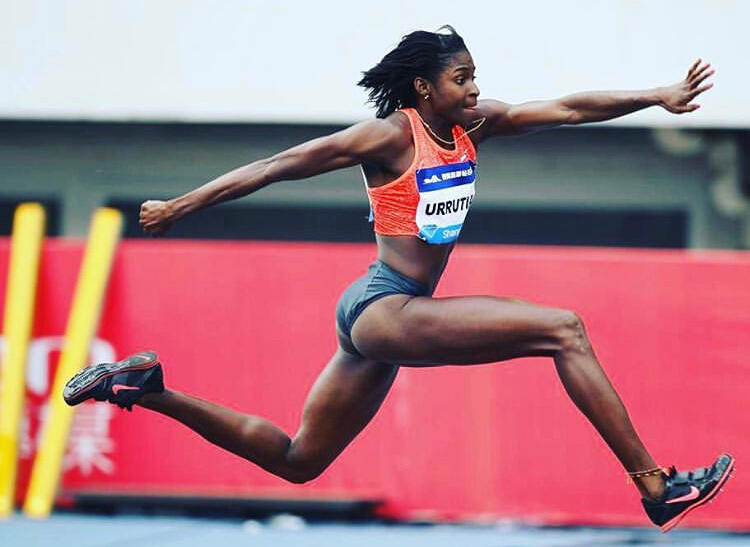


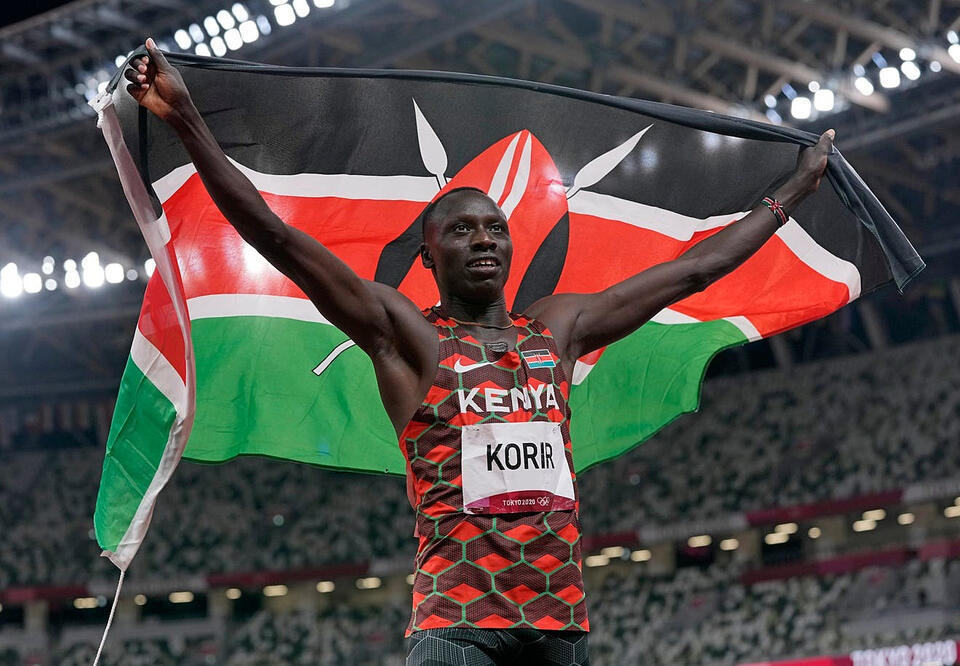


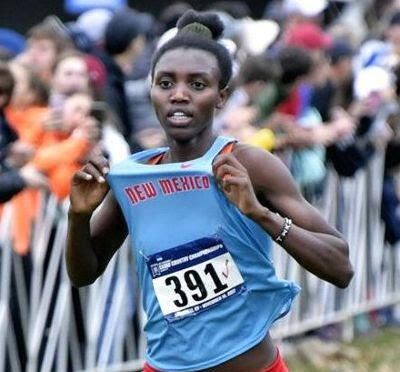
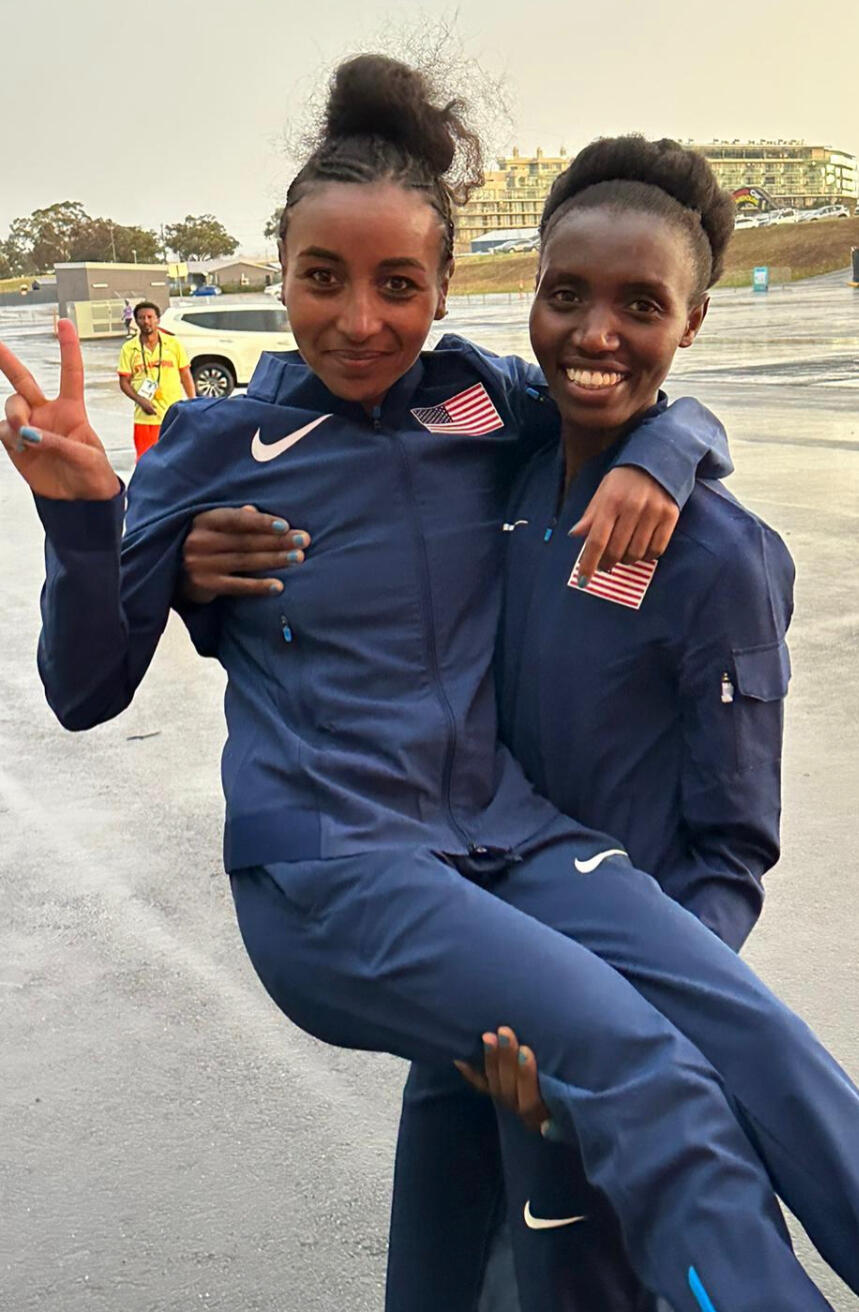
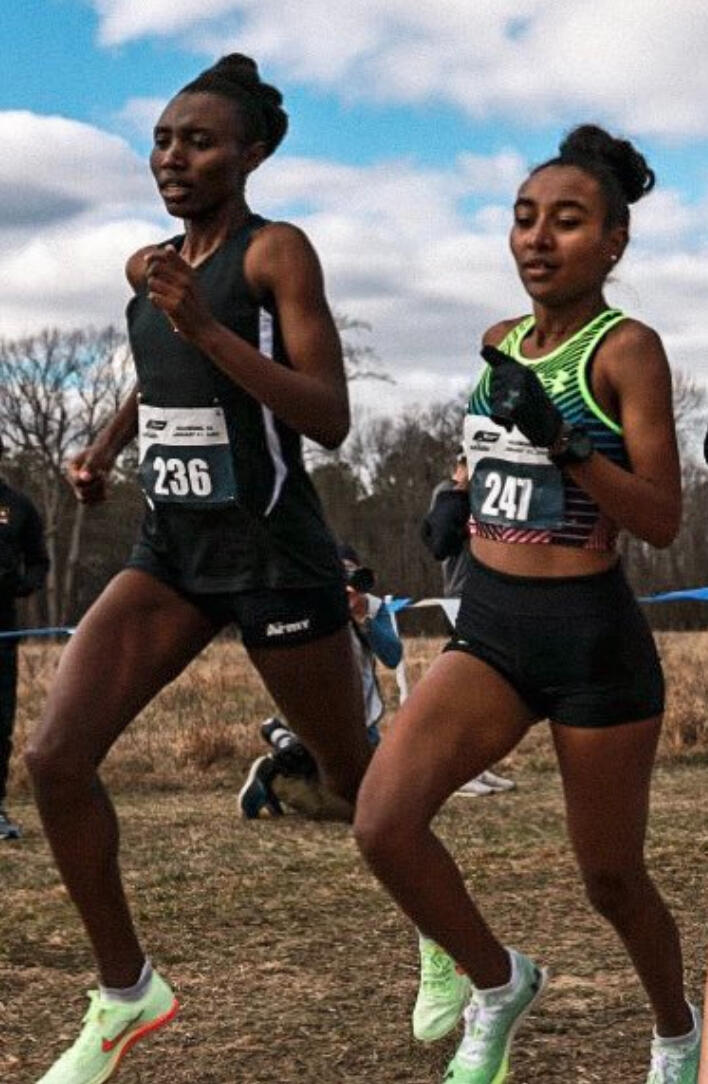
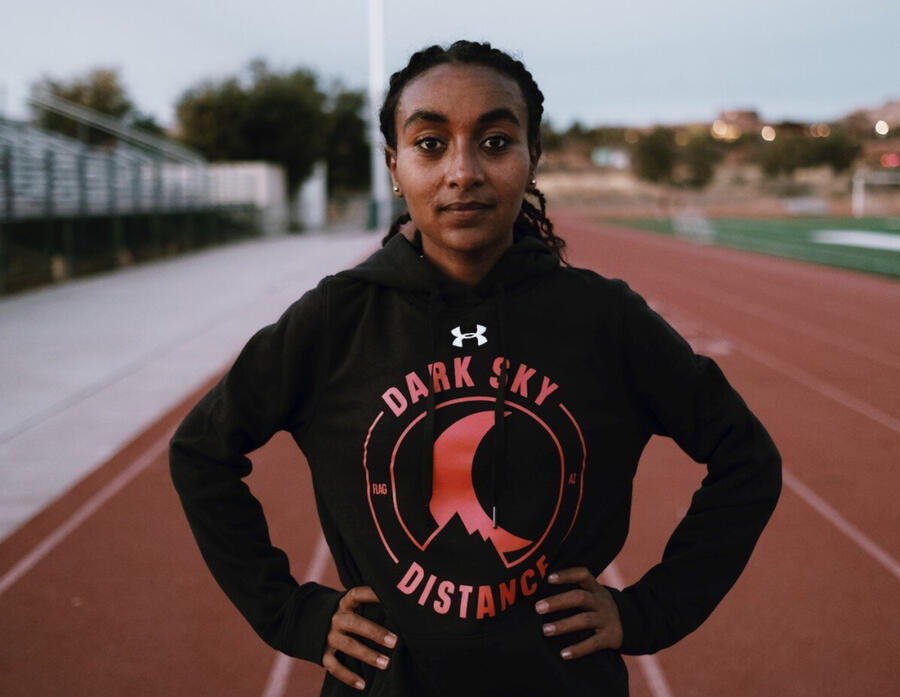
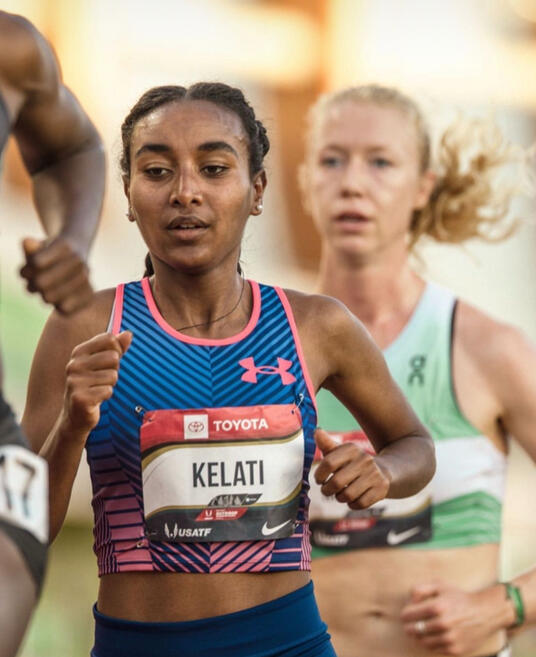




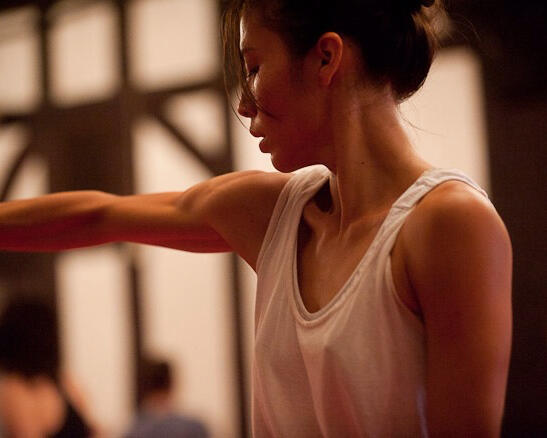


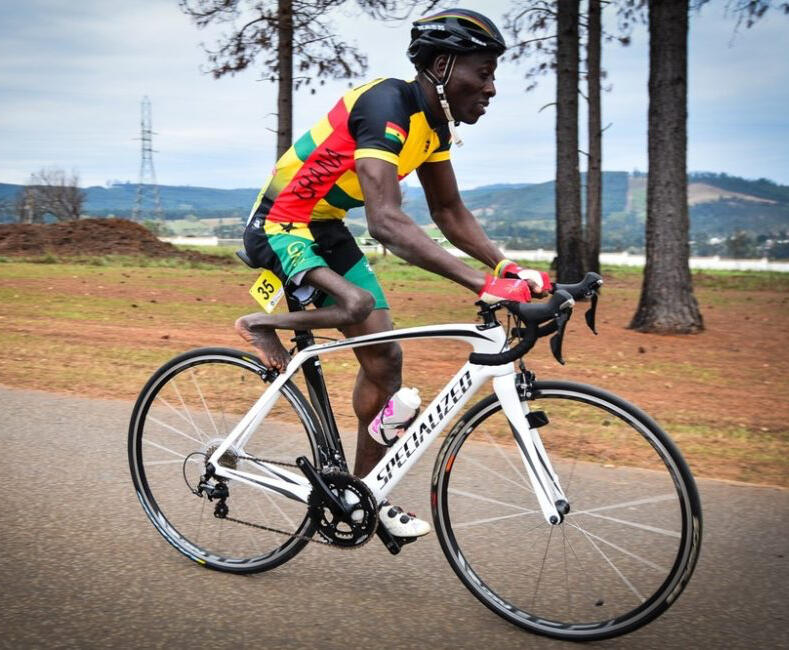
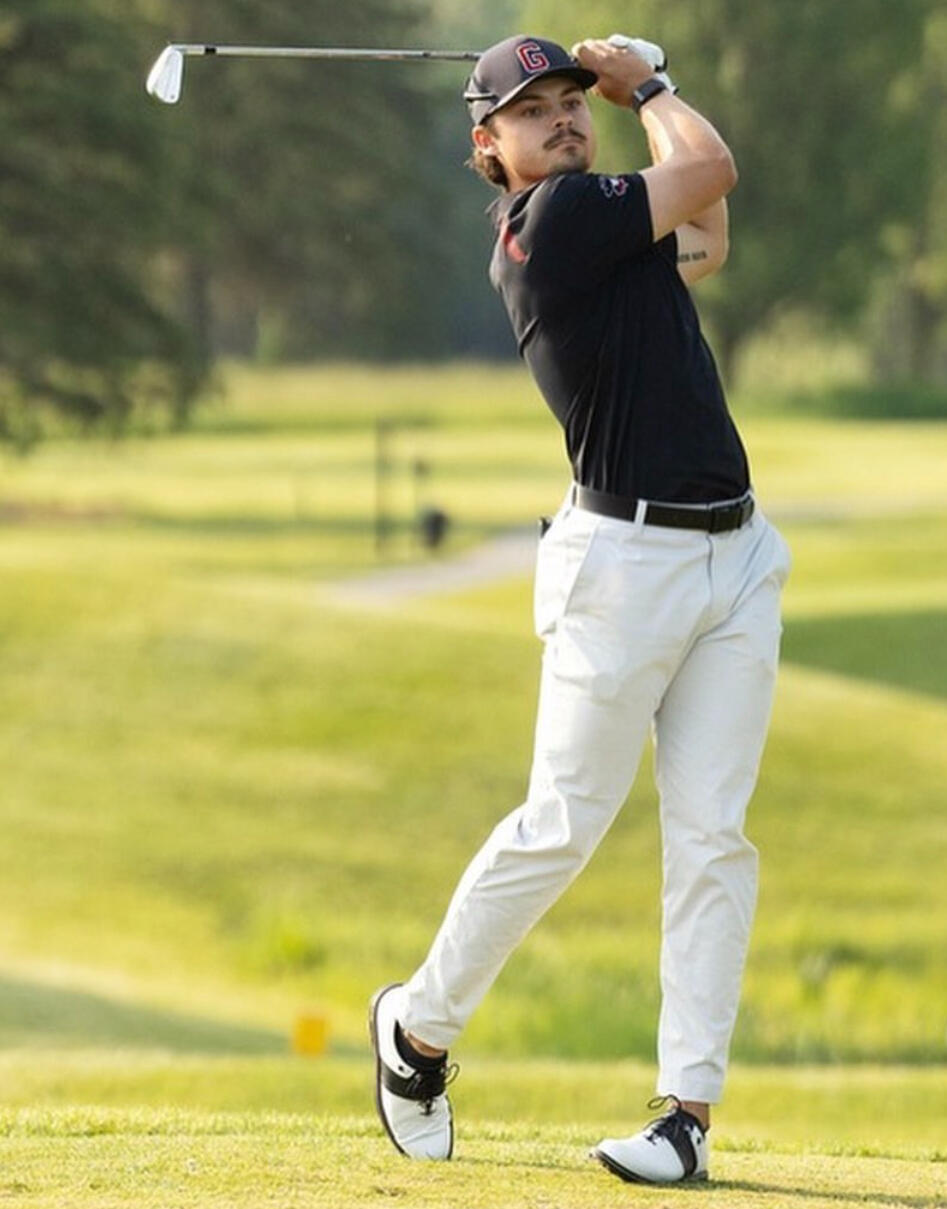

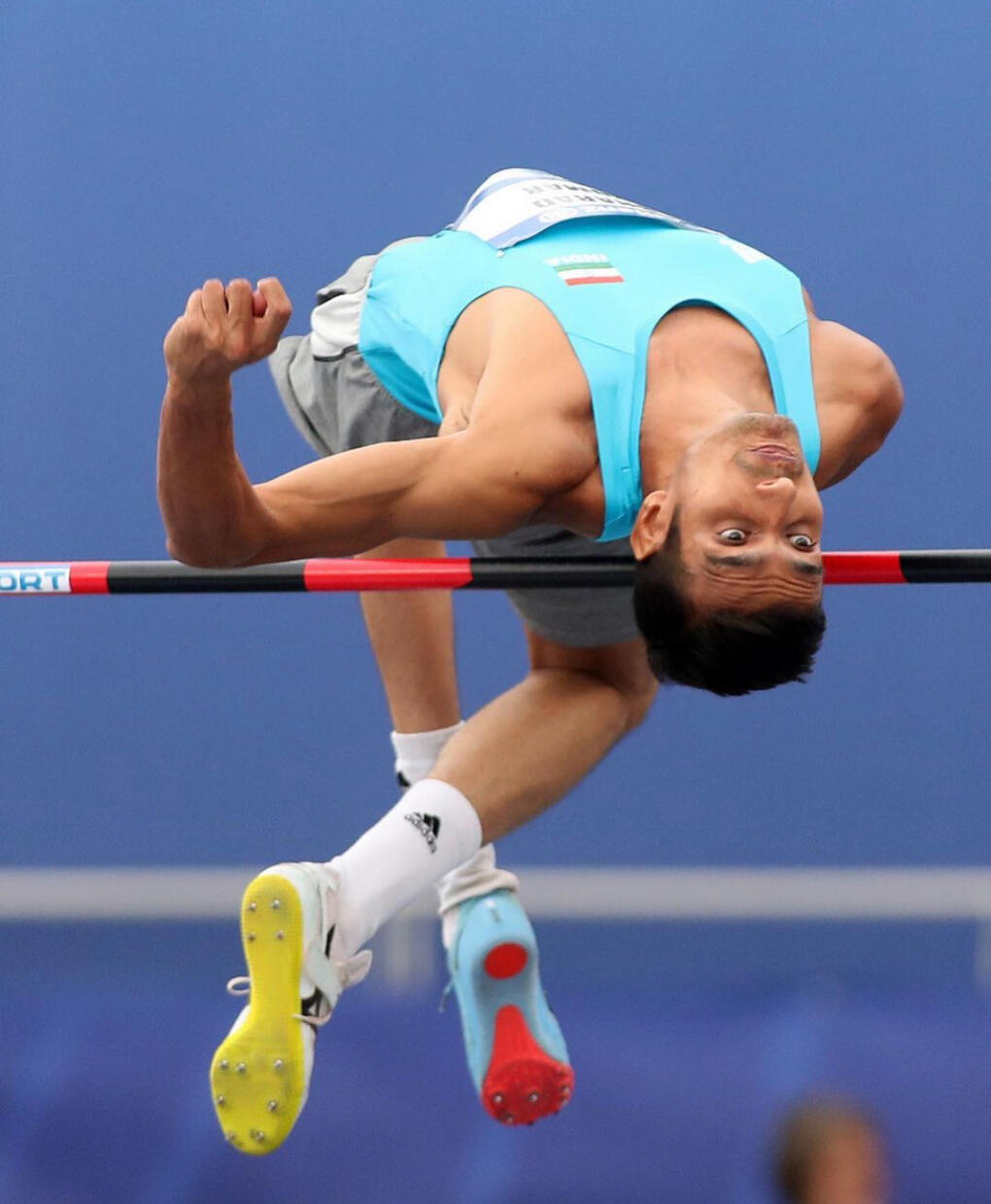


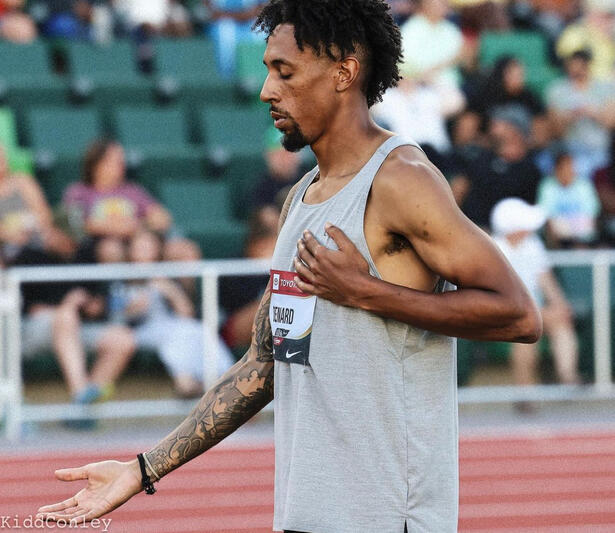


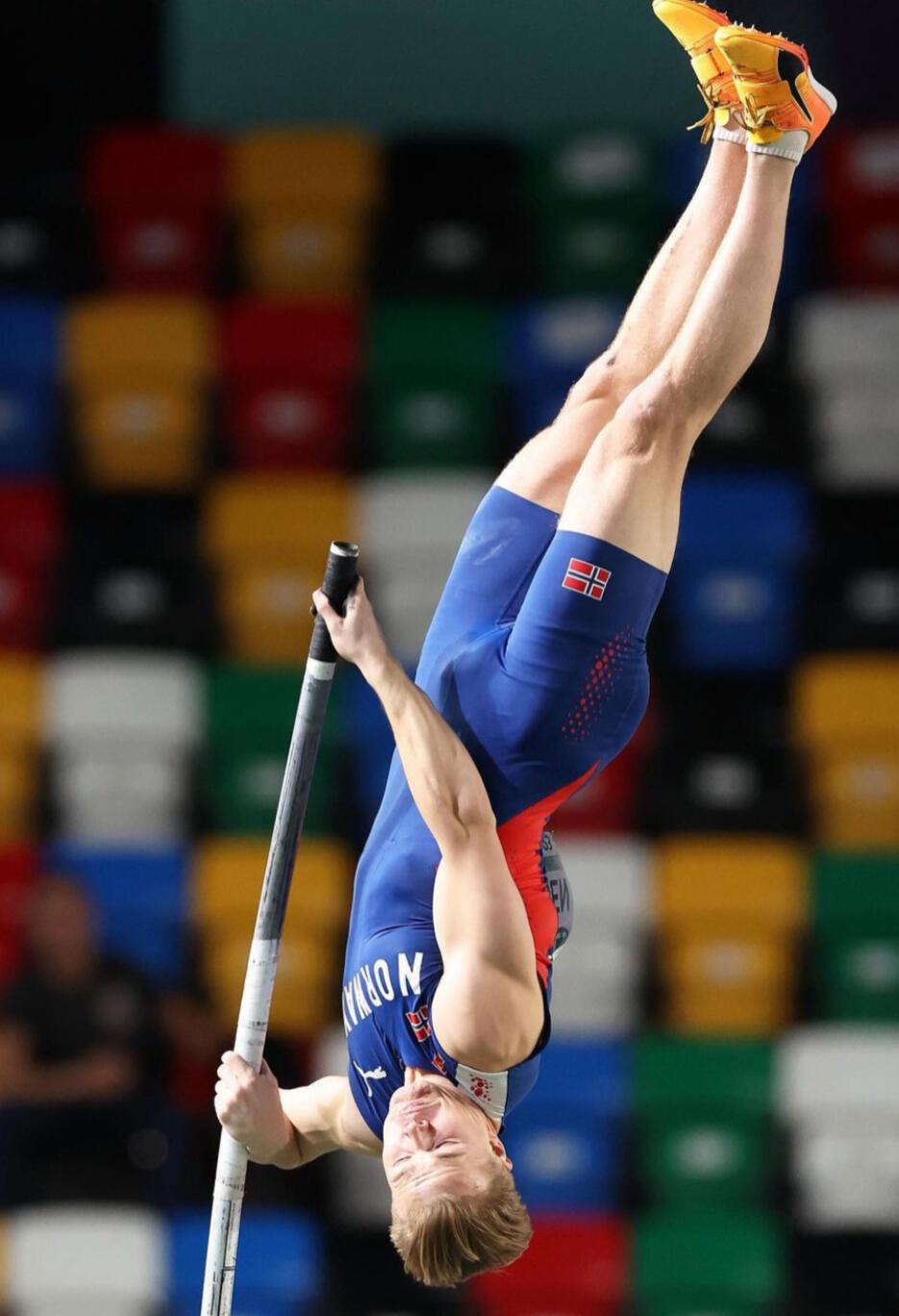



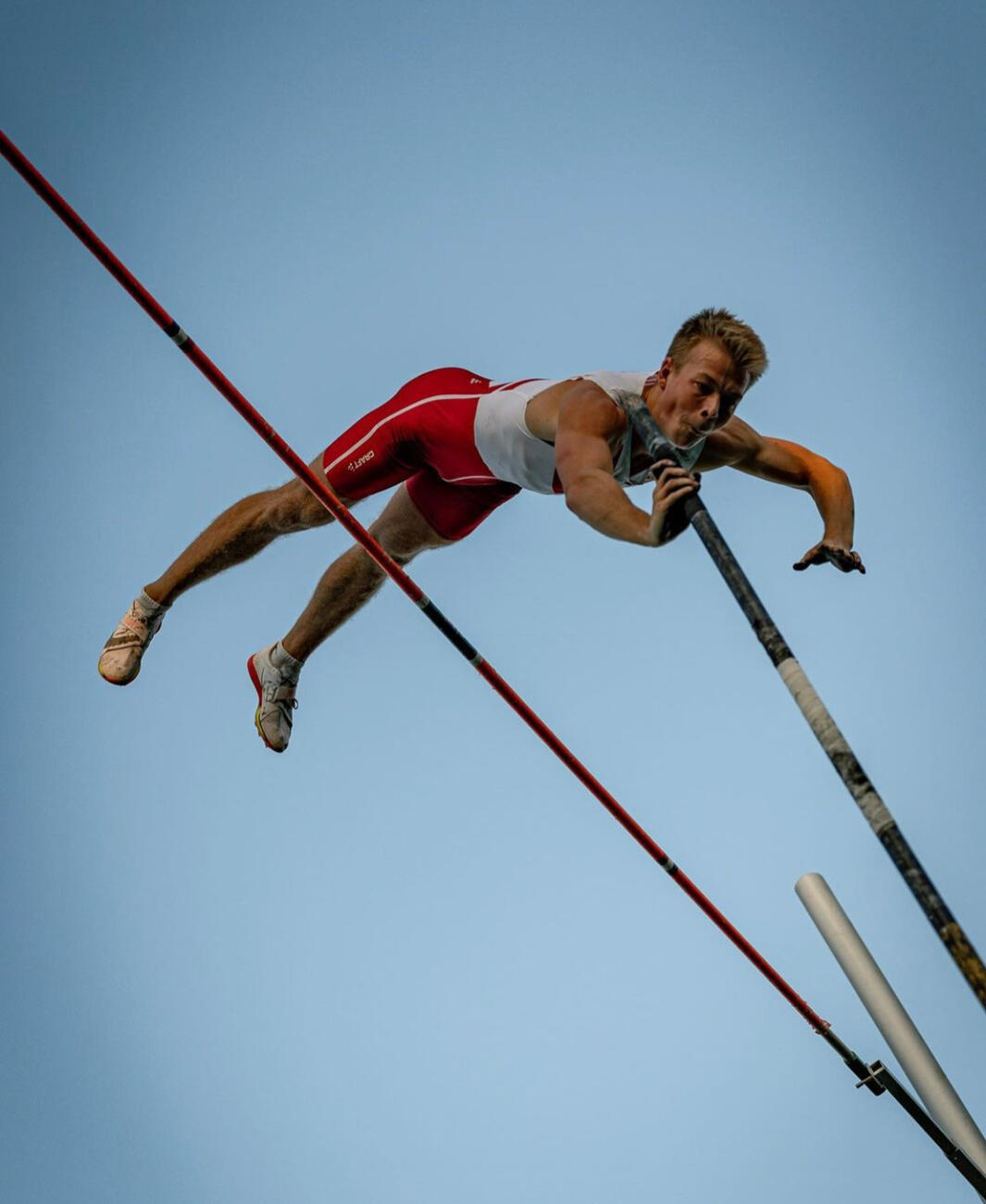
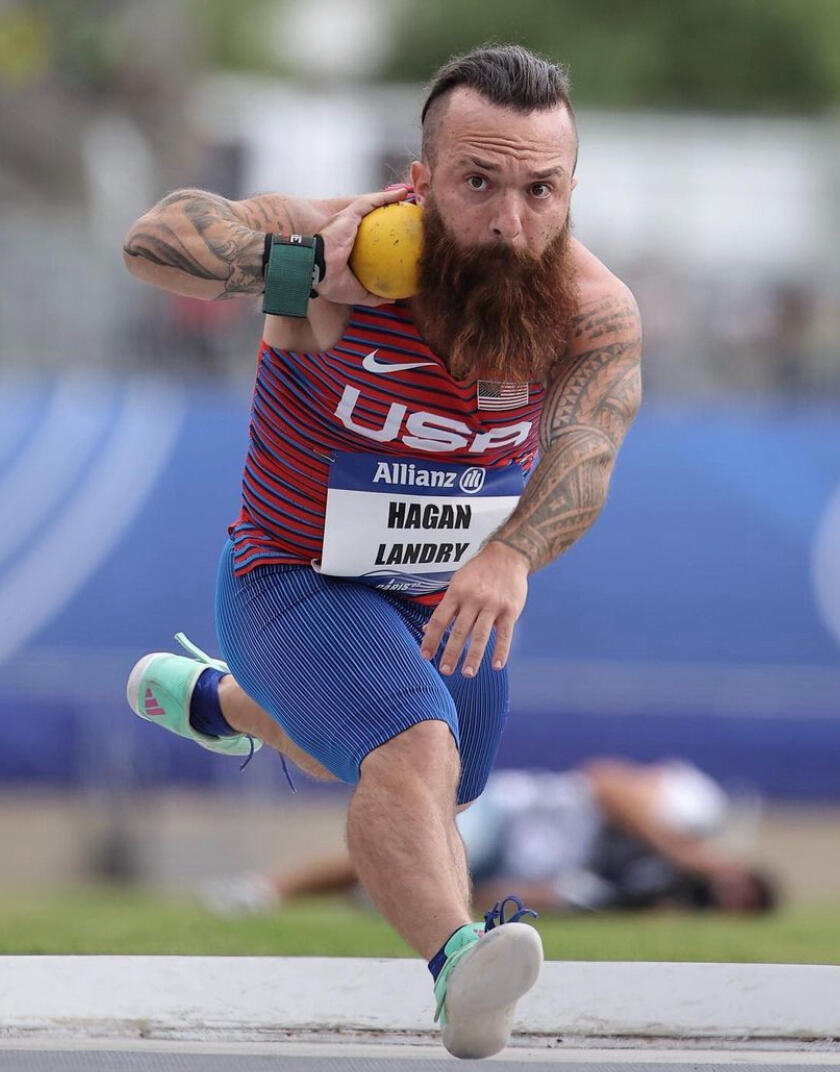

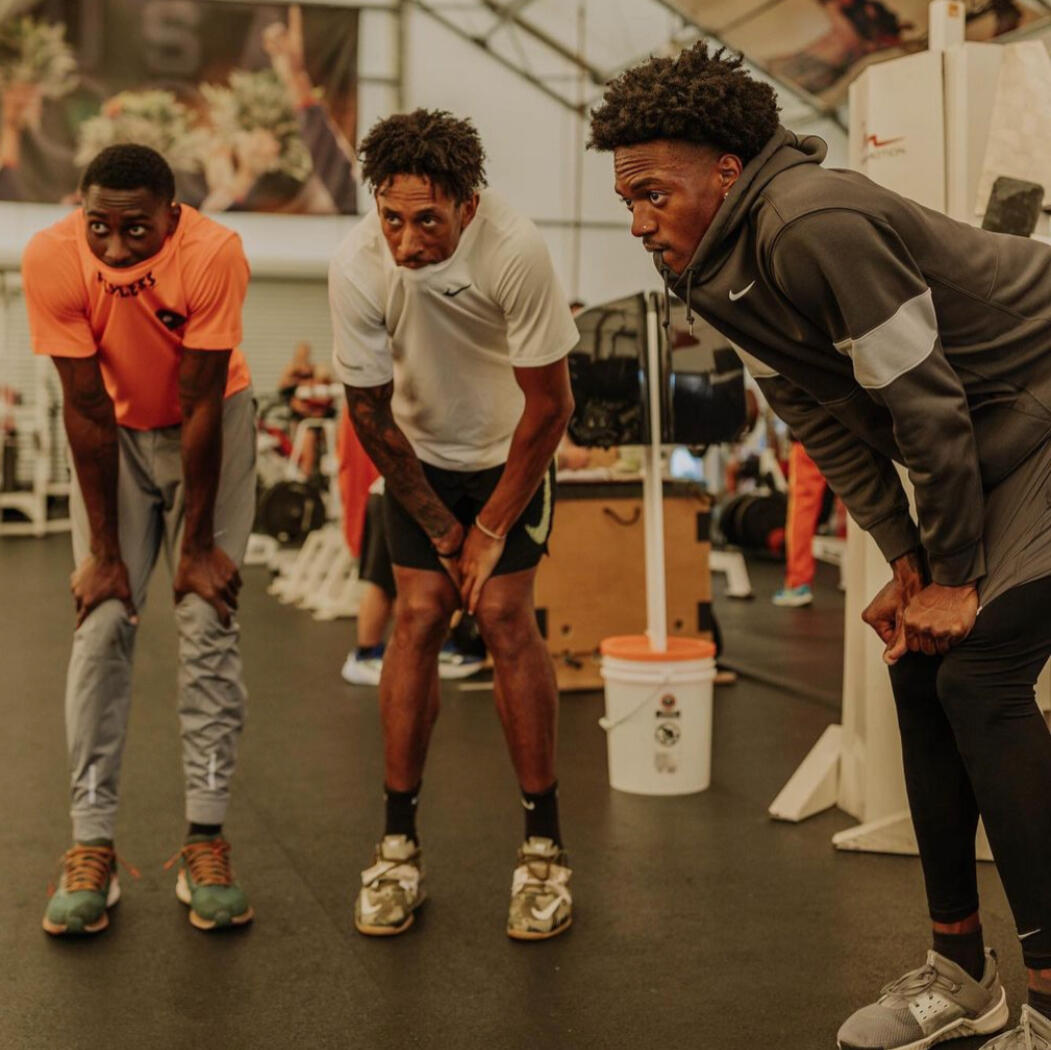

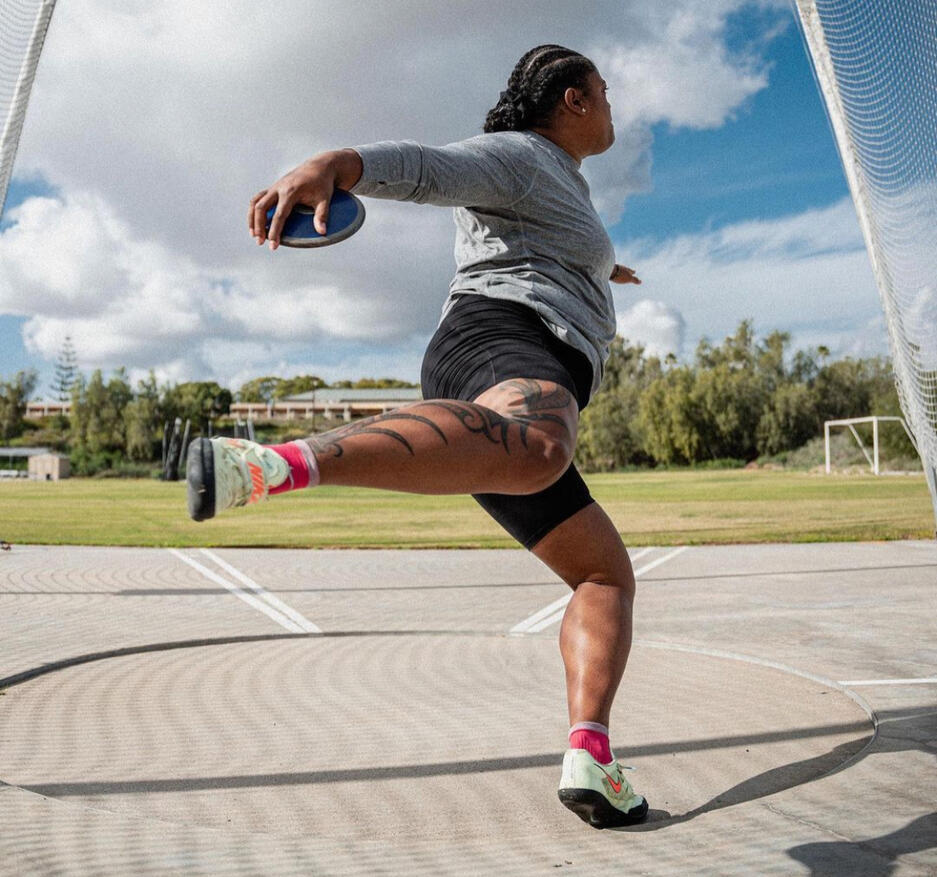

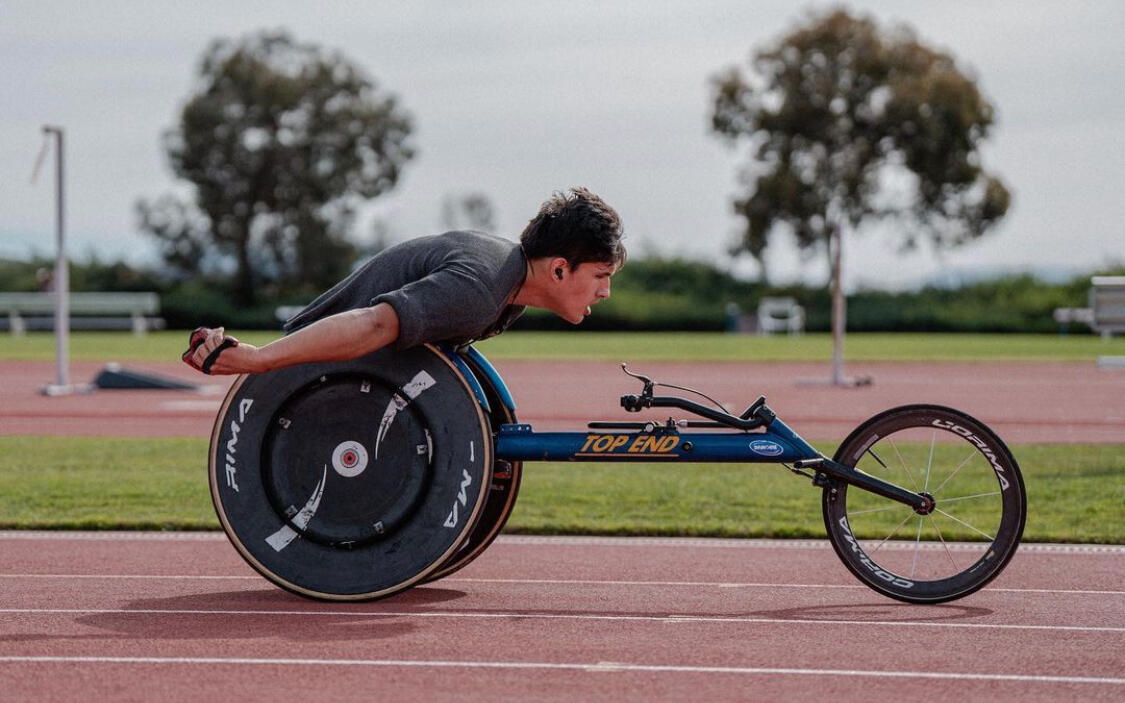
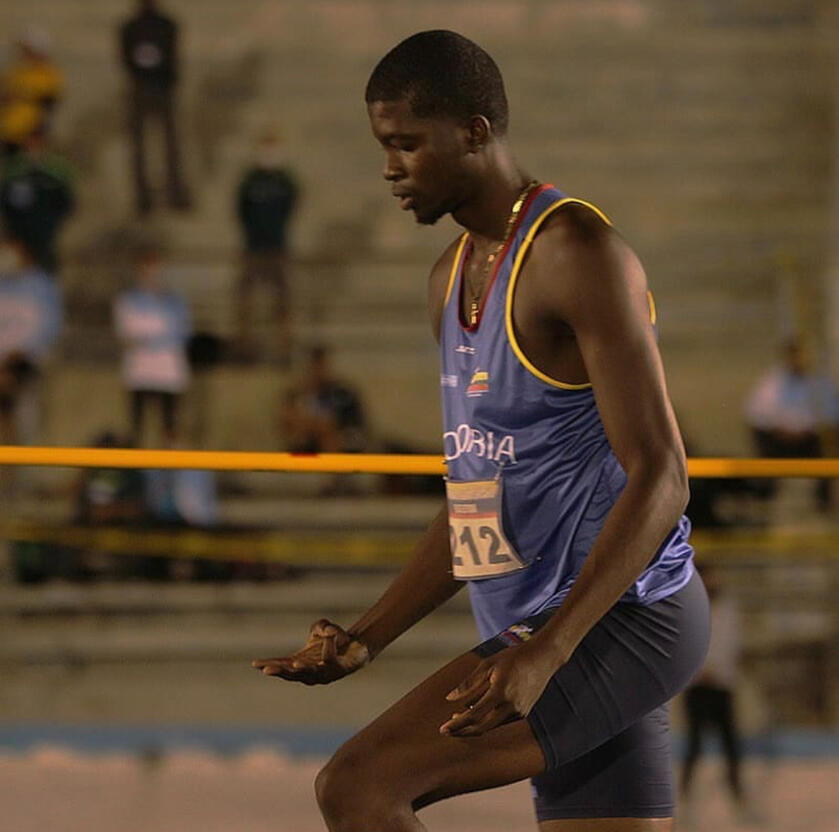
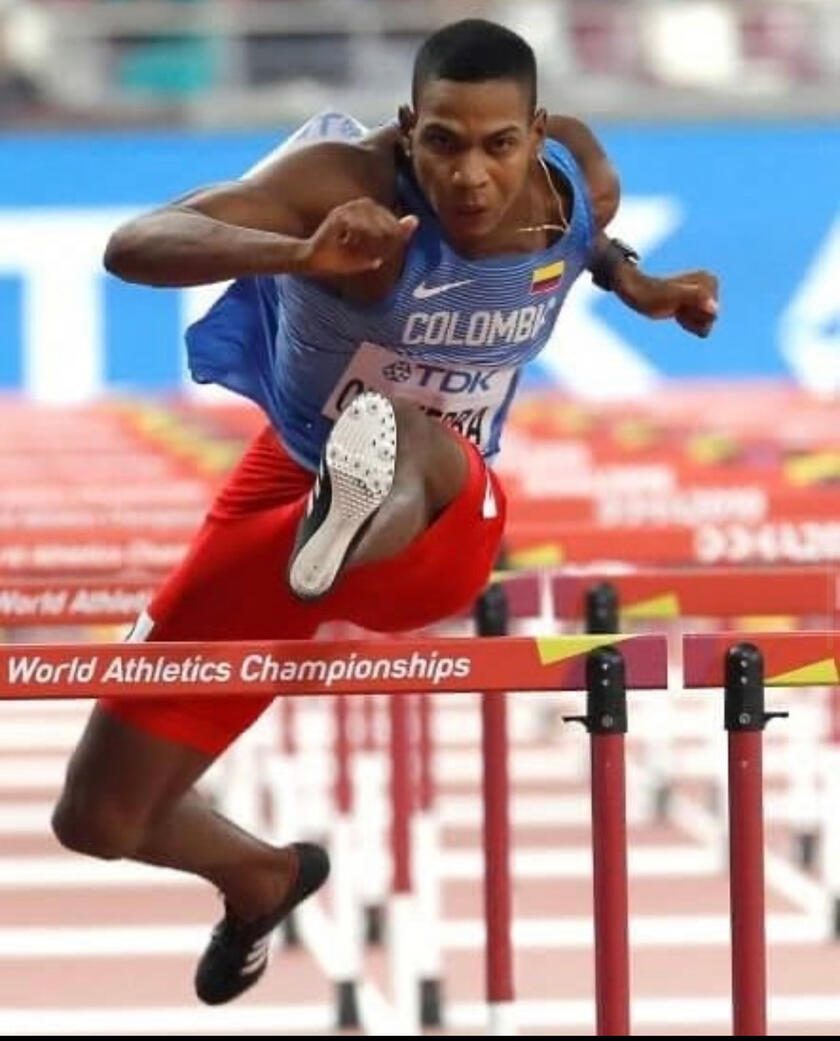

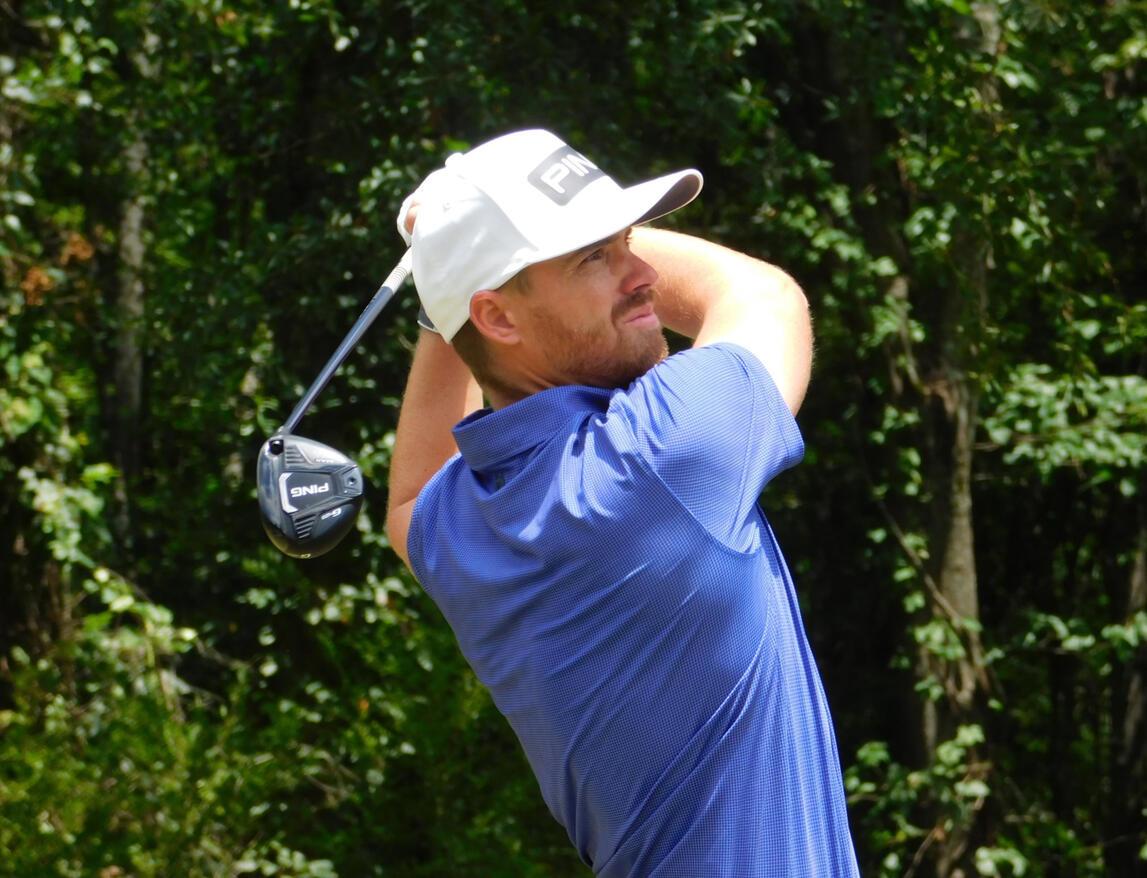
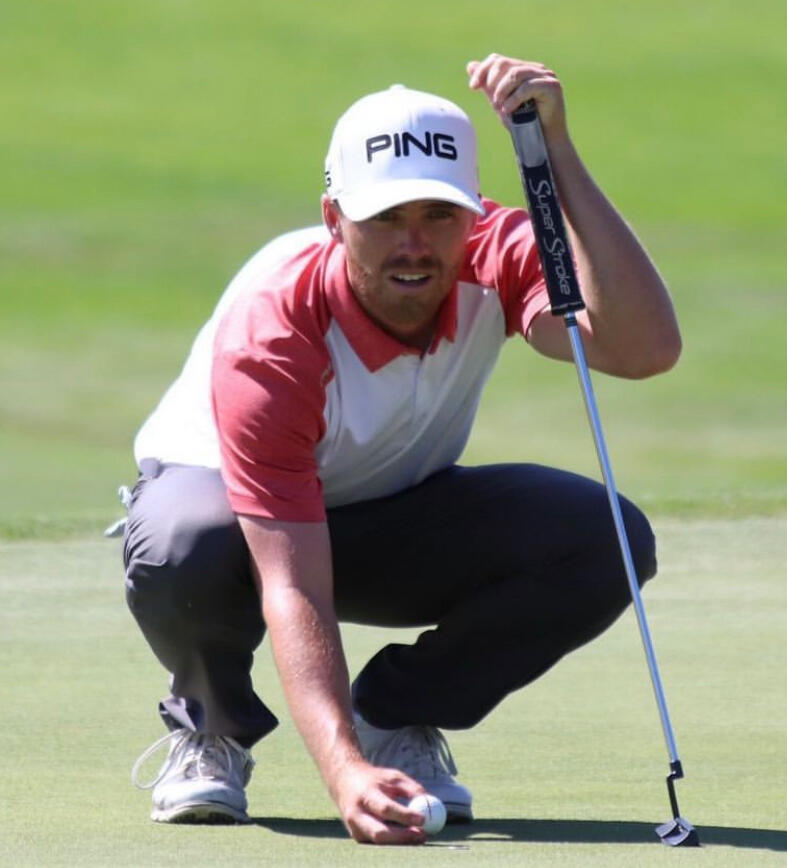
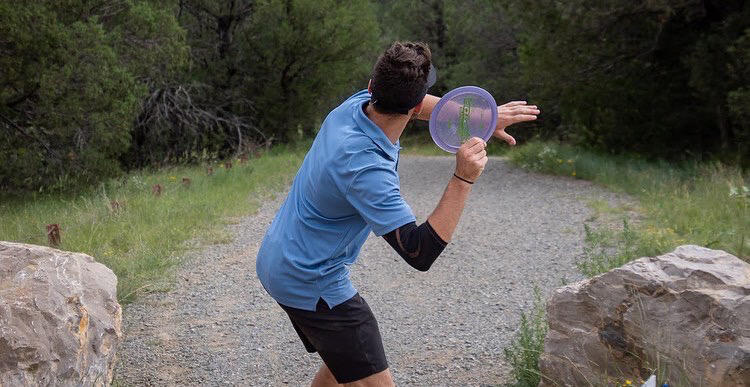
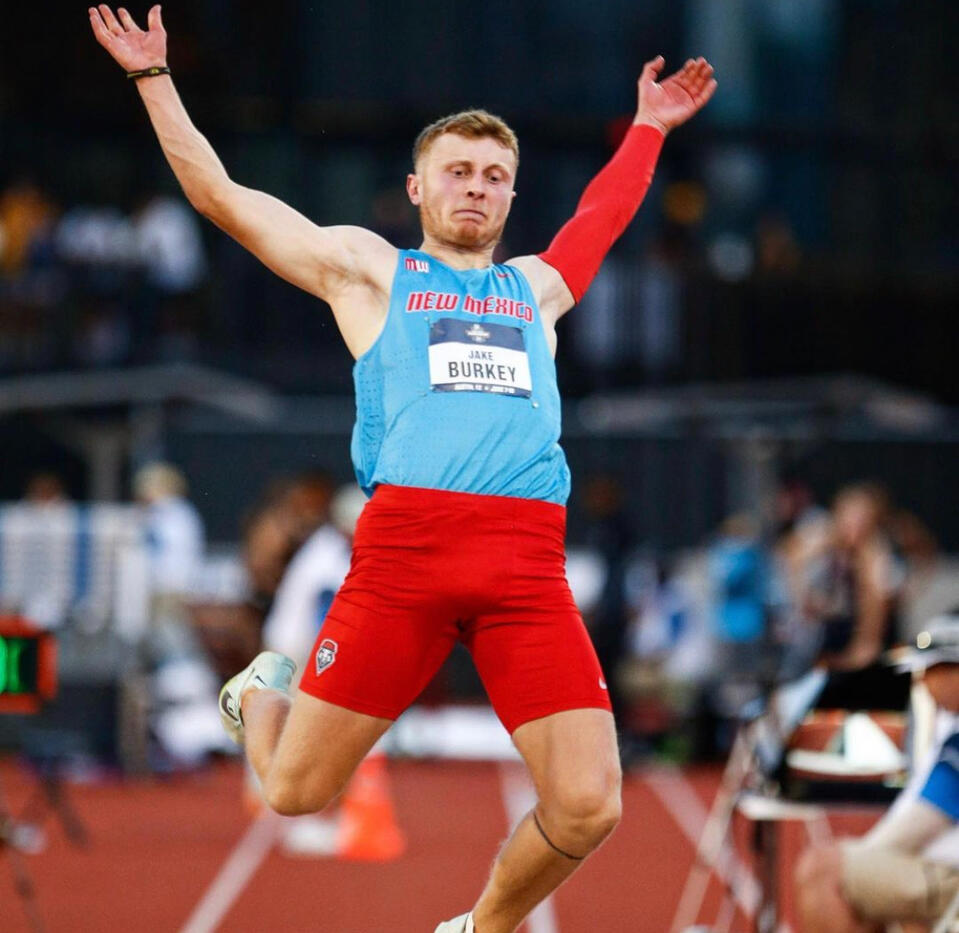
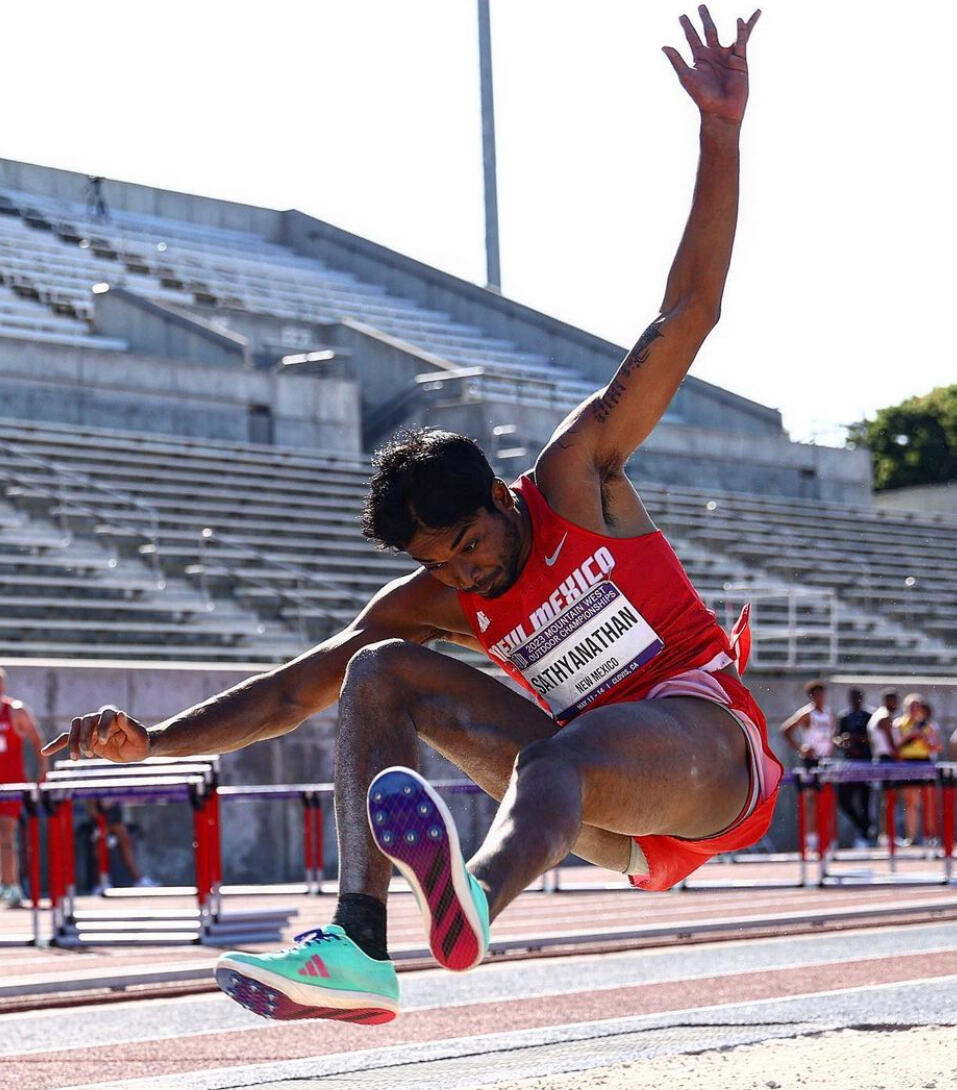

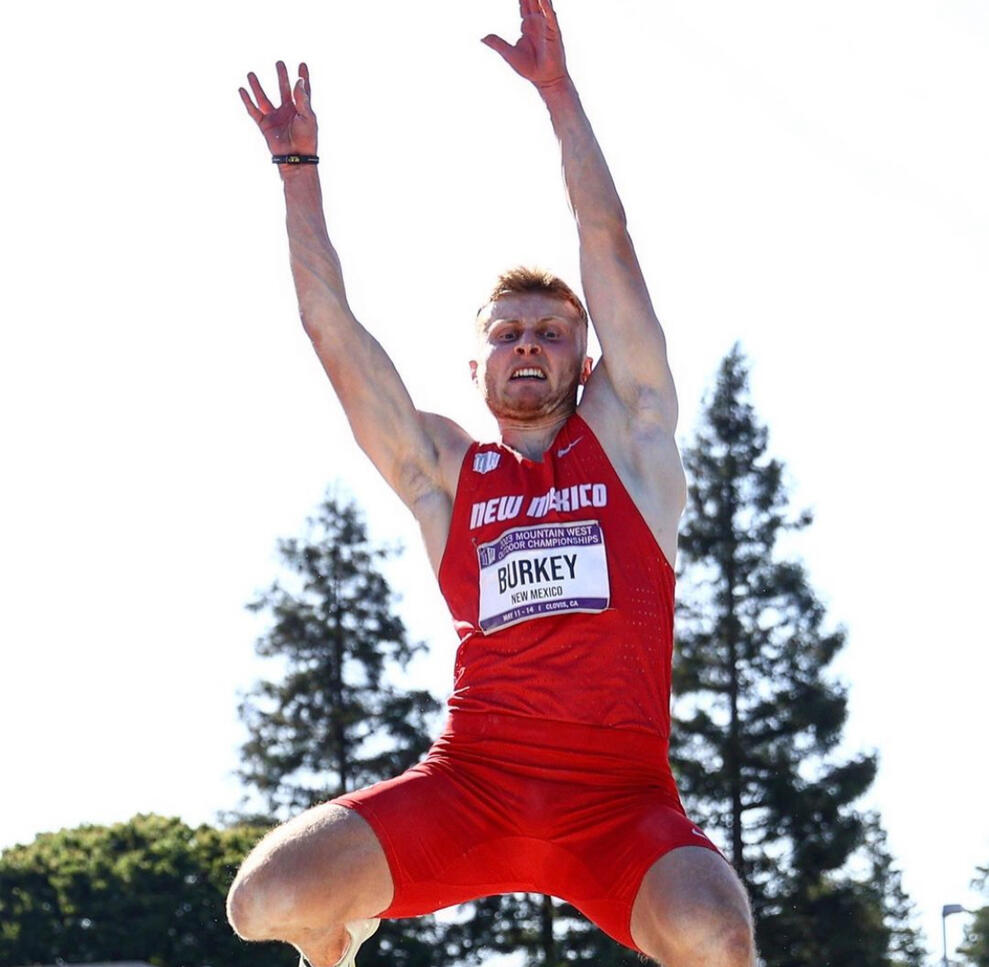

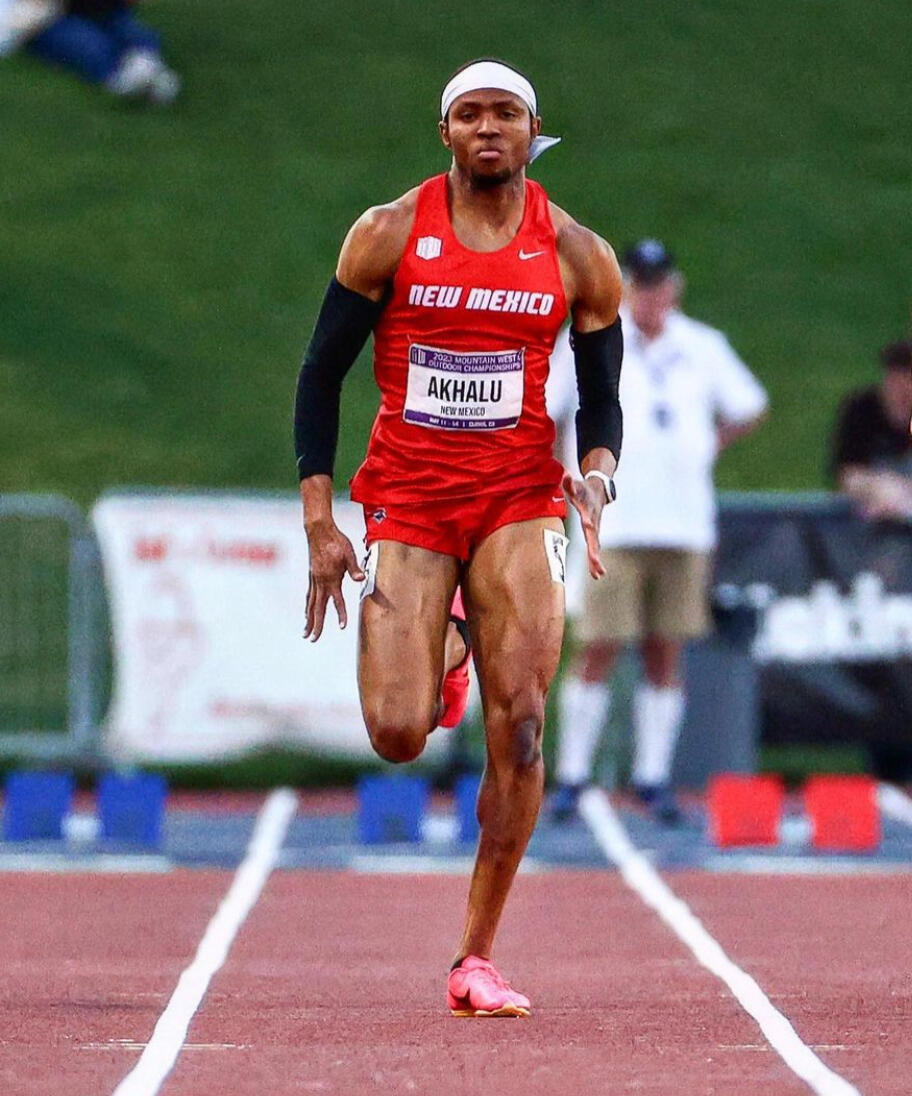
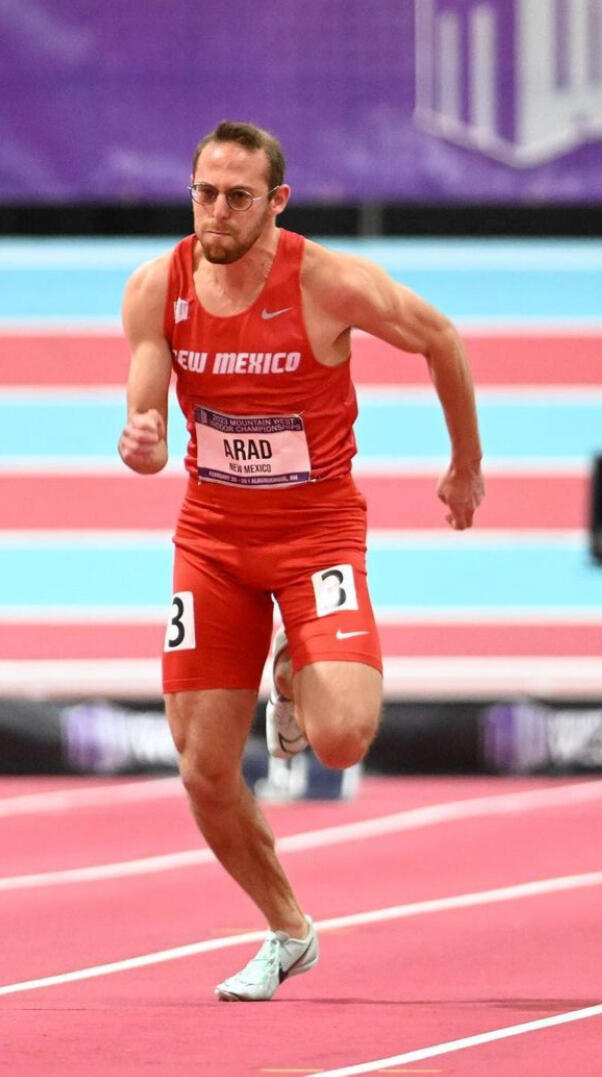

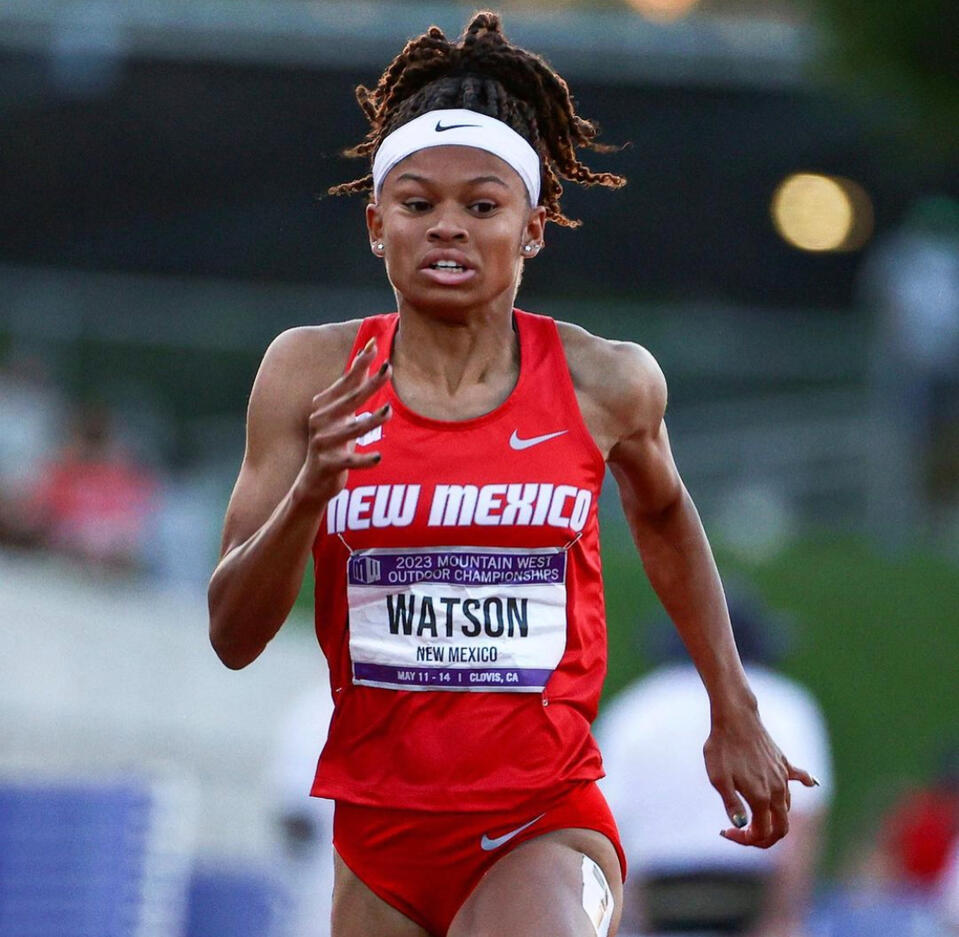
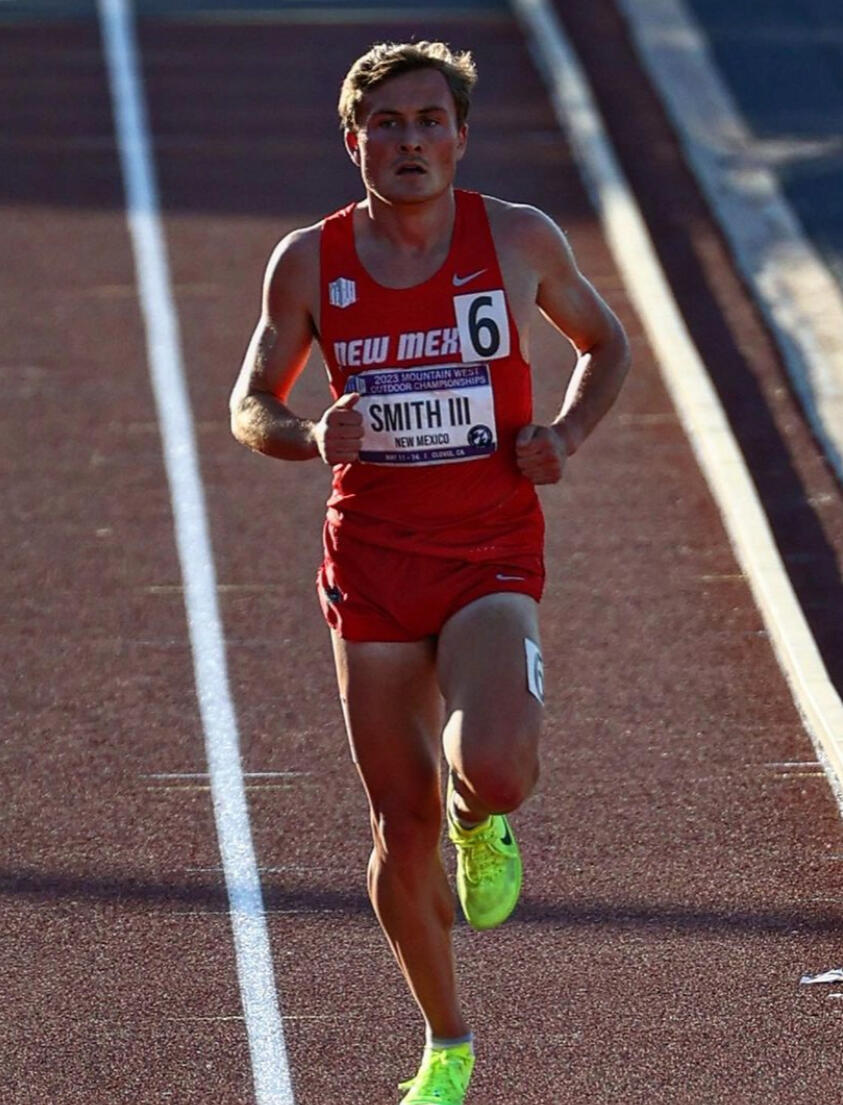


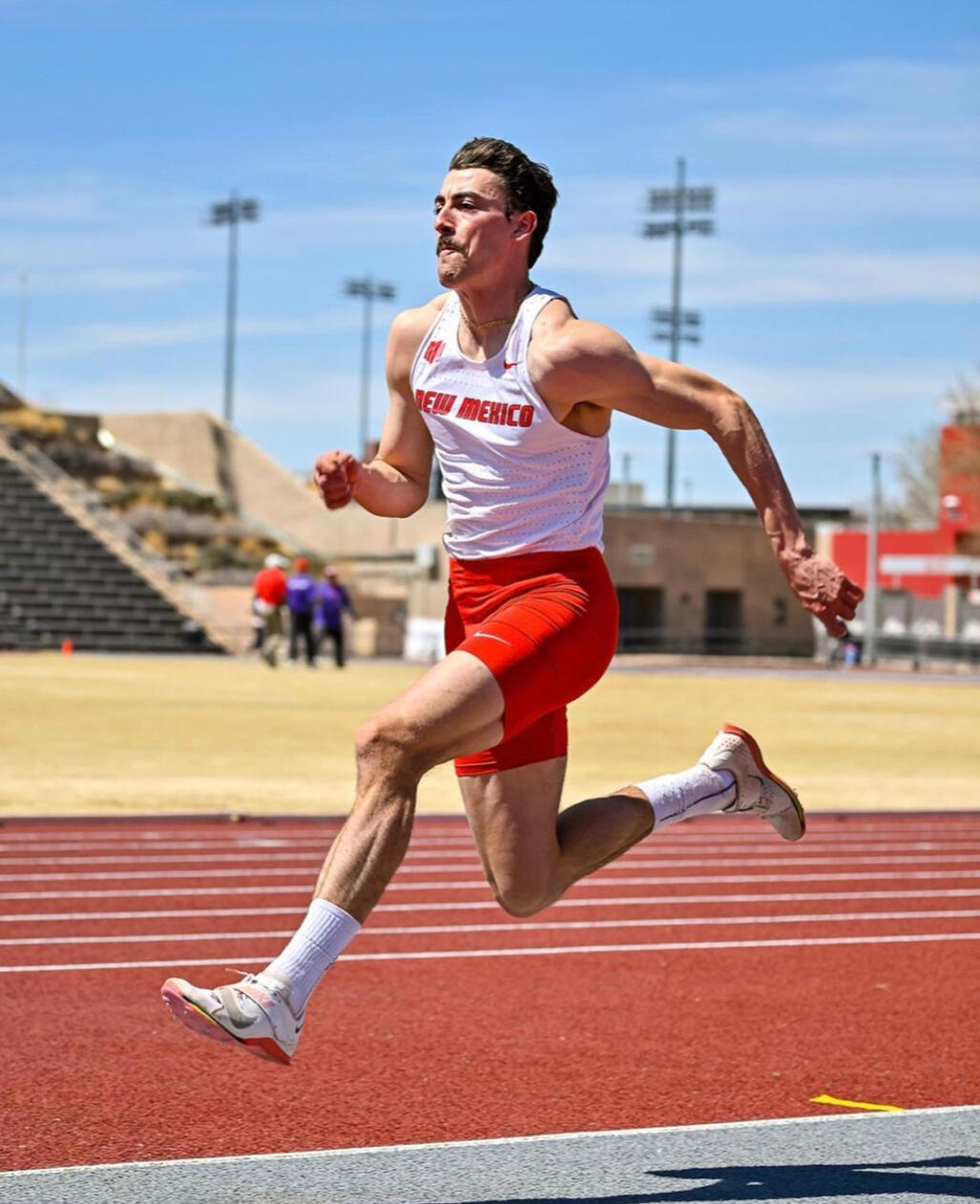

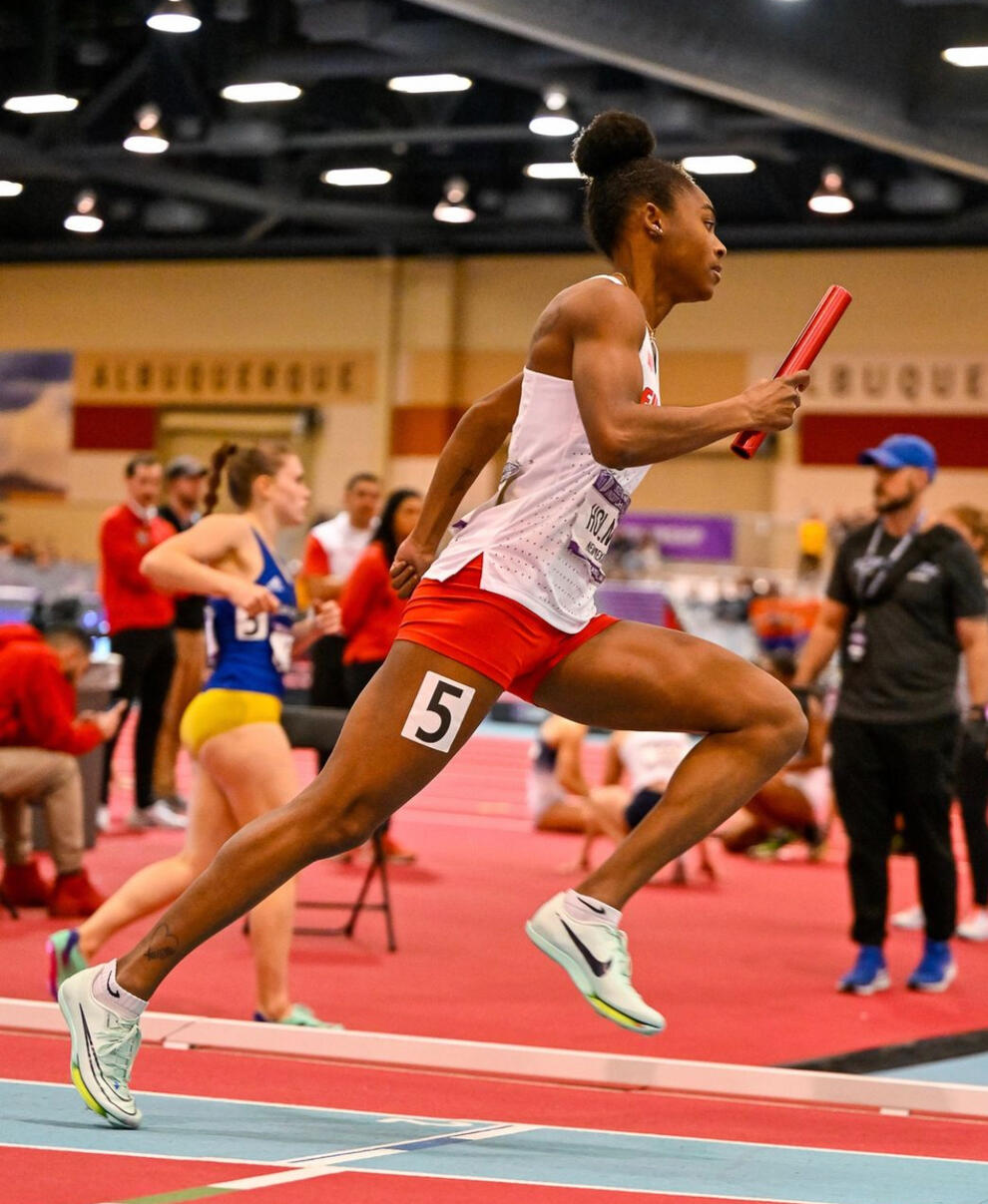
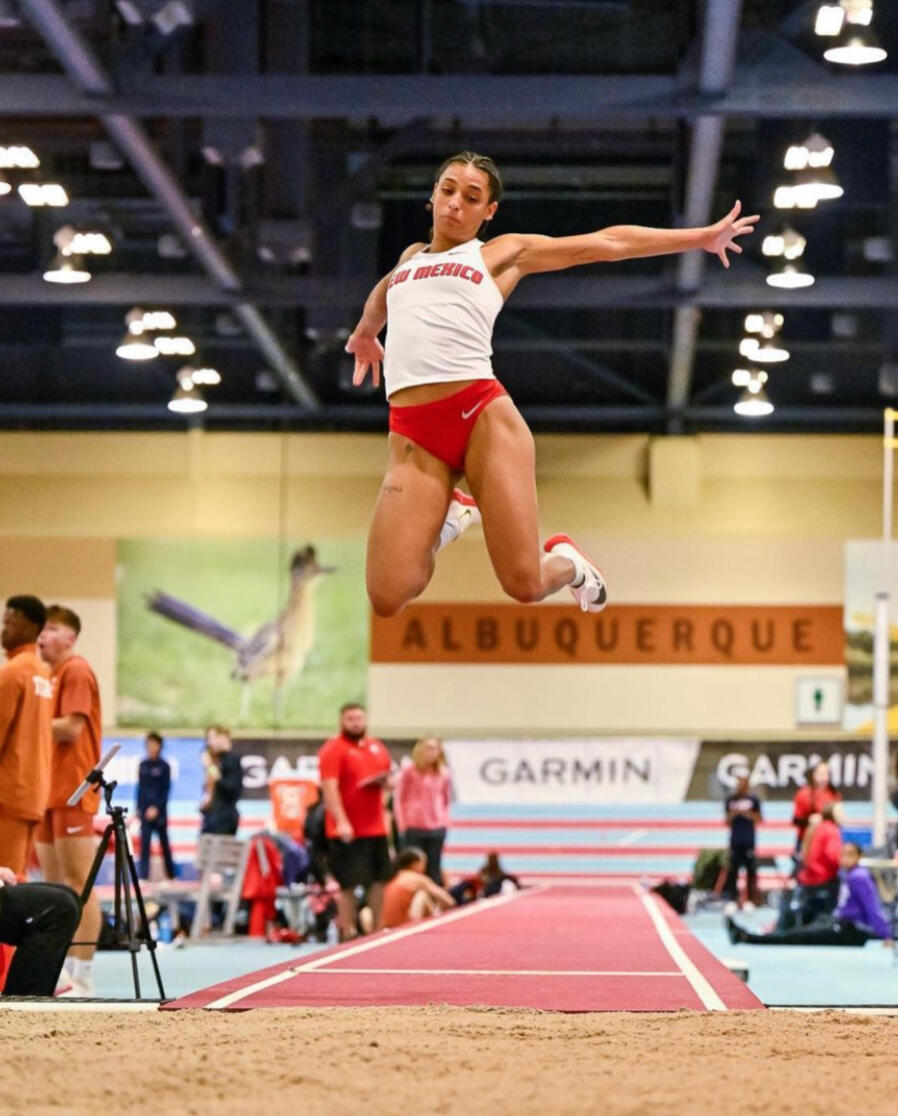

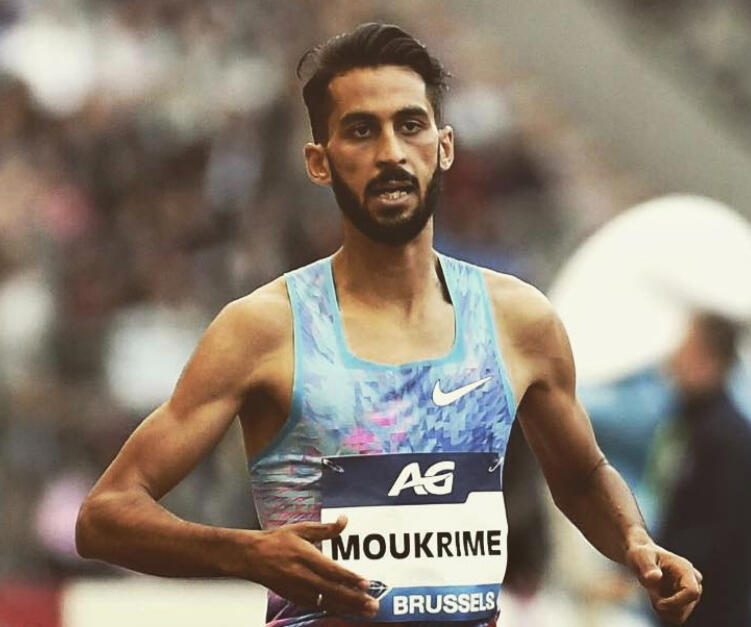
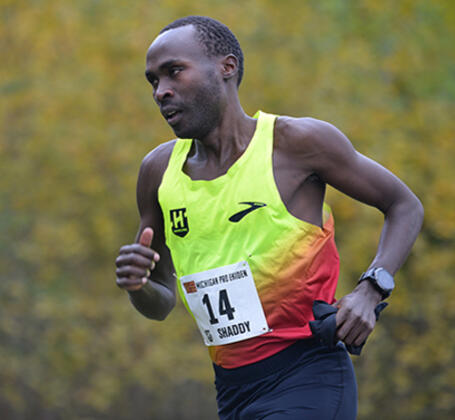


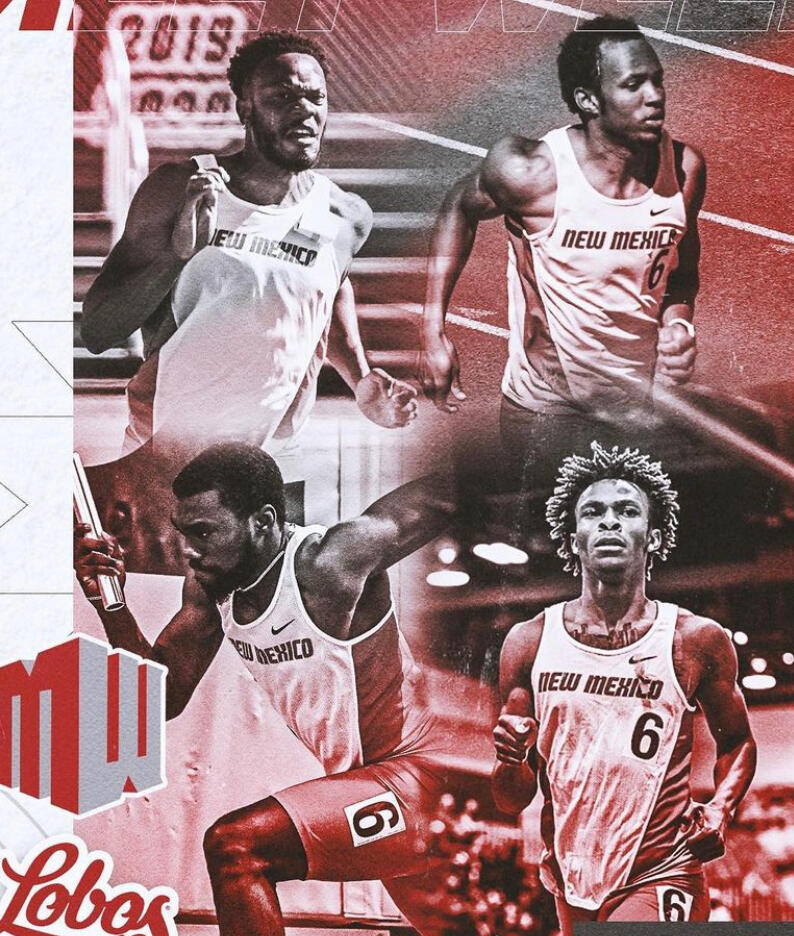
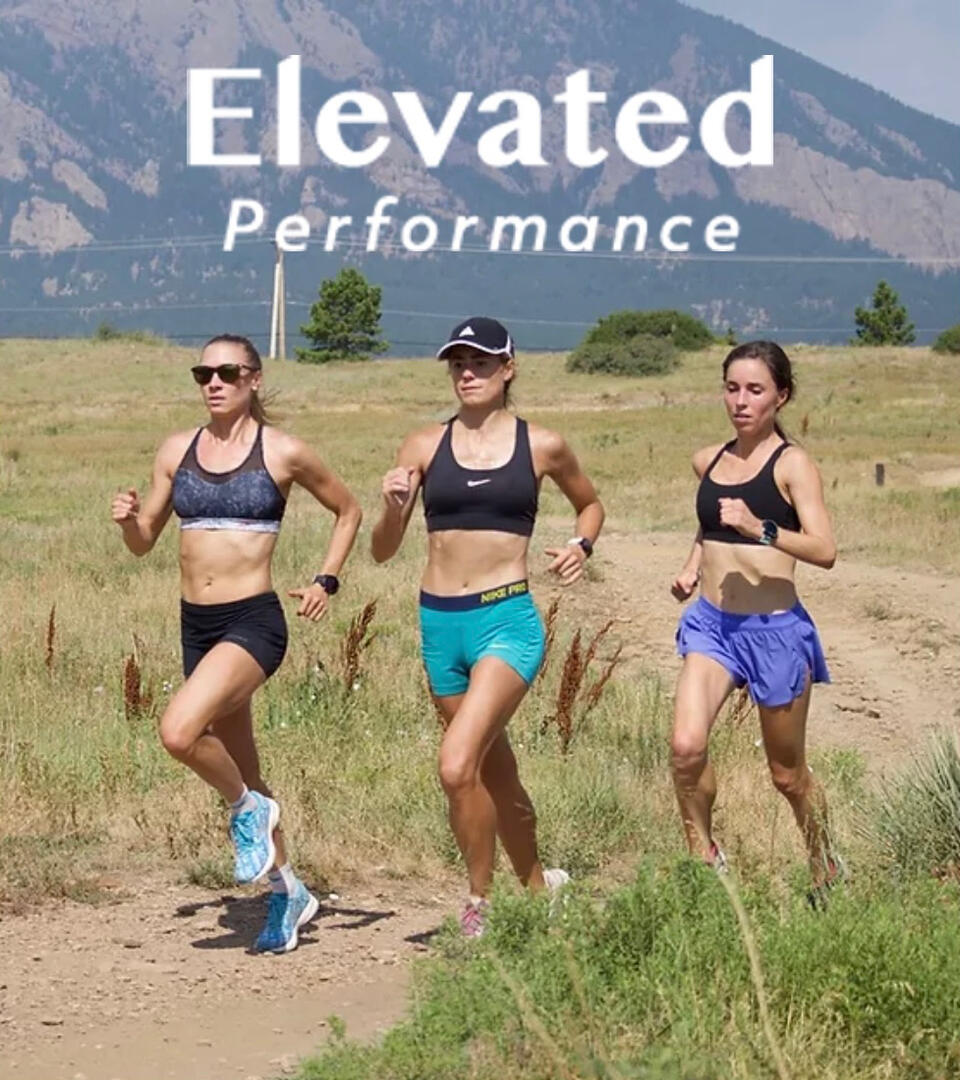
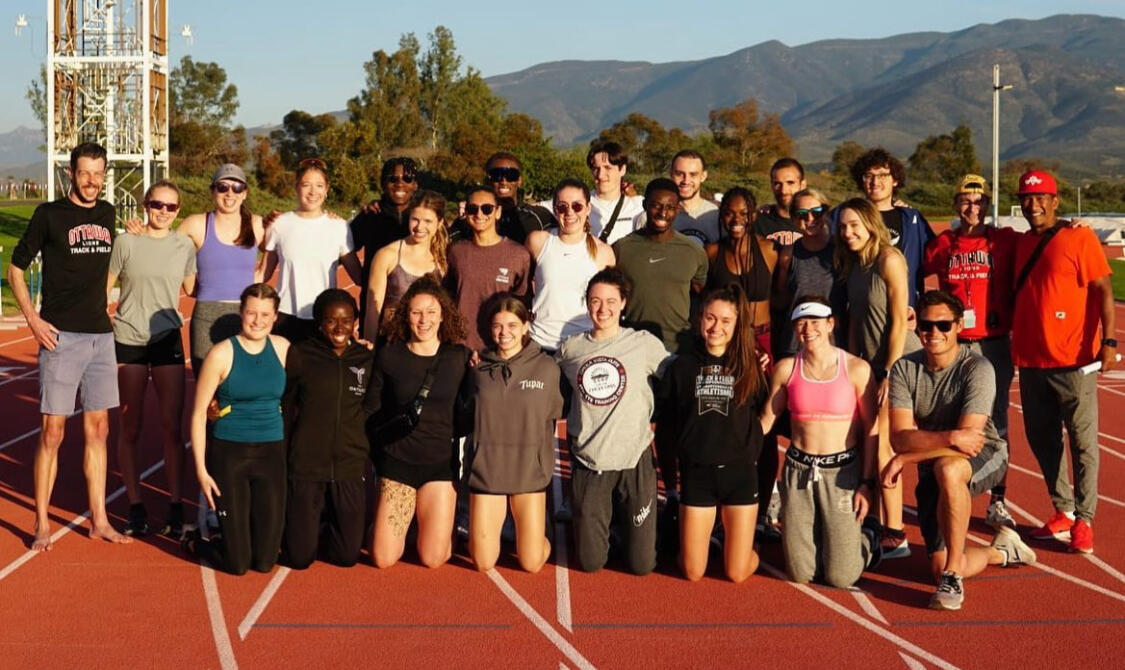
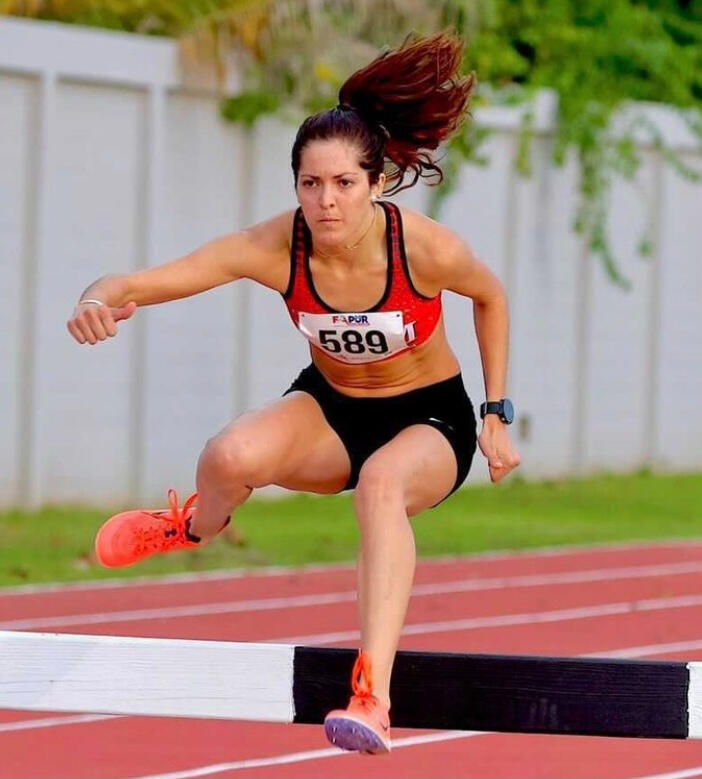

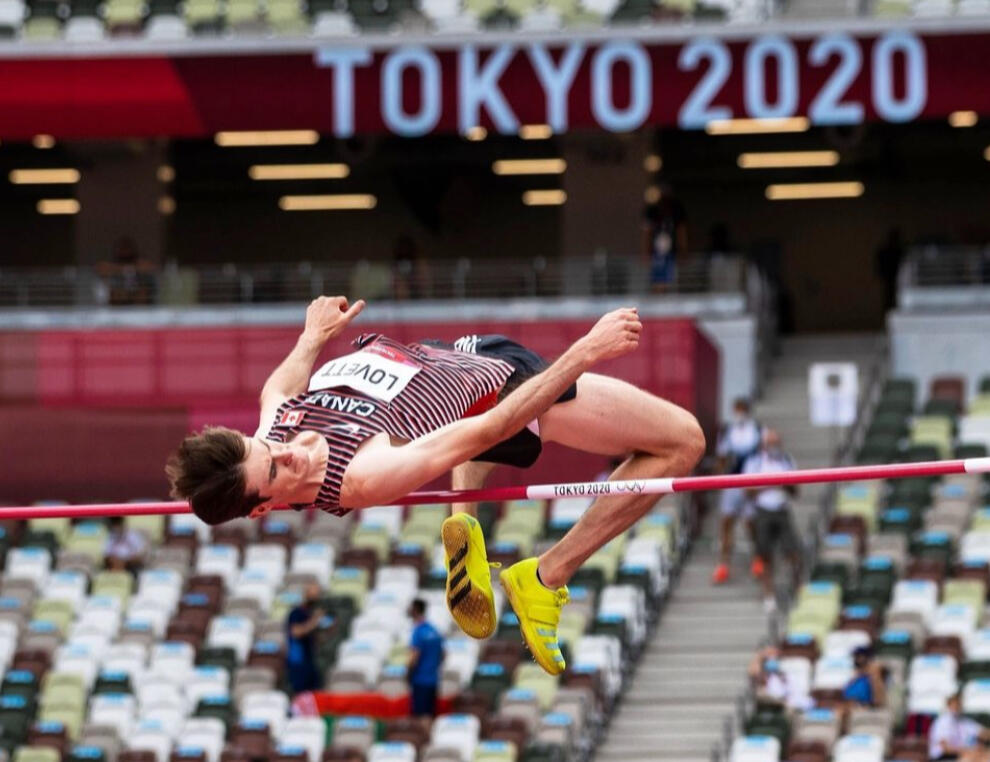
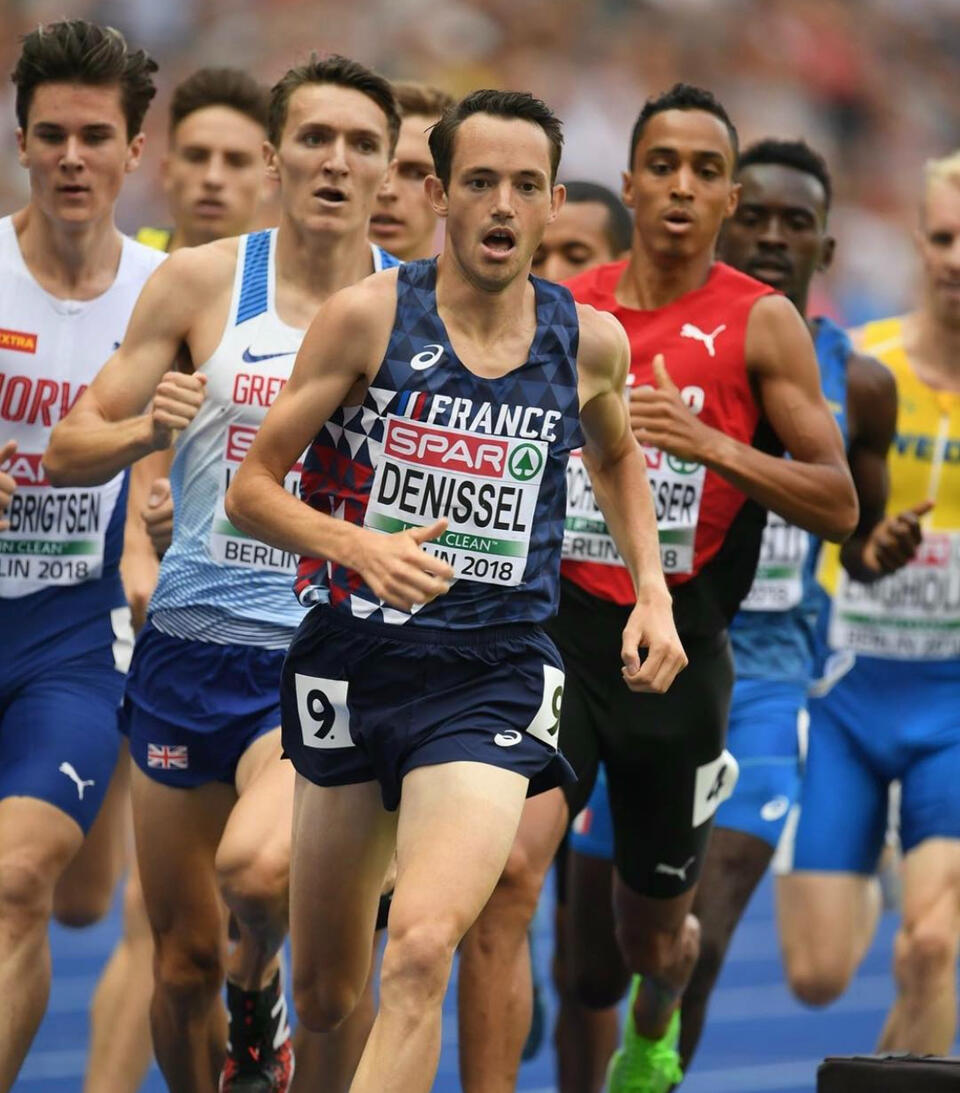
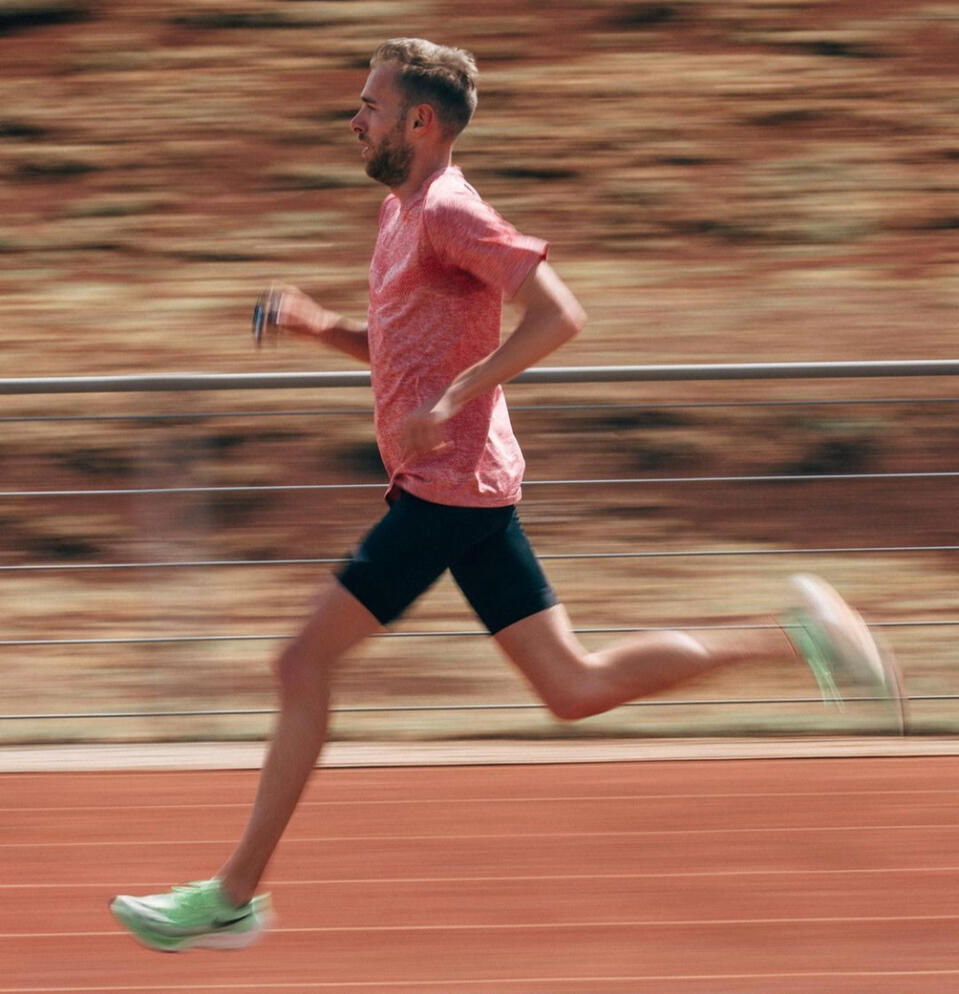


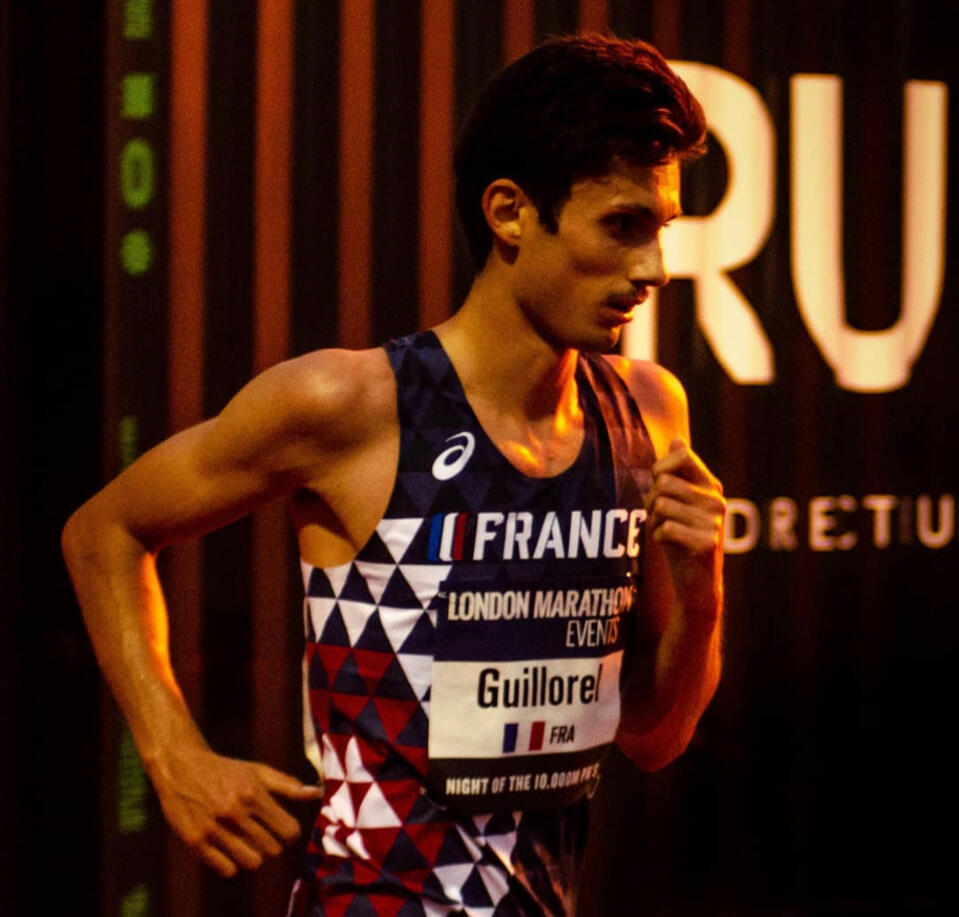
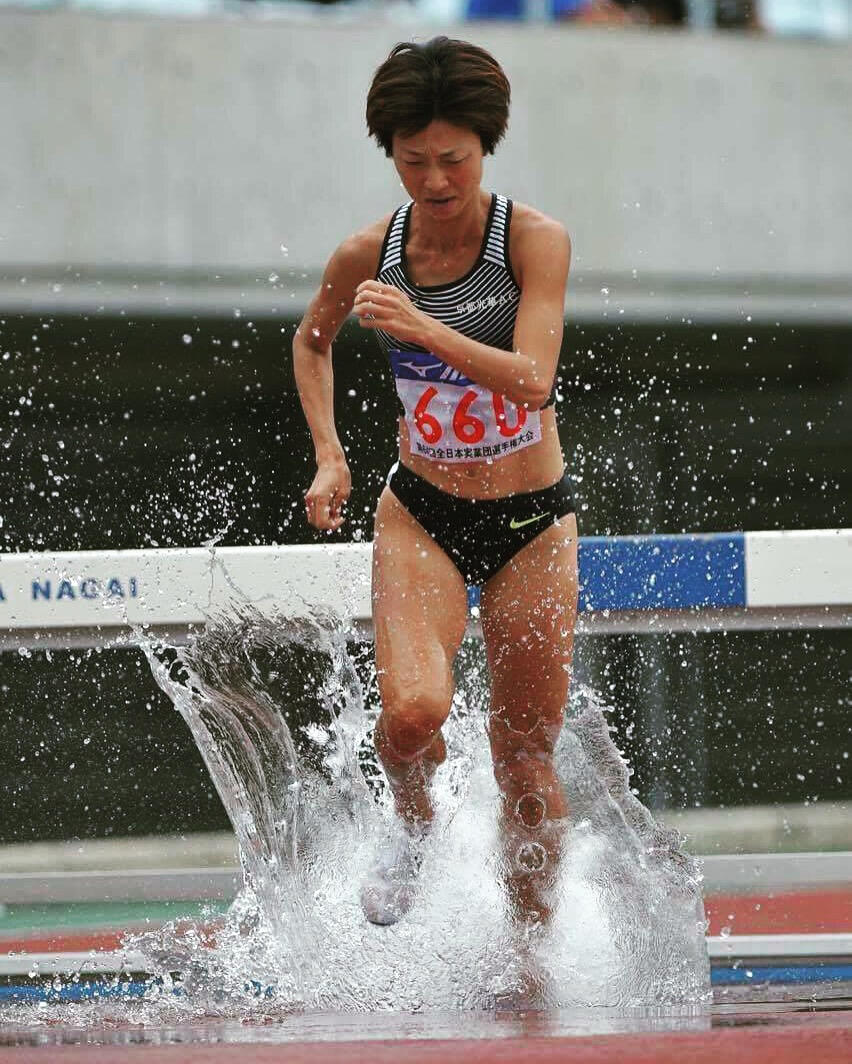



Featured
Curtis Beach (USA) | Mahiedine Mekhissi-Benabbad (France) | Yosiry Urrutia (Colombia) | Emmanual Korir (Kenya) | Ednah Kurgat (USA) | Weini Kelati (USA) |Katie Follett Boele (USA) |Katie Uhlaender (USA) |Hassan Chahdi (France) |Abrham Tesfamariam (Eritrea) |Awet Yohannes (Sweden) |Cynthia Koppe (NYC) |Alem Mumuni (Ghana) |Gilmar Correa (Colombia) |Camilo Chaverra (Colombia) |Athlete Ready |Sam Saunders (USA) |Tarik Moukrime (Belgium) |Shadrack Biwott (USA) |Victor Samoei (Kenya) | Josh Hoey (USA) |New Mexico Lobos T&F |Elevated Performance |Alondra Negrón (Puerto Rico) |Simon Denissel (France) |François Barrar (France) |Clément Dhainaut (France) |Priscila Morales (Puerto Rico) |Arsène Guillorel (France) |Minori Hayakari (Japan) |Tomomi Musembi (Japan) |Running Medicine |Eldorado High School T&F |
Schedule a Visit
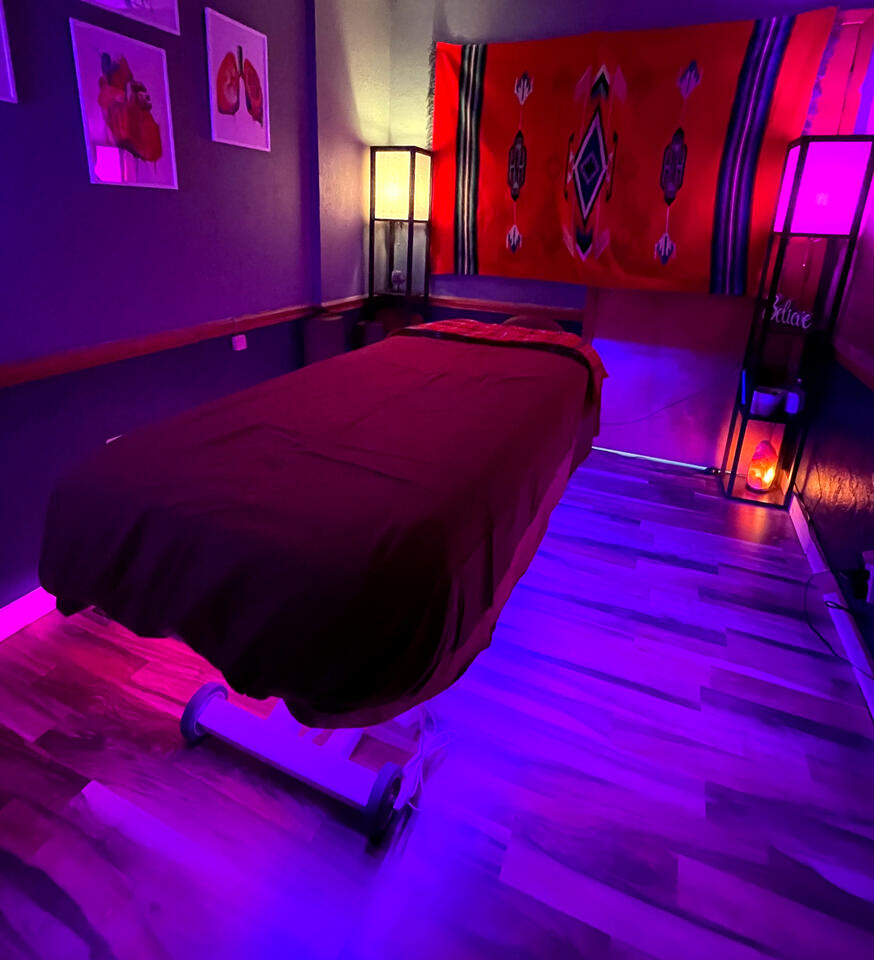
Manual Medicine
Location
Heart & Sole Sports - Eubank location
3601 Eubank Blvd NE, Albuquerque, NM 87111Home VisitsPricing
Donation
Suggested $80-120Accepting cash, check, credit card, PayPal or VenmoI am flexible with payments. I meet clients where they are at in their life and financial resources.
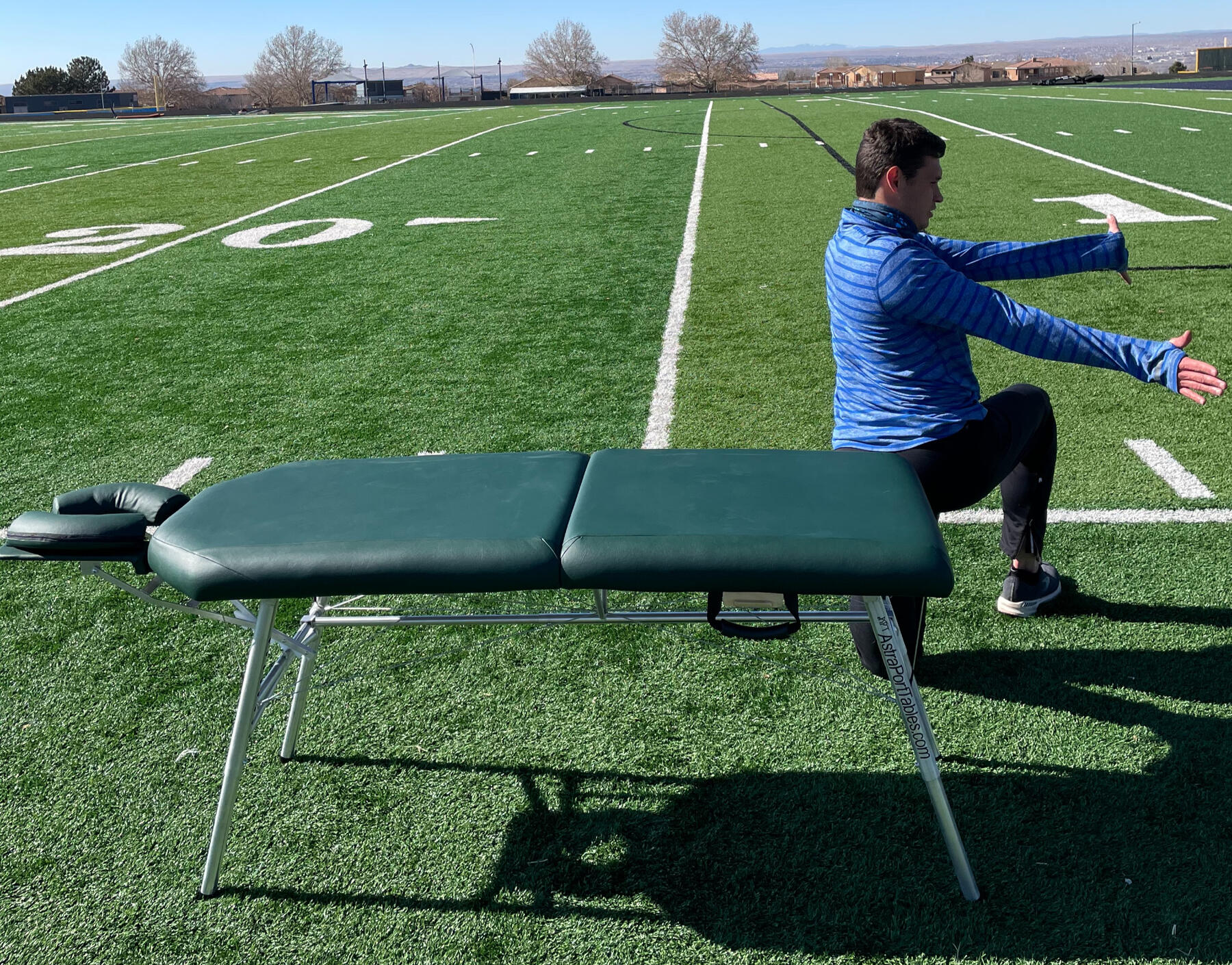
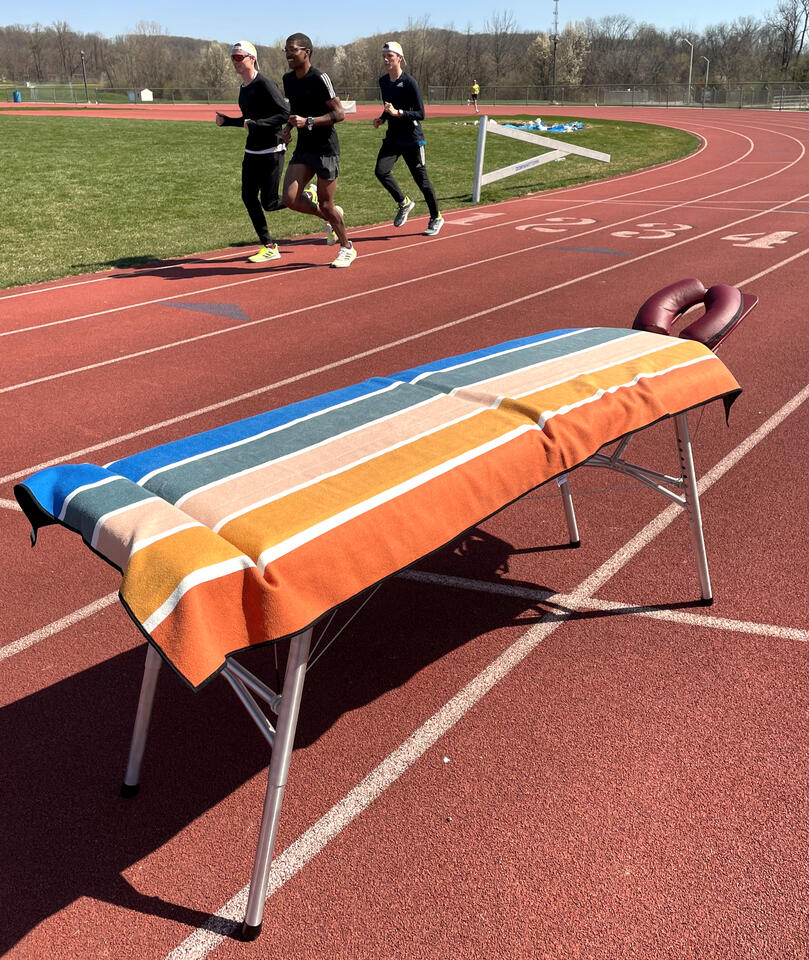
Method
Manual Therapy
Visceral, Neural, Articular, Vascular, Structural, and Fascial ManipulationCraniosacral TherapyNatural Therapeutics
Soft Tissue Manipulation, Therapeutic Massage, Flower Remedies, Polarity Therapy, Traditional Chinese Medicine (TCM) & Shiatsu, Herbal Medicine, Eating for Health and Wellness, Philosophy of Nature Cure, Homeopathic First Aid, Reflexology, Exercise.Performance Therapy
This therapeutic triage strategy bridges the gap from rehab to return-to-perform. It identifies Inhibitors contributing to movement aberrations and establishes Key Performance Indicators (KPI's) for optimal movement. The therapeutic intervention on a Living Movement Screen (such as a typical warm up) establishes an observe, treat, re-observe process and is repeated until technical and mechanical efficiency is achieved.
Tools & Technology
Electrons + (PEMF)
Electric Muscle Stimulator
Red Light Therapy
IASTM Microcurrent Stimulation
Dynamic Air Compression
Hot Stones
Treating Trauma in The Body
Physical and emotional stress enters the body in unique ways. Consciously, we often remember only a small part of an insult to the body. However, from a deeper level, the body remembers everything, even from the moment you were born. Every ankle twist, heartbreak, and sneeze: the body remembers. The body absorbs these insults overtime and creates a unique pattern of strain and tension. When the body fails to compensate around this pattern, it becomes injured. Injuries are woven in a complex network of tension and require specific input related to the major insults to resolve them.
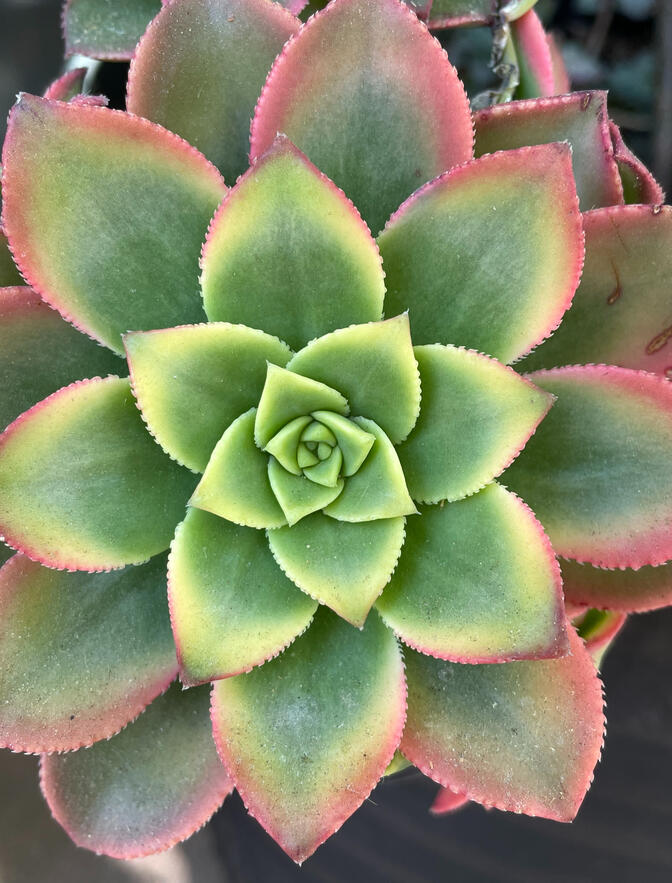
As a manual therapist, I evaluate, identify, and create a strategy to resolve this pattern and re-establish harmony and health back into the body as it was before. Hands-on treatment slightly aggravates the tissue by “waking it up” to create a physiological response. A positive therapeutic result comes from the unique and specific “irritant” applied to the body in areas where the strain pattern originated or ended in. By applying the right “dose,” the body will wake up physiologically and regain its strength.The French Osteopath Jean-Pierre Barral believed with a precise and specific approach a therapist could “recreate, harmonize, and increase proprioceptive communication in the body to enhance its internal mechanism for health.”

As a manual therapist, I attempt to unbiasedly “listen” through my hand to how the body wants to communicate in its specific pattern of stress. By applying gentle specifically placed manual forces to encourage normal mobility, tone, and inherent tissue motion, I am able to restore physiological motion where it was once impaired. After a treatment, the communication networks through the body will speak globally to surrounding structures to alleviate its strained pattern and move past the once traumatic experience.


26 Letters
“26 letters of the alphabet, when properly placed, can be so associated as to represent all languages and tongues, thoughts and conclusions of all people, of all eternities of the past, and all to come... in the book of life there are possibly 26,000 letters... each represents a chemical or soul quantity of a district division of the great laboratory of nature.”
–A.T Still MD, DO
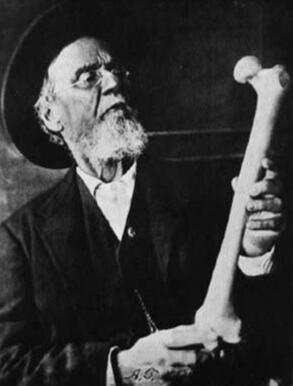
As a therapist, it is important to not to only recognize the symptoms of injuries, but to feel how they are connected to the client’s story.When reading the body, we first need to understand the individual words and sentences. We need to comprehend paragraphs, how they connect to form a chapter – and from a larger vantage point – how the individual chapters create the substance of a book.An excellent therapist can read to understand an author’s motifs. They know how to compare and contrast thematic elements and see a story’s arc. They can distinguish the unique nature of each author and the books they’ve created over a lifetime.A therapist doesn’t simply read with eyes or listens with ears. They “read” and “listen” by feeling with the palm of their hand and the edges of their fingertips.

The majority of people might believe a therapist only treats muscles. However, an individual muscle fiber is simply a letter a therapist skims when reading. A therapist can also feel arteries, veins, lymph nodes, nerves, bone, and all the fascia blending and surrounding these tissues. They sense the relationships across these interconnected networks of tissue. They might even see a specific vector of trauma that irritated the tissue to begin with.If we are not centered in listening to the body, we might not reach the body’s therapeutic potential in a session. It’s easy to default into chit-chat to fill empty space. It's also easy for a client to persuade us to work on a specific boo-boo. With a large enough ego, we might even believe we can rewrite this book or write it ourselves.Without truly listening, we might get distracted from the intuitional flow guiding the hand as it reads the full contents of an injury. The clients body needs to open enough to absorb our therapeutic input. The therapist acts like an editor to clean up the flow of the client’s story. We simply correct mistakes, delete what is unnecessary, and bridge ideas.Easy conversation and not letting our hands sit quietly with the body might prevent the deeper connection the body needs to speak its story.My mentor, Etienne Peirsman, meditatively recommends: “Be in No-Mind. Take your foot off the gas and go into neutral.”In silence, we listen.Words cannot describe the infinite space underneath my hands simply listening to the body’s eternal wisdom.
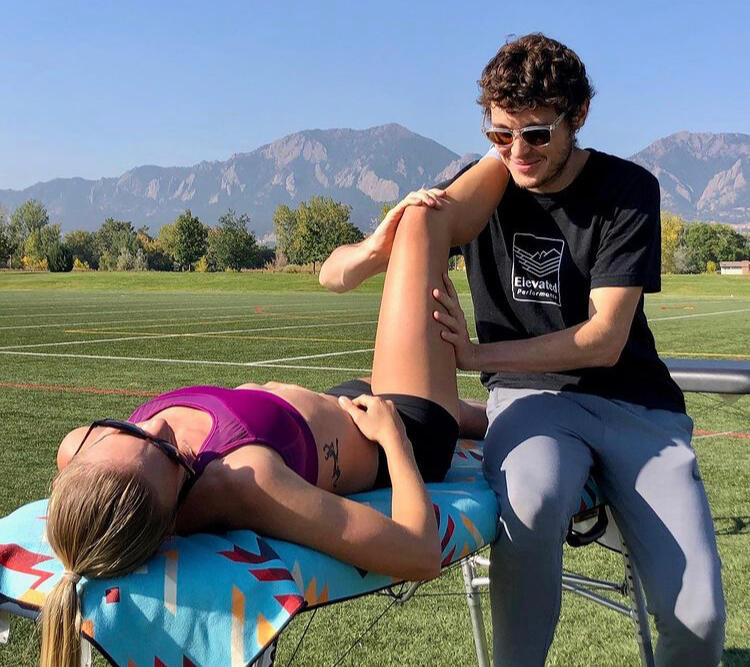
Katie Follett Boele (World Finalist 3000m) and AJ Beach in Boulder, CO
Complex Adaptive System
The body uses multiple control systems to withstand injury to one or more of its components. The body is built with redundancies in case a system is injured or compromised from pathology or dysfunction. The urge to simplify the body is from the desire to see it as a single perfect design experiment.

In reality, multiple control systems in the body are the result of messy adaptive changes over millions of years. Evolution created complementary and overlapping control systems for efficiency and to withstand injury.

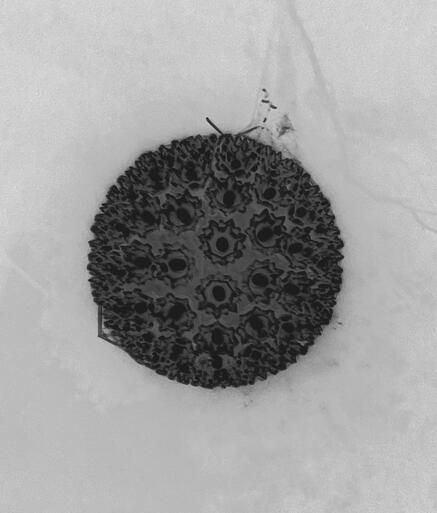
In therapeutic interventions, we don’t work on a single system. We interface with multiple systems blending, coordinating, and interacting with each other. The body is full of redundancy, rich interactions, and distributed control.It’s a complex adaptive system.
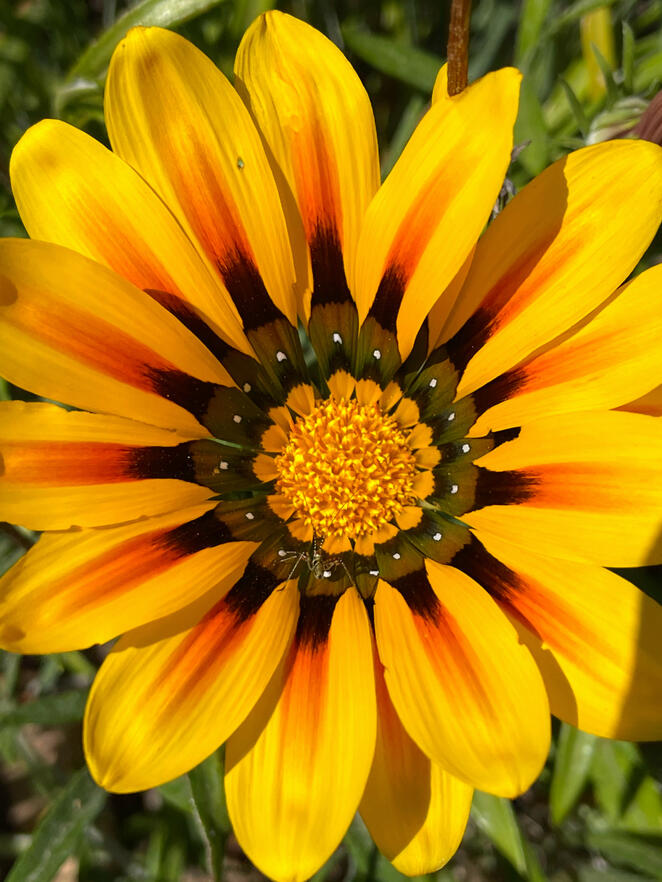
Element: Earth
A stoic farmer, covered in soil, working the land is an Earth person. An Earth body is strong, well-built, big boned, and shaped somewhat square. Their center of gravity low and grounded. Their gait cumbersome and heavy, but centered in the pelvis.Keeping gravity below the navel are important locations in other cultures. In Chinese Medicine, this area is known as the Tan Tien or in Japanese Medicine, as Hara.Earth is the tissue of bone. Bone provides structure and support. Defines shape. Builds. Protects. The bones bear the entire body. Bones provide blood cells from bone marrow. Blood helps with oxygen loading and deloading. Bones absorb and eliminate minerals harmoniously.

Likewise, the colon and small intestine absorb nutrients, digest, and eliminate waste. As important as it is to recycle water and other nutrients back into the body, the body also needs to let go. To let go, one needs to relax and release. Fear of not letting go tightens the colon and creates constipation. The buildup of toxins in the body spoils the body. Sweating, urinating, breathing, and crying get disturbed when the body contracts and constipates. The inability to feel supported or to let go leads to excess fear. Compensation around fear grips the body, freezing it with rigidity.Earth relates to sensation, practicalness, and worldly objects. Earth-types tend to be well-organized, fond of money, and security. They like to be at home in the body. They like to feel healthy. Their practicalness helps them actualize their desires.However, Earth-types can be dogmatic, narrow-minded, possessive, and caught up in details. They can miss the connection between facts.Earth relates and harmonizes with water. The two elements are slow moving, unconscious, heavy, dark, passive, and feminine.Earth is dense and passive. It is stable, provides shelter, and protection. It’s the home for the root chakra.
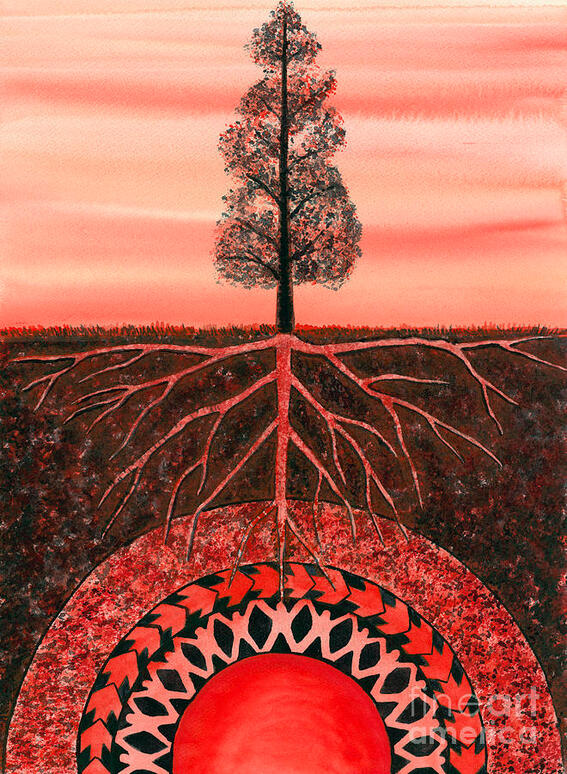
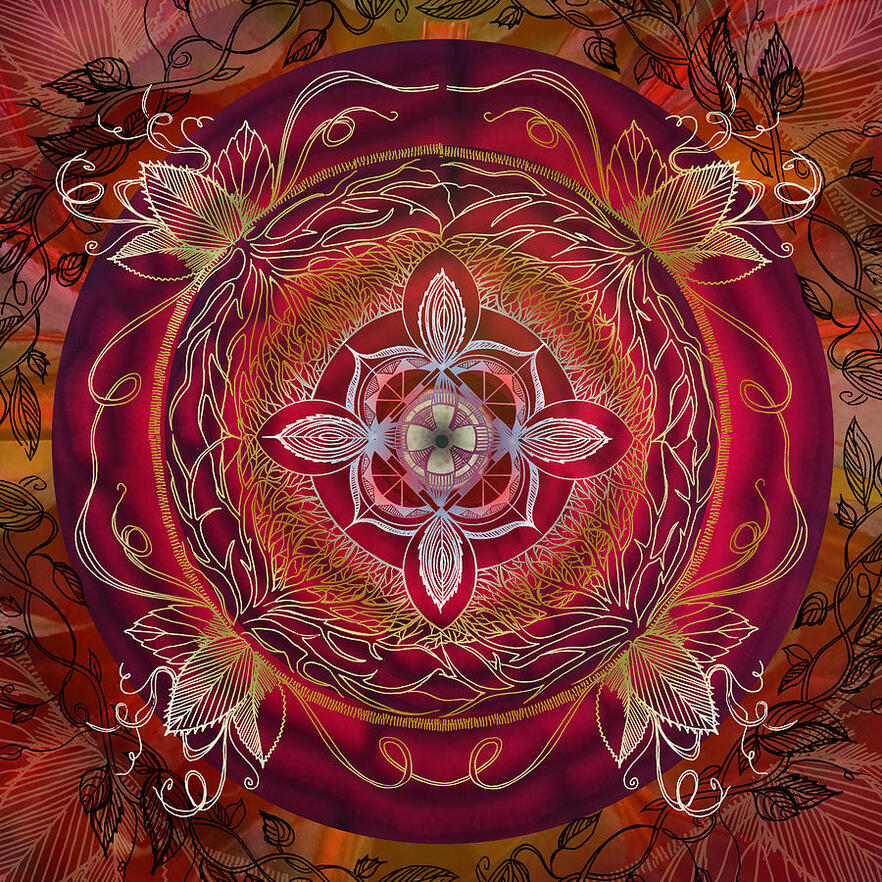
Earth gives the impression of being accessible and simple since it relates to the function of sensation. Earth people lean on feeling, seeing, hearing, and tasting as the strongest conduits for their connection to reality.Astrologically, Earth relates to Tarus, Virgo, and Capricorn. These signs generally give a sense of realism. An Earth person digests experience, processes it, and moves onto the next. Learning, experience, and greater efficiency come naturally with each situation.Earthy types are at home in their body and identify with themselves. They actualize their desire. Likewise, they are normally healthy due to directing their physical desires.Managing money and responsibilities are not usually a problem for them. They are empirical thinkers like a researcher. As a sensualist, they can be a lover, father, and naturalist.When not balanced, they reduce and simplify experience as either black or white. If they don’t experience it, it might as well not exist. Shortcomings for an Earth person are dogmatism, narrow-mindedness, reductionism, and shortsightedness. They may see all the fine detail and irrelevant trivia without seeing the larger picture. They may justify the means by the end and mold their behavior to the appropriate social expectations.Earth types accumulate facts but miss the significance of the connections between facts and the relationships that link them with common meaning. They can weather the complexities of the world, but don’t see the inner significance in their own life. The primitive intuitive sense causes an endless circle of routine and labor. They may even accumulate objects around them to nullify the hollow space within. They may make an excellent builder, provider, and homemaker; but when they lack vision, their nascent creativity and over-insistence on the practical crushes creative flow.

In relationships, as long as the partner is physically present, an Earth person might feel satisfied. But the subtler nuances escape them. Their unconscious intuition makes them attracted to someone who embodies life, vitality, and chaos.Earth and Fire usually pair well together because their opposites compliments each other. They can be less concerned with judgment and simply take experience and experience it. They are less likely to change each other. Although, they might argue one is impractical (fire) and one is too narrow-minded (earth). Earth feels they are always cleaning up after Fire, and Fire feels Earth is always nagging and criticizing. Earth looks for security. Fire wants to gamble. Still, Earth seeks the spontaneity in Fire’s vision; and Fire seeks stability.

An Earth person seeks a sense of purpose. They want to feel part of a larger life. Breaking from the day to day reality is difficult for an Earth person. Touching a higher spiritual meaning is a struggle.Unfortunately, accumulating objects to personify ideas into a medium and concrete form doesn’t make up for the inner mysteries of life that are not tangible. The search for inner spirituality is important for an Earth-type to embody wholeness and meaning. Without it, the concrete foundations an Earth person builds, crumbles.


Earth-Types may feel issues physically in their knees, feet, neck, coccyx, or in general their bones. Viscerally, it might be blood, bladder, small intestine, and colon. Reflexively, the Earth elements connect with the little finger and pinky, as well as, the shins and iliotibial band to the colon.For balance, Earth-types may prefer to digest change and handle experience more slowly. They normally are more stable than other elements, but being in nature, anywhere, provides support. They find health in being grounded, healthy, and strong.

Keywords → Earth grounded and practical.
Hands & Feet → Little toe & little finger.
Chakra → Rectal
Speed → Slowest
Body Triad → Feet, colon, neck
Imagery → Dirt, planet, solid
Body Type → Heavy, muscular, dense, large broad skeletal frame, shine or glow to skin, relatively healthy.
Change → Superficial changes happen easily and quickly similar to a dust storm. They scratch the surface; however, major changes take a long time in the making like an earthquake; the onset and stopping of change can be unpredictable, usually cataclysmic.
Voice → Flat, deep, hard, slow; talk of practical and physical things.
Conflict → Unmoved, except for major conflict such as an avalanche. Response can be cataclysmic and unpredictable; affected by major events or conflicts.
Energy Resources → Root vegetables. Focusing on practical things like building and gardening. Stability. At home on the planet; most places are healing and comfortable.
Suppression → Not attuned to physical world, ungrounded, spacey;
don’t feel fit in the world or society. Poor skin tone, physical health tenuous.
Over-Emphasis → Overly attentive to the physical world - can’t see beyond concrete objects; rely too much on surface appearance; skeptical, cynical; physical strong and efficient.
Other Qualities→ Physical and practical; only sees things on a surface level; have a mask that is difficult to penetrate and threatening if interfered with; instinctual; possessive of money, position, objects; gravity of the earth gives the tendency to hold onto things both physical and emotional. Holds on via colon and neck.
Touch → Deep, physical, anatomically focused
Harmonious (negative + negative) → Earth structures water and contains it. Water brings life to earth
Antagonistic (positive + negative) → Air + Earth = conflict between abstract and practical. Fire + Earth = intensity of fire is searing and painful. Earth is slow and practical; rashness vs. stability.
Body Parts → Rectal chakra; neck; colon; knees; little finger and toe
Symbols → Planet, soil, rock

Manifestations
Speed → Slowest
Lessons → Generosity
Change → Strongly resist change, then cataclysmic
Conflict → Initially doesn’t react, then strong and unexpected reaction
Too Much → Rigid, too practical and down-to-earth
Too Little → Ungrounded, impractical
Body Types → Heavy, wide, and solid
Complements → Water
Antagonist → Air & Fire

John Chitty's Earth Element Summary
Path of Involution → Fixation on things and fear of losing
Passions → Fear, fixation
Virtues → Courage (Trust the Purpose), Security, Boundaries, Confidence
Chakra → Pelvis floor
Body Triad → Neck, Knees, Bowels
Food → Underground: root vegetables
Voice → Low, slow , methodical
Sense → Smell
Flavor → Sweet
Body Movement → Contraction
Elimination → Bowels
Tissue → Bone
Fluid → Blood
Function → Laziness, Immobility
Body Reading → 5th toe, chin
Complaint → Constipation, immobility, panic attacks
Vocational → Armed Forces, Police, Security
Artistic → Sculpture
Childhood Right → Vulnerable
Adult Symptom→ Boundary Issues
Core Statement→ I have
Astrological → Tarus (Neck), Virgo (Bowels), Capricorn (Knees)
Primary Quality → Self-Protection
Focus on → Material “I have”
Balance (Neutral) → Protecting, Supporting, Respecting, Grounded, Stable, Able to let go, Accepting Limits
Yang (Too much, Expanded) → Walls against involvement, Invulnerable, Paranoid, Defensive, Resistant, Self-concealing, Hypervigilant
Yin (Too Little, Contracted) → No boundaries, Too vulnerable, Self-doubting, Overly sensitive, Defensive, Frozen, Anxious

Earth Element Summary
Coccyx Chakra
Little Finger, Little Toe
Knees
Neck
Bowel
Large Intestine
Coccyx (geometric relationship to sphenoid)
Rectum
Bladder
Sense of Smell
Perineal Floor
Diaphragm
Fear
Bones

Adapted from the New Mexico School of Natural Therapeutic's Course Manual
Air, Water, Earth, Fire: The Psychological Types - Lize Greene
Five Elements Study Guide - John Chitty
The Earth Element and the Body - Morag Campbell RPP
Polarity Earth Element - Graham Whiteman
Polarity Therapy Volume 1, Book 1 "Energy - The Vital Polarity in the Healing Art"
Polarity Therapy Volume 1, Book 2, "The Wireless Anatomy of Man"
Element: Water
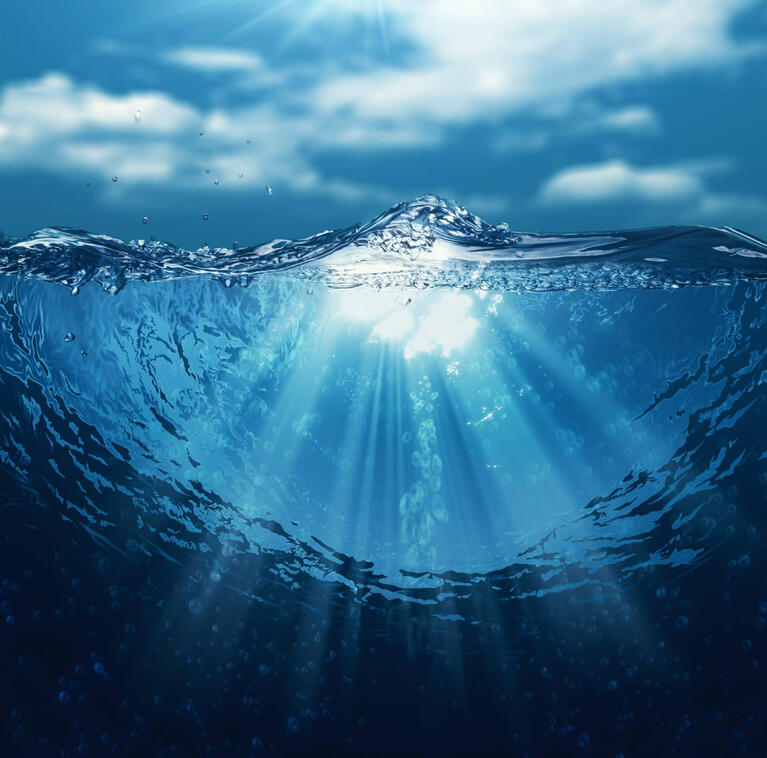
Water is the element of feeling, personal relationships, and human values. Those with Water element are instinctive and respond unconsciously with accuracy. At their best, they are compassionate, empathetic, sensitive, and charming. At their worst, they can be clingy, possessive, brooding, vacillating, and suffocating. Sometimes, they prefer to live through others.Astrologically, Cancer, Scorpio, and Pisces are watery signs and represent breast, genitals, and feet.Water-types can be large and well rounded. They have soft and large watery eyes. They are shaped by voluptuous curves and move in fluidly sensuous ways. It’s not a surprise fertility symbols are females with large breasts, hips, and bellies. They are the bears and supporters of life.Cells are supported and surrounded by liquid. The human body is mostly composed of water to support its fascial matrices. Water also comes with many other consistencies in the body. Water takes the form of lymph, blood, cererbo-spinal fluid, urine, sweat, and mucus. Too little water, the body dehydrates. Too much water, the body becomes waterlogged such as in edema.

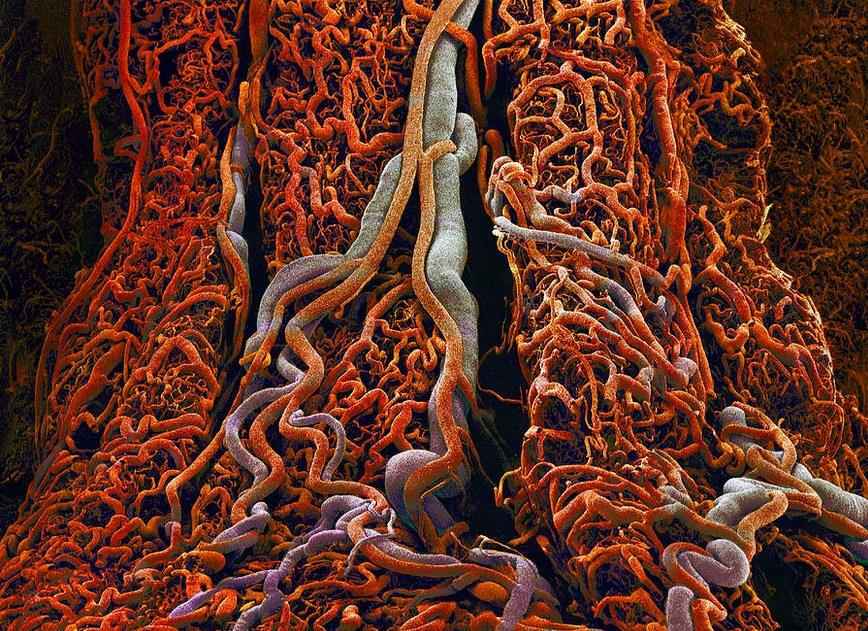

Imbalance in water can lead to physical discomfort like tenderness in the breast, menstrual or prostate problems, and bladder issues. The imbalance might start in the feet or pelvis and precipitate into a secondary spinal dysfunction. The skin acts as the container for fluid in the body and will externally show issues as a rash, pimples, spots, dryness, or sensitivity. Water doesn’t act only in an internal environment. Water also merges and flows with the surroundings externally.Beyond homeostasis and structural components in the body, water is also associated with the reproductive system. Masculine and feminie qualities both share the Water element. The female’s egg receives the male’s sperm to provide a cohesive, nurturing, and secure liquid environment as an embryo. The embryo sustains offspring during growth and development.After birth, water continues nurturing the baby with the mother’s breast milk. This breast milk not only helps the baby grow, it bonds the mother and baby with oxytocin, the bonding hormone.

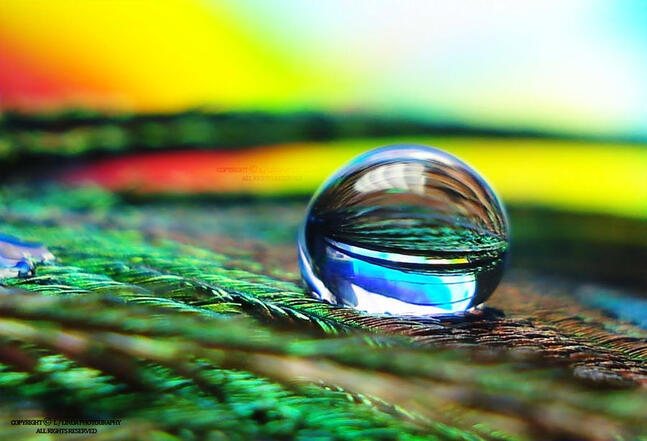
Water is the feeling type. They are drawn to personal relationships and without them they are devoid of hope and joy. Water-types sacrifice anything for personal relationships, even at their own expense. They might go as far as to create a crisis to evoke a response from a partner.For a Water-person, feelings include the entire spectrum: all that is light and dark. There is no distinction in feelings, no “this” from “that.” It’s a constant flow and ever changing, much like the ocean. Water is merging and one with no separation. A Water-type only knows what feels right, not “good” or “bad.” They can be a calm lake or a voracious hurricane. They are acquainted with the dark side of nature, which gives them the reputation for compassion and empathy.


Unlike Water, Air-types' responses are contrived, based on principles, and appropriate in theory. Those with Water are not as familiar with rational and differentiated thought. Their dreams are images connected with instinctual and unconscious energies. Water-types respond accurately with intuition and appropriately for each unique situation.As a feeling type, they are sensitive to the atmosphere, charming, and carry strong values. They bring others together and understand their needs.However, they can also drown in emotional excess. They can be clingy, possessive, fanatic, vague, and brooding. Often without reason or objectivity, they create judgments and negative criticism. When encountering a Water person, one must pass through their personal field of vision and relatability. The Air-thinking type can learn to develop an awareness of personal values from the Water-type, just as the feeling Water-type can learn to develop an awareness of objective values from an Air elemental energy.

An overemphasis of Water leads to alienation and smothering. Those with Water cannot imagine a world outside of energy and attention being directed toward them. To sooth others’ pain, they may suffocate with affection. They feel they are harmonizing, but fail to understand different values and needs.In relationships, they are more likely to be rejected. If they feel their world is met, they might not stimulate the intellectual aspects of their relationships. If there are problems, they might sense rejection. They treat children as children without letting them have room to grow. They fear separation and the link that sustains the relationship. They believe they know what is “best.” They attempt to live through others. Without space, they become parasitic.Water-types struggle with those who don’t readily respond to the language of feelings. If they communicate and harmonize with more other elemental energies, they have the opportunity to awaken to higher intellectual summits.


Keywords → Emotions, relationships, sexuality
Hands & Feet → Little toe and little finger
Chakra → Sacral/genital
Speed → Slow
Body Triad → Feet, genitals/sacrum, breast/chest
Imagery → Oceans, lakes, rivers, clear or stagnant, without form, flowing, ice.
Body Type → Heavy, softer, more fat, squishy, not so muscular, a glow to the skin, not much involvement in physical activity.
Change → Makes changes almost constantly – moves around obstacles. This can be a major problem; Water-types are so changeable they don't know who they are; very empathic people and vulnerable to others.
Voice → Singing quality and emotive; talks of feelings and relationships.
Conflict → Doesn’t fight, goes around conflict. Can wear away the ‘other’ in the conflict. Can win others to their side, don’t feel much anger in themselves.
Energy Resources → Leafy greens, squashes, vegetables lying on the ground; interpersonal relationships with emphasis on emotion helps; stability is important; being around water is healing.
Suppression → Not in tune with or aware of feelings and emotions; fear of water; blocking emotions and feelings; lack of empathy and sympathy; feeling for others are unimportant; tries to be self sufficient; toxic physical level; in therapy, have almost fanatical fear of their own emotional pain, but unaware till buttons are pushed.
Over-Emphasis → So emotional they have no control over emotions; undefined self-identity because of fluid nature of emotion; very sensitive; easily affected by externals; could be seen as timid; no eye contact, wants to be unseen.
Other Qualities → Has many manifestations – lively like a stream, calm like a lake, powerful like ocean; reflective, polluted, frozen, cold, impenetrable; relatively unconscious like Earth, especially about emotions; somewhat threatening to be seen or revealed; key words are “emotional” and “feelings;” other people are very important to them; are sensitive, compassionate, empathetic, can make good counselors; tend to live through other people, can be clingy and possessive (more of people than things – their gravity is from mass of water).
Touch → Firm, yet sensitive, emotionally attuned and responsive
Harmonious → (negative + negative): Earth structures Water and contains it. Water brings life to Earth
Antagonistic → (positive + negative): Air + Water = conflict between intellect and feeling; Fire + Water = conflict between sensitive feeling part and energetic impulsive part; are a threat to each other.
Body Parts → Sacral or genital chakra, breasts, feet, ring finger, fourth toe
Symbols → Pools, streams, the ocean, rain; calm or turbulent, muddy or clear


Manifestations
Speed → Slow
Lessons → Firmness
Change → Readily adapts to environment
Conflict → Gives in but wins by submission
Too Much → Lose self in others, too emotional
Too Little → Not much emotion or empathy
Body Types → Heavy, wide, soft
Complements → Earth
Antagonist → Air + Fire

John Chitty's Water Element Summary
Path of Involution → Clingy to things
Passions → Attachment, Lust
Virtues → “Letting Go,” Sexuality, Family, Order, Continence
Chakra → Pelvis
Body Triad → Chest (breast), pelvis, feet
Food→ Ground Level: Greens, squash, melons
Voice → Engaging, flowy, singsong, syrupy
Sense → Taste
Flavor → Salty
Body Movement → Fluidic, Digestive
Elimination → Urine, Lymph
Tissue → Semen
Fluid → Luster, “Glow”
Function → Water
Body Reading → lips, mouth
Complaint → Swelling, watery, sexual areas
Vocational → Family, Nurturing, Caregiving
Artistic → Written word
Childhood Right → Dependent
Adult Symptom → Dependency issues
Core Statement → I need
Astrological → Cancer (Breast, chest); Scorpio (Pelvis), Pisces (Feet).
Primary Quality → Self-care
Focus on → People “I need”
Balance (Neutral) → Changing; Accepting; Receptive; Compassionate; Nurturing
Yang (Too much, Expanded) → Isolated; Anti-dependent; Compulsive; Passionate; Charming; Sex-addicted
Yin (Too Little, Contracted) → Enmeshed; Dependent; Needy; Possessive; Despairing; Love-addicted
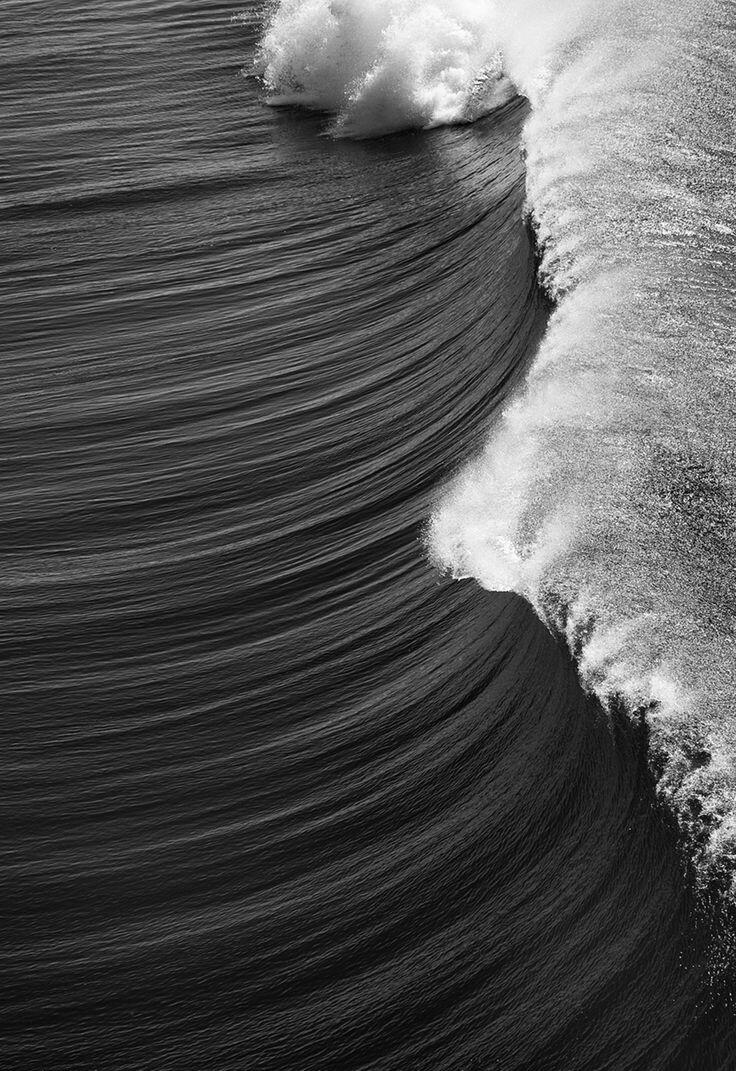

Water Element Summary
Sacral Chakra
Ring Finger, Fourth Toe
Breast/Heart
Reproductive System
Feet
Lymphatic System
Pelvis
Sacrum (geometric relationship to occiput)
Sense of Taste
Perineal Floor
Diaphragm
Attachment, Reproductive Fluids


Adapted from the New Mexico School of Natural Therapeutic's Course Manual
Air, Water, Earth, Fire: The Psychological Types - Lize Greene
Five Elements Study Guide - John Chitty
The Water Element and the Body - Morag Campbell RPP
Polarity Water Element - Graham Whiteman
Polarity Therapy Volume 1, Book 1 "Energy - The Vital Polarity in the Healing Art"
Polarity Therapy Volume 1, Book 2, "The Wireless Anatomy of Man"
Element: Fire
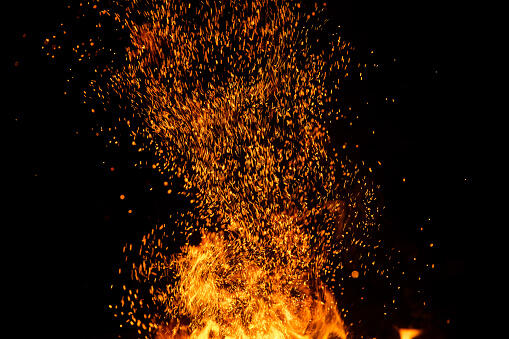
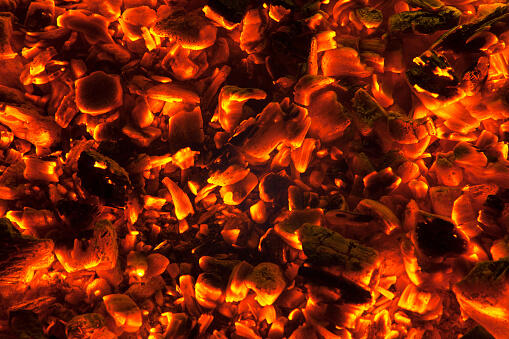
The Fire-body is medium height and build. They are strong and wiry. A balanced Fire element gives a healthy glow to the skin, a sparkle in the eye, and the appearance of robust health. The body maintains temperature in a small range. To protect itself, the body raises the temperature by a few degrees to initiate a fever. The high temperature creates an adverse environment for invading organisms and sweating cleanses the body of excess toxins. If the body temperature gets too low, the body will change blood circulation toward the core. The body starts shivering to contract muscles, expand energy, and generate heat. When vitality is high, the immune system is strong. If vitality drops, the body is vulnerable to disease.Fire is heat producing. The energetic center for Fire is the solar plexus and its chakra. The Fire element relates to the digestive organs and glands. The liver is one of the warmest organs due to its role in metabolism and as a blood reservoir. The liver even regenerates when damaged. The stomach produces hydrochloric acid. Too little acid fails to break down food for nutrients. Too much creates duodenal ulcers by burning the small interstitial lining. The gallbladder secretes bile to neutralize the hydrochloric acid. The small intestine absorbs the finer nutrients, minerals, and vitamins. The large intestine reabsorbs water and houses over 700 species of bacteria. The gut flora breaks down fiber into short chain fatty acids and synthesizes vitamins for absorption into the bloodstream. The intestines and entire body provide a sustainable ecosystem for trillions of cells. In a sense, the body is a solar system. It’s the sun at the center of it.Emotionally, the gallbladder relates to annoyance in small details, worrying, and jealousy. The stomach relates to social stress, appearances, frustration, and spontaneous anger. The liver relates to the deeper self; it reflects dependency, self-esteem, fear of the future, feeling imprisoned, anger, and lack of a fighting spirit. The large intestine and small intestine reflects the need to talk, faithfulness, obsessiveness, exaggeration and theatrics, and generosity. The Fire organs seek expression. If need be: stomach ulcers, liver problems, polyps, rashes, and acne present internally if external expression is suppressed.
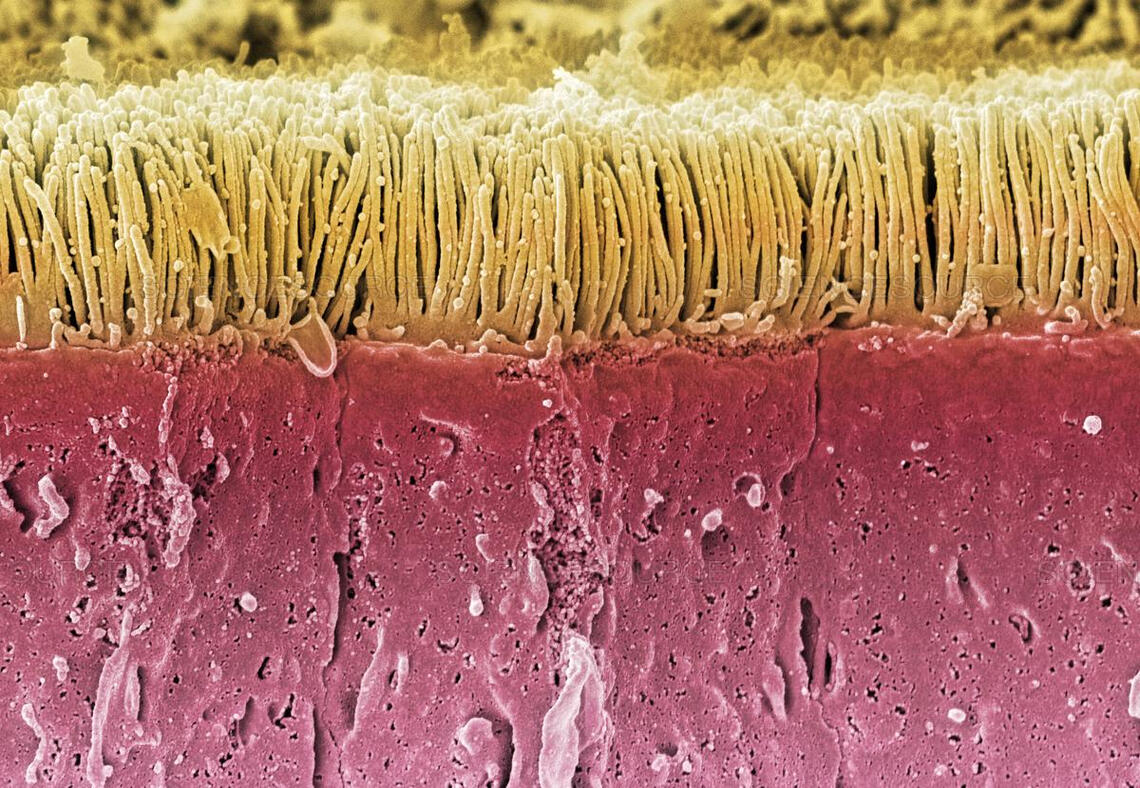

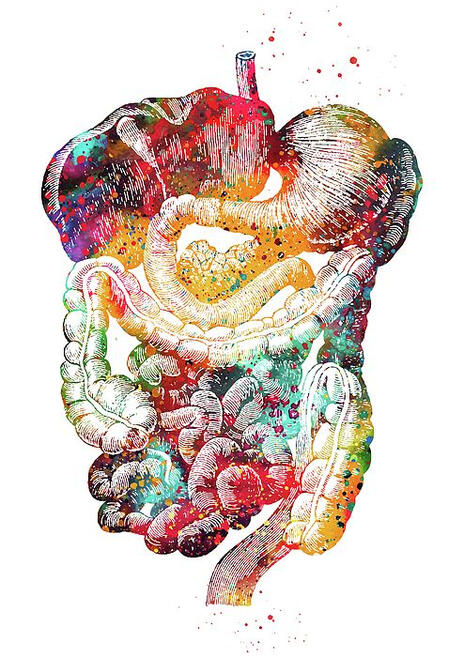
The head is a representation of Fire. There are the expressions: “hot headed” and “blowing their tops off.” Heat pours out of the head and the amount of vasculature relates to the importance of cooling off the brain. The face and chest will visibly change red if someone is outraged. A blush floods the cheeks with embarrassment. Smoking and drinking provide outlets for Fire-types to let go of “steam.”Fire desires direction. The thighs represent this type of fiery energy. The legs help the body move forward, upward, and absorb impact. Fiery-types use their steps purposefully. Different postures like crossing the legs or opening the legs show intent. The shape and strength of the thighs reflect the vitality in Fire. The constant desire for activity is actualized by moving. In this way, the sympathetic branch of the autonomic nervous system is linked to Fire. A Type-A personality is prone to high levels of stress because they cannot turn off. The adrenals and heart take the toll for the constant state of alertness. A Fire-type might simply “burn out.”


However, the eyes are the strongest sense organ for Fire. Light is perceived from the eyes. As external light is received within, the internal light within shines throughout. Eyes “light up,” “twickle,” “illuminate,” and “burn with desire.” Health is read in the eyes.Well balanced fire shows good complexion and alertness. Too much fire shows a reddening in the eyes. Too little shows paleness and a listless eye lacking energy and interest. A distubed liver creates a yellowish tint, distorted pressure, and photophobia. Migraine headaches could be symptoms from the digestive system. Conjunctivitis could have allergic, bacteria, and viral origins.The eyes are not separate from the brain and nervous system. They are the direct connection into the infinite labyrinth of neural circuity. What is seen from within eye is a reflection internally on one's state and desires.
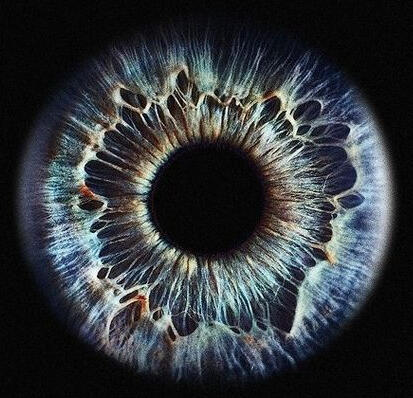
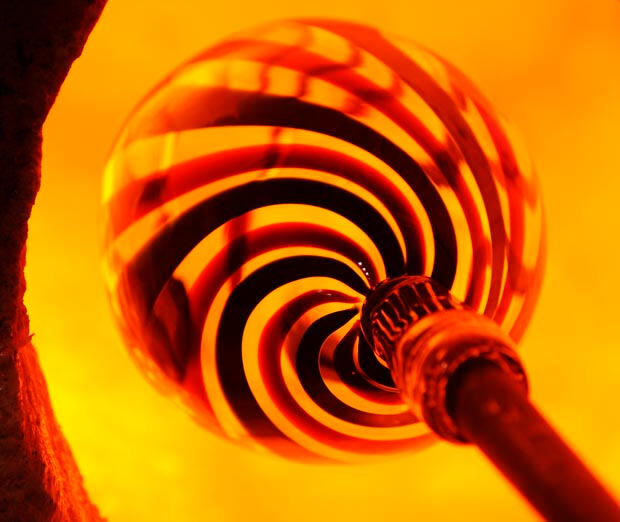
Fire is intuitive and warm. Fire-types are outgoing, spontaneous, creative, and children at heart. They often handle challenges best, head on, unwavering. They are full of vital energy. When imbalanced, Those carrying Fire-element are self-centered, ill-tempered, and irresponsible. They live a fantasy and disregard any type of routine. They burn through anyone with malice and indifference.Often unaware of their deeper unconscious, intuition is the strongest quality for the Fire-type.“Because intuition is in the main unconscious process, its nature is very difficult to grasp. The intuitive function is represented in consciousness by an attitude of expectancy, by vision and penetration… intuition is not mere perception or vision, but an active, creative process that puts into the object just as much as it takes out.”
–JungIntuition is the “process which extracts the perception unconsciously… Just as sensation strives to reach the most accurate perception of actuality, so intuition tries to encompass the greatest possibilities.”
–June Singer
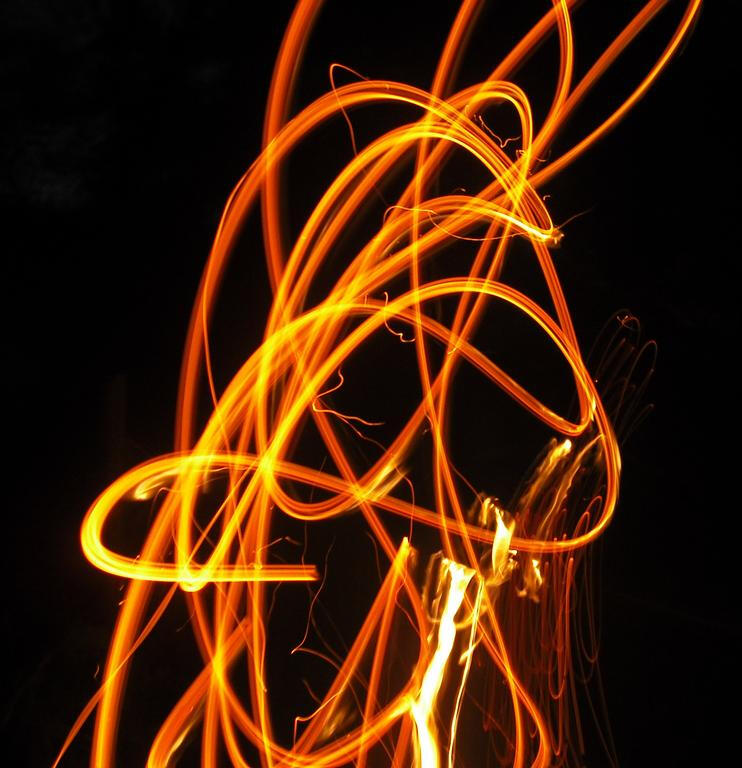
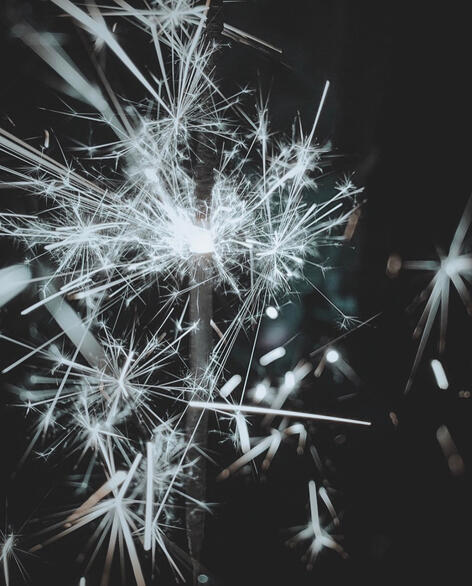
Astrologically, the fiery signs are Aries, Leo, and Sagittarius. These signs share qualities like vitality and spontaneity. Fire-types are children at heart and mythologize their experience, even at the expense of confusing their inner world as fantasy instead of “reality.” Fiery-types have an exaggerated and dramatic behaviour. But they are not flamboyant for others. They simply desire the thrill of experiencing life dramatically.They have a reputation for irresponsibility because they move on easily, simply dropping situations not seeming relevant. They push through life, running from imprisonment. Their childlike behaviour and trust in fate takes them to edges others wouldn’t dare go. Although not materialistic, they gamble with money, emotion, energy, and people.Practically, Fire-types appear insensitive and egocentric. But they want to move forward quickly toward their goal: the future.The past is like a boring novel. The present is a door to be opened, one after the other continuously toward the next passage.Fire-types reach for the future.
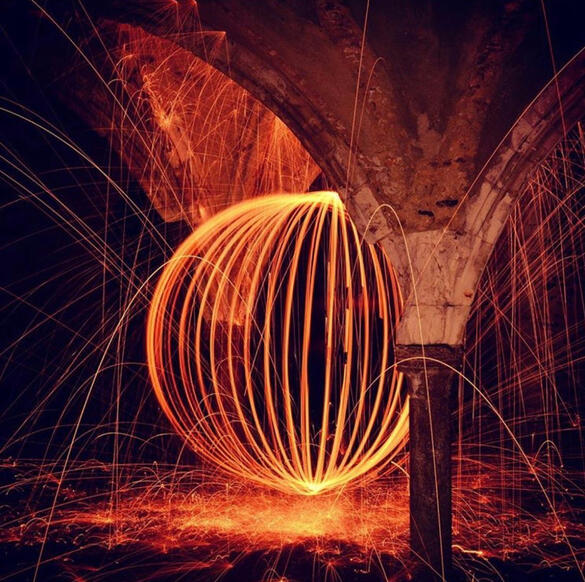
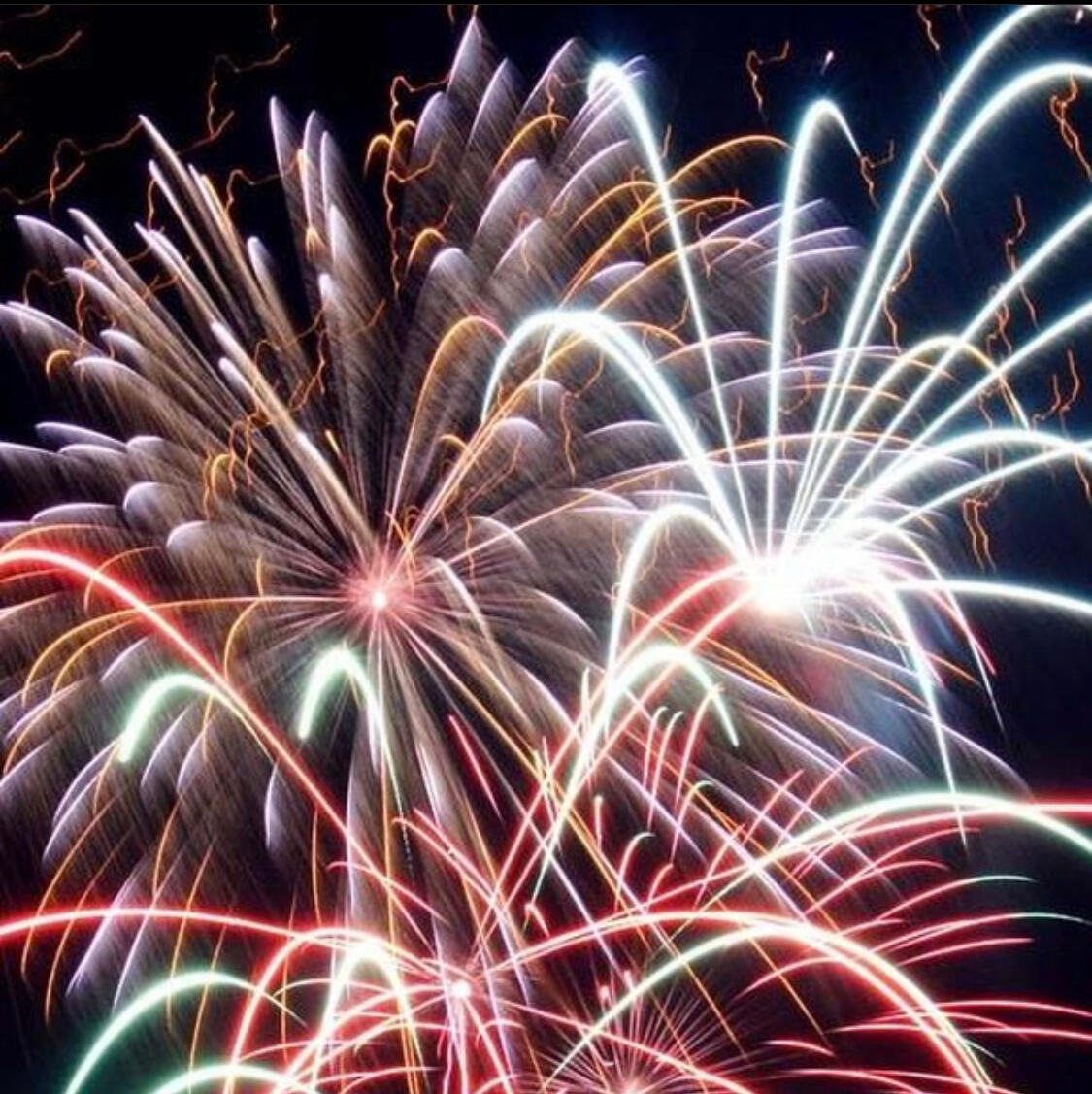
Keywords → Intensity, expressive, joy, anger
Hands & Feet → Middle Toe and finger
Chakra → Solar Plexus
Speed → Fastest
Body Triad → Thighs, solar plexus, head
Imagery → Flame, sun, intensity of heat
Body Type → Eyes are the prominent factor – intense, penetrating, sparkling. People with suppressed fire have transparent film over eyes. Normal physical structure, not heavy or light. More prone to physical illness than any other element. Fire carries vitality to keep the body healthy.
Change → Constantly changing like a flame; fastest changing element. Very self-centered, strong ego; they know who they are.
Voice → Fast and staccato quality; talks with excitement and intensity.
Conflict → Meets conflict head on, thrives on conflict.
Energy Resources → Grains, beans, corn, hot spices. Interpersonal – intense, excitement, sense of freedom is important. The sun rejuvenates, summer is their season. Fast physical activity, sports, competition.
Suppression → Lack of perception, hard to keep eye contact with, weak vision. Lack of self-assertion. Weak digestion (solar plexus). On a physical and emotional level, lack of spirit, activity, enthusiasm. Challenges are frightening. Fear of fire.
Over-Emphasis → Extremely overactive, restless, impulsive. Self-centered to a degree that they roll over others without concern. Can burn out before realizing it.
Other Qualities → “Hot,” active, penetrating, intuitive. Have a lot of energy for themselves, so others are not that important. Self-centered, aesthetic types. Creative, spontaneous. They like the fantasy world rather than the real world; moves faster and has no boundaries; They can be childlike, childish in nature. Can flip from joy to anger easily. Hard to sense what a “relationship” is. Conscious – more awareness of emotions, ideas, intuition, organization, science. Can see other’s feelings, but not that concerned about them. Biggest fears are stuck in a routine, imprisoned, possessed.
Touch → Intense, intuitive, energy stimulating.
Harmonious (positive + positive): Fire gives air energy and motivation. Air gives fire fuel; they feed each other.
Antagonistic (positive + negative): Fire + Water = conflict between sensitive feeling part and energetic impulsive part; are a threat to each other. Fire + Earth = intensity of Fire is searing and painful. Earth is slow and practical; rashness vs. stability.
Body Parts → Solar plexus chakra, head, thighs, middle finger and toe.
Symbols → A flame, the sun, lightning.

Manifestations
Speed → Fastest
Lessons → Calmness
Change → Constantly changing, active
Conflict → Immediately attacks
Too Much → Burn self and others out
Too Little → Low energy and spontaneity
Body Types → Medium build, intense eyes
Complements → Air
Antagonist → Water & Earth

John Chitty's Fire Element Summary
Path of Involution → Frustration that things don’t satisfy
Passions → Anger, Frustration
Virtues → Forgiveness, Compassion, Discipline, Willpower
Chakra → Solar Plexus
Body Triad → Head (eyes), Solar Plexus, Thighs.
Food→ Waist High: Grains, Beans
Voice → Loud, Forceful, Directive
Sense → Sight
Flavor → Bitter
Body Movement → Shaking
Elimination → Sweat
Tissue → Blood Vessels
Fluid → Urine
Function → Hunger
Body Reading → Diaphragm reflexes, nose
Complaint → Digestive problems, eyesight, heart, arthritis
Vocational → Commerce, Industry, Sports, Active labor
Artistic → VIsual Arts
Childhood Right → Imperfection
Adult Symptom → Reality Issues
Core Statement → I care
Astrological → Aries (Head), Leo (Solar Plexus), Sagittarius (Thighs)
Primary Quality → Self-knowledge
Focus on → Power: “I care”
Balance (Neutral) → Warm, Responsible, Respectful, Enthusiastic, Forgiving
Yang (Too much, Expanded) → Raging at others; Blaming; Resentful; Explosive; Controlling others, Judging; Won’t Allow others’ reality; Alcoholic
Yin (Too Little, Contracted) → Raging at self; Blaming self; Apathetic; Imploding; Controlled by others; Doesn’t know/ own reality or knows but won’t tell; Enabling.
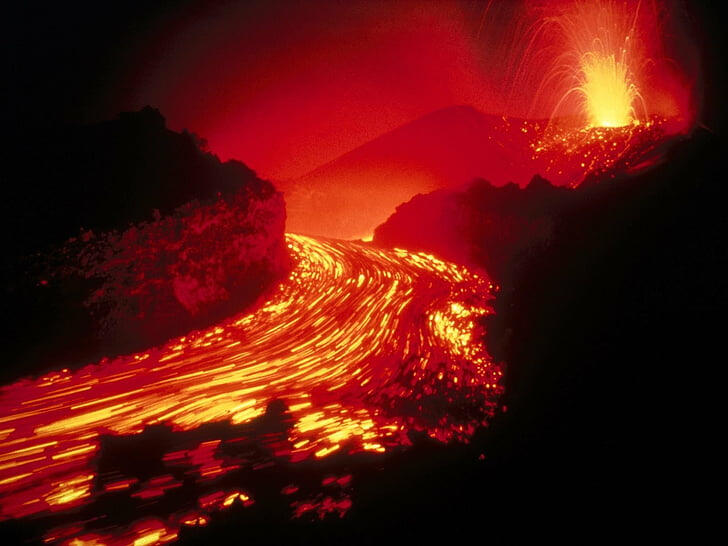
Fire Element Summary
Fire Summary
Umbilical Chakra
Middle Finger, Third Toe
Thighs
Head
Solar Plexus
Liver/Gallbladder
Spleen
Stomach, Pancreas, Small Intestine
Sense of Sight
Peritoneum
Diaphragm
T-11-L5
Anger, Hunger
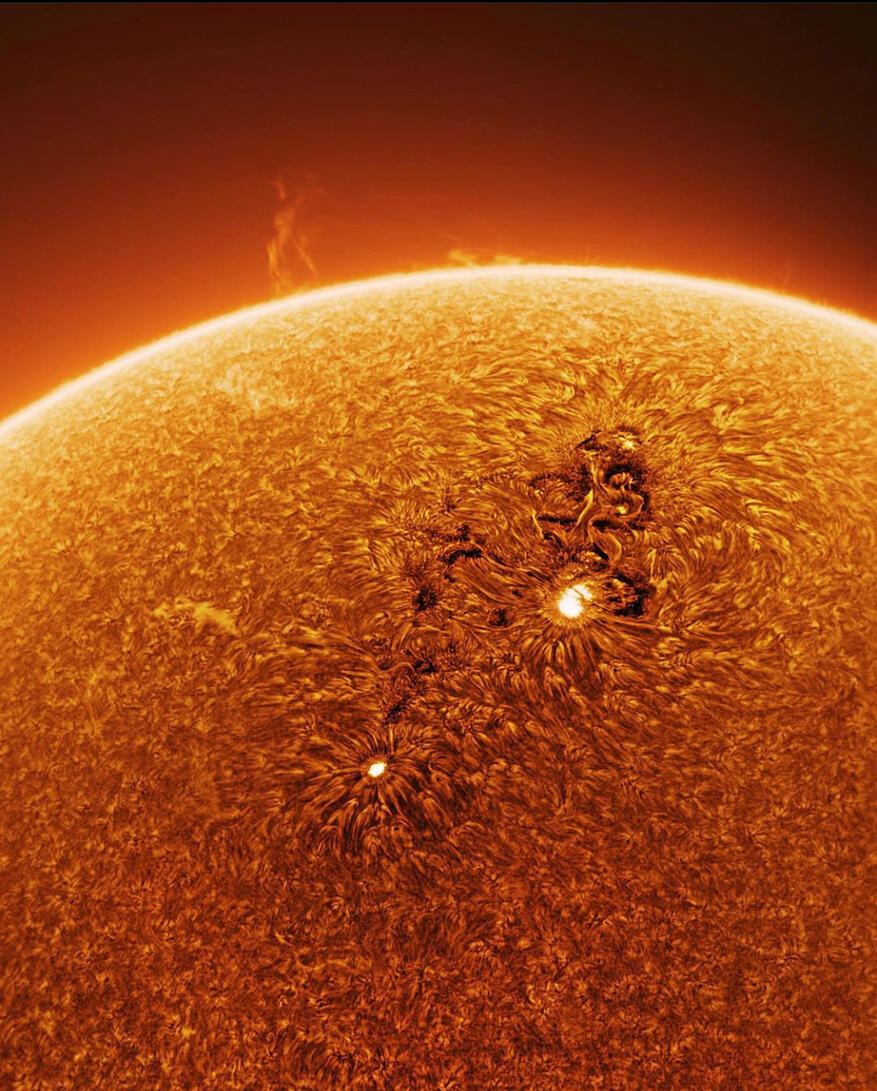
Adapted from the New Mexico School of Natural Therapeutic's Course Manual
Air, Water, Earth, Fire: The Psychological Types - Lize Greene
Five Elements Study Guide - John Chitty
The Fire Element and the Body - Morag Campbell RPP
Polarity Fire Element - Graham Whiteman
Polarity Therapy Volume 1, Book 1 "Energy - The Vital Polarity in the Healing Art"
Polarity Therapy Volume 1, Book 2, "The Wireless Anatomy of Man"
Understanding The Messages of Your Body – J.P. Barral
Element: Air

Air is the impetus behind all movement. Air element represents the beating of the heart, the pulsing of blood through arteries and veins, the rising and falling of the lungs between each breath. It represents peristalsis throughout the intestines. It’s the impulse across neurons and the vibratory movements of each cell. Air creates the possibility to walk, run, jump, move, and think.The Air-body is long, lean, tall, and graceful. Air-types have plenty of energy and struggle sitting still. Even while sitting, they speak continuously and wave their hands flamboyantly.Astrologically, Air signs symbolize different physical systems. For Gemini, Air-element influences the shoulders, arms, lungs and respiration. Problems included nervous exhaustion, bronchitis and neuralgia. For Libra, Air rules over the kidneys. Hormonal stress affects the kidneys, adrenals, and associated organs. For Aquarius, Air-element governs the lower limbs. They experience problems such as cramps, varicose veins, and other nonspecific symptoms.Air manifests strongly in the chest as breathing. Breathing is the direct lifeline to survival. The body takes in oxygen and gives off carbon dioxide. Breathing from the diaphragm allows the greatest expression of the self. Under stress, breathing gets disrupted. Disturbed, shallow breathing creates panic and irregularity. When relaxed, the breath is in tune with the rest of the body. It is slow, deep, and harmonic. Each cell requires oxygen for energy. Without oxygen, anaerobic pathways sustain the body temporarily, until the body ceases to live.


Air-element embodies the heart physically and emotionally. The heart is the first embryological organ and it’s the last organ to function before death. Just behind the protective pericardial layer, the heart pumps and receives blood via the vascular system. Oxygen deficient hemoglobin travels into the lungs from the pulmonary trunk to replenish itself in the lungs with oxygen. The oxygen rich hemoglobin pushes out from the aorta only to squeeze into the tiniest of arteriole river beds to deload oxygen and feed the electron transport chain for high output ATP production. Through movement and pressure, deoxygenated blood slowly travels back to heart to repeat the cycle endlessly for a lifespan.


Nerves wrapping around the heart, such as the vagus nerve and cardiac plexus, give direct neurological input to change the heartbeat. The heart responds by speeding up or slowing down as it registers emotional and physical stimulus from the environment. The electromagnetic field around the heart senses beyond the physical body to read other electromagnetic fields.The brain in the skull isn’t the only brain. There is a gut-brain and a heart-brain. Both provided information from integrated neural networks. Everyone, at some point, makes a decisions based on their "gut." The heart “knows” what is right or wrong and directs the most delicate decisions.The heart carries the burden for plenty of emotions: the need to be loved, fear of not being loved, fear of death, attachment, abandonment, jealousy, distrust, judgement, generosity, panic, guilt, hatred, remorse, betrayal, and happiness. The pericardium takes most mechanical and emotional strain first, but the heart quickly responds to alter each and every cell in the body to signal its current state.
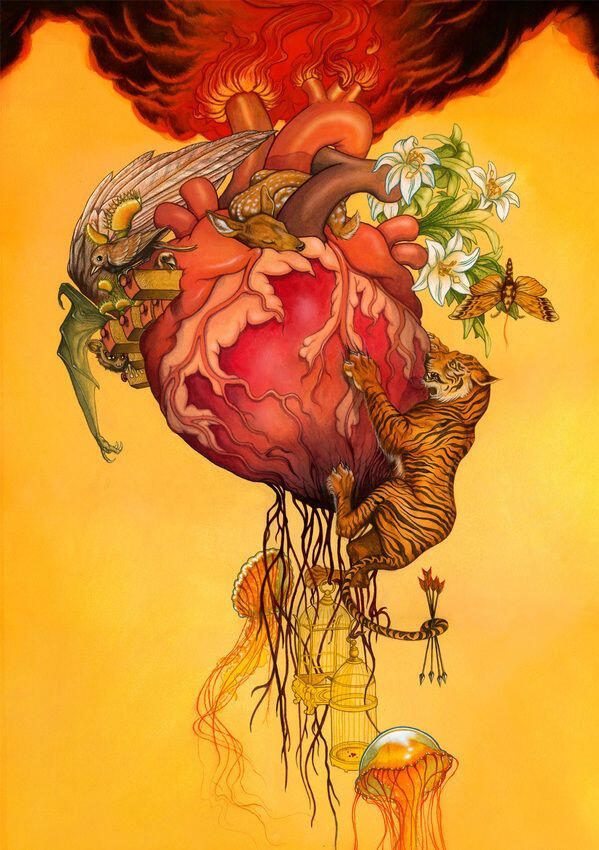
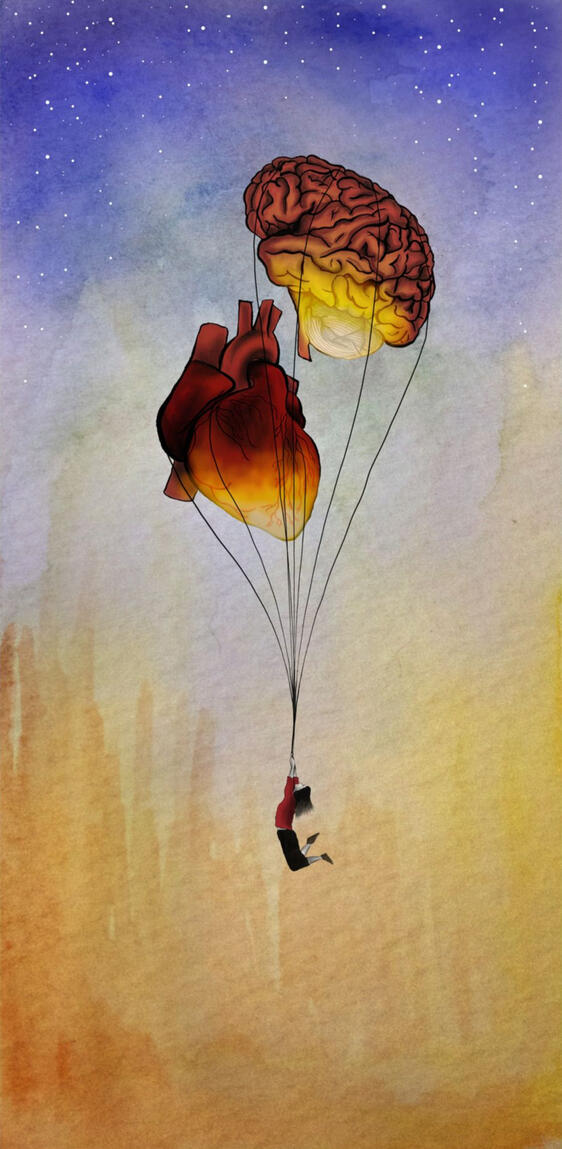

Air outside the body transforms into vital energy inside the lungs. The pleura, a double layered thin membrane cushion, wraps around the lungs. The pleura, like the pericardium for the heart, prevents friction during movement by lubricating its surface for gliding against other tissues. It acts like wet soap against marble. Although breathing is an automatic process, it is easily overridden by consciousness. It provides a direct pathway into the most primal parts of the brain.The lungs serve as a first line defense against toxic material from the environment. The pleura, bronchus, and lungs play an important role for the immune system physically and metabolically.Emotionally, Air-types struggle with the lungs. They often portray contradictory emotions. It might precipitate emotionally as: too much or not enough, poor management of territory, lack of self confidence, dominating or the fear of being dominated, fear of confrontation, affection and attention, withdrawal, dependency, hostility, helpfulness, and rigidity. The lungs need the protection from the thoracic cage, but endlessly try expanding beyond its constraints to fill the body with life.
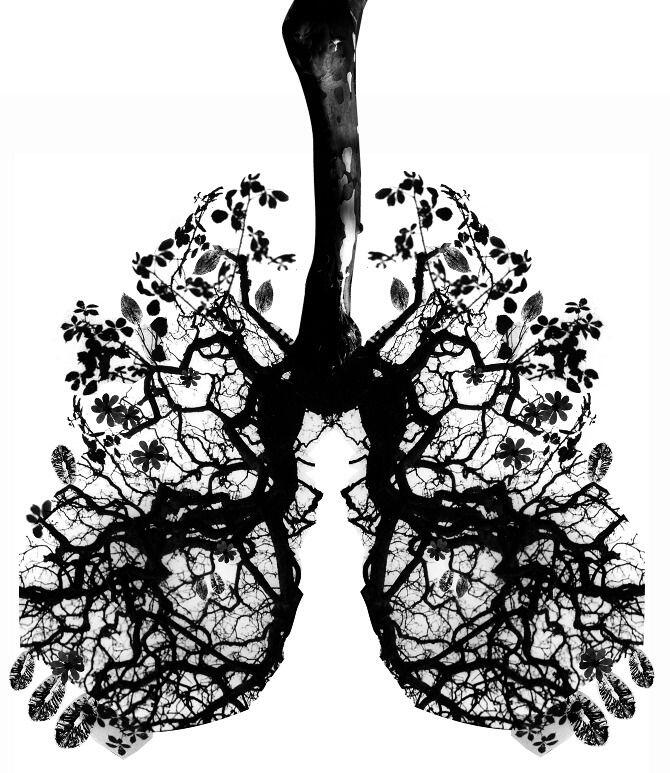

The kidneys mimic the lungs in shape, sit below the diaphragm, and deal with fluids. The kidneys manage water in the body, eliminate waste, produce nonsexual-hormones such as erthythropoetin, and stimulate blood cells and Vitamin D. The twin kidneys control blood pressure, water, and mineral levels. The left kidney relates to the urogenital system, while the right kidney relates to the digestive system. Emotionally, the kidneys reflects depleted deep-energy stores, lowered strength, existential fear, abdondoment, insecurity, deep-seated anger, generosity, and a desire to lead.The nervous system creates the communication center of the body. It micromanges the diameter of blood vessels. It signals intersecting across each fiber to instantaneously send or receive messages from the body. In particular, the vagus nerve gives sympathetic and parasympathetic tone to the heart and connects it directly to the brain and gut. The vagus nerve reflects evolution's expansion into communal awareness, social attitudes, and the need for cooperation to survive.The shoulder blades are viewed as the “wings of life.” The arms show an extension of the heart through the ability to touch. The hand caress… and it punches. Two arms hug a body and bring two hearts together encasing two beings into one. When the heart disagrees, the arms cross over the body for protection. In pain, the body curls into a ball. Insistence on logic is a heavy burden to carry. The shoulders bear all of the world's problems and the celestial universes within.

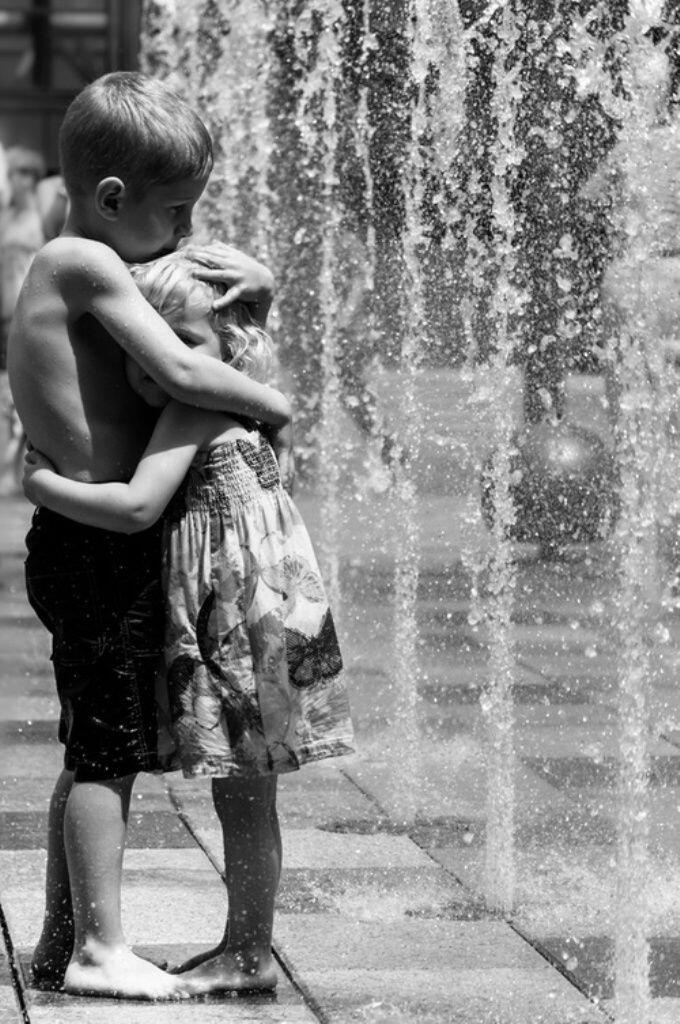
Air-types are detached. They distaste emotional displays and avoid getting pinned down. They think around and rise above worldly problems. Yet, Air-types know how to share space. They communicate, rationalize, and socialize in any situation. They know how to blend into any cultural or social setting. Air rises above, moves around, and sustains life.Air is the element of expression and closest to the imagery of the unconscious.


Astrologically, Air is a positive and masculine quality. The Airy signs are: Gemini, Libra, and Aquarius. They are detached, communicative, interested in the world of ideas, and favor rationality. Air is the most removed from instinctual nature and is the most “human.” In evolution, humans gained the ability for thought.The three airy signs share the need to relate life experience to a preconceived framework of ideas. The framework consists of different scaffolding such as books, teachings, conversations, or one’s own internal mental caverns. They filter and distill experience into a philosophical framework with patterns of logic. Air-types conform to a preconceived structure in their decision making. They prefer logic over feelings. Thinking differentes “this” from “that” just as a knife cuts the whole into smaller pieces. They carry a temperament which collects and categorizes information, weighing one thing against another.Air-types have highly developed minds, a sense of fairness, and the capacity for self-assessment. They love culture. Appreciate structures and systems. And courageously adhere to principles and refinement.Conversely, Air-types worry of inferiority. They avoid getting stuck. They sit on the fence to reduce commitment. And preferably, avoid emotional, personal relating, and exchanging their feelings.Feelings, unlike everything else, cannot be classified, structured, or analyzed. Feelings don’t fit into a conceptualized framework of reality.

For some Air-types, emotions are a sign of weakness. Instead of expressing their emotions, Air-types build pressure beneath the surface, holding as long as possible. However, other Air-types are completely aloof to feelings and don’t know what they feel. They escape by pondering the depths of their soul, to understand, only to float away from solid grounding like a hot air balloon. Some Air-types avoid emotional undercurrents and live in romantic ideals; yet, disappointment brews over their romantic ideals when it doesn’t go as expected.Air-types have a million ways to move around their uncomfortable sense with feelings.Their main defense for confronting their emotions are staying controlled and reasonable. Objectivity and sociability earn the status of appearing “normal.” They attempt to remain rational to keep their emotions locked up, always maintaining a watchful eye. Other Air-types are unconscious of emotions, but approach life superficially, not even taking a chance to look below.The Air-type is a master at rising above life. However, to be in the world, they need to learn the world of feelings and other people. Without some capacity to relate, they remain blind and unintentionally cruel.

The Airy-person is not only out of touch with their feelings, but the feelings of others. Air gets knocked out of them when someone close begins expressing dissatisfaction with their relationships. The coldness and insensitivity created by Air is too much for the significant other. Making it worse, an Air-partner believes if they are still “friends,” everything is alright. When Air-type is rejected, it's a rough wake up call. When they finally confront their fears they see: under their introspective mind, is the dependency on feelings. The departure of a partner shatters the foundations of their life.When emotions do come out, it’s in excess. The built up pressure explodes out. The clarity and clear thoughts are dominated by feelings. If unaware of their deeper emotional roots, these feelings disproportionately are expressed as loving, warm, forgiving, and sympathetic – or – on the other side – as fickle, capricious, and unpredictable.
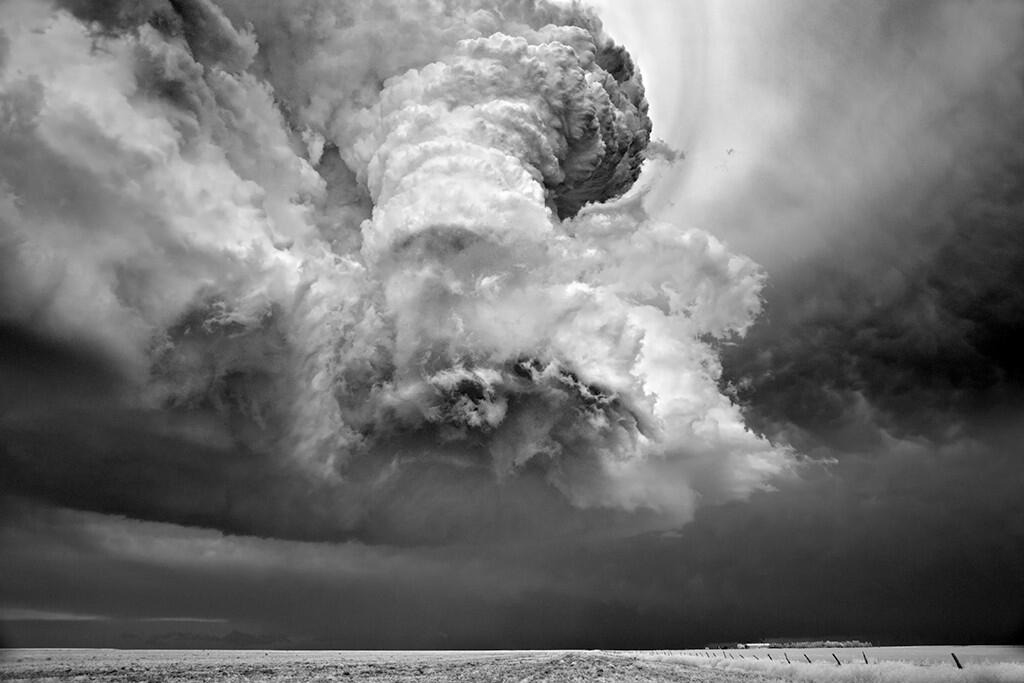
Unconscious reality leads someone where they need to go in their life. It’s the creative power within the subconscious to create fate. An Air-person finds the solution in the actual problem. Their unique solutions help raise their consciousness and emotional sensitivity toward greater awareness. Ultimately, they discover the wisdom of the heart.An Air-person discovers the greatest potential for growth in situations when feelings block their path. It presents an obstacle their intellect cannot handle on its own. For Air, the richest relationships are with feeling types. They provide the best reflection into their inner self. In their reflection, they see their wholeness.


Keywords → Intellectual, detached, acceptance
Hands & Feet → 2nd toe and index finger
Chakra → Heart
Speed → Fast
Body Triad → Ankles, kidney, shoulders
Imagery → Air, wind
Body Type → Tall, slender, small narrow skeletal frame, less weight and flesh.
Change → Relatively fast and easy changes.
Voice → Light, detached, can be flat and emotionless. Talks of ideas.
Conflict → Rises above it, transcends it, usually by abstract thought. Very much out of touch with their emotions. Intellectually understand all sides of a conflict.
Energy Resources → Fruit and nuts. Interpersonal – abstract, intellectual, the world of thoughts. Sense of freedom is important. High elevation is a healing environment.
Suppression → Inability to think, make connections between ideas. Hard for a person to detach. Weak nervous system. Easily upset. Low stress will cause problems. Change is hard to handle.
Over-Emphasis → Overactive mind, living totally in head, thoughts always spinning. Unmotivated to manifest achievement, does little here and there. Physically inactive. Have to sit and think before they will respond to you.
Other Qualities → Thinking, abstract thought, philosophy, science. Relatively detached, culturally refined, civilized. Most social of the four elements, because of ability to be detached and see others’ point of view. Hard to have a conflict with. They accept others easily and other ideas – are fluid, amorphous. Higher personal interactions – heart chakra type more than emotional or sexual sport, greater acceptance.
Touch → Light, sensitive, not too deep or physical.
Harmonious → (positive + positive): Fire gives air energy and motivation. Air gives fire fuel; they feed each other.
Antagonistic → (positive + negative): Air + Water = conflict between intellect and feeling; Air + Earth = conflict between abstract and practical.
Body Parts → Heart chakra, shoulders, kidneys, ankles, index finger, second toe.
Symbols → Non-visible force, light, can be windy or refreshing.
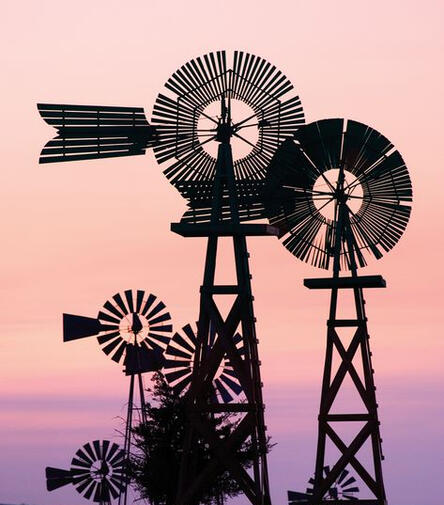
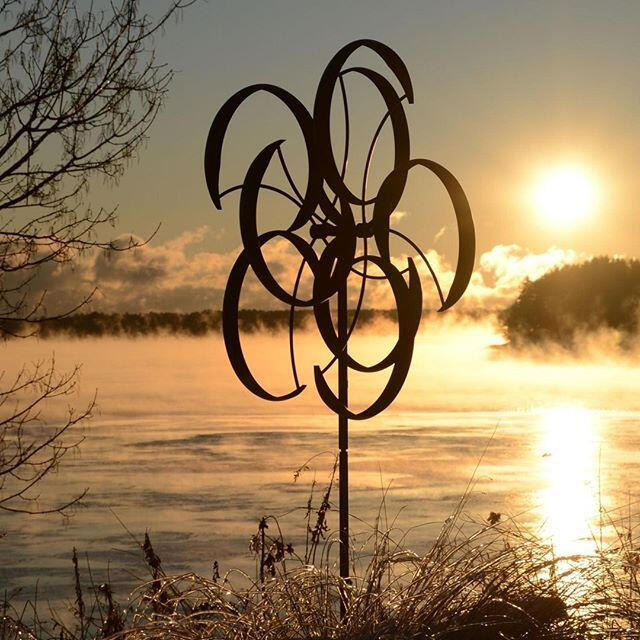
Manifestations
Speed → Quick
Lessons → Constancy
Change → Easily, through thought
Conflict → Floats above them
Too Much → Abstract, spacey
Too Little → Poor thinking, not detached
Body Types → Tall and thin
Complements → Fire
Antagonist → Water & Earth

John Chitty's Air Element Summary
Path of Involution → Fill the space with things to calm the grief.
Passions → Desire, greed.
Virtues → Contentment, Moderation, Hope, Idealism
Chakra → Chest
Body Triad → Shoulders, Kidneys, Ankles
Food→ Tree Level Fruit, Veggies
Voice → Breathy, Mobility, Speedy
Sense → Touch
Flavor → Sour
Body Movement → Speed
Elimination → CO2
Tissue → Skin
Fluid → Sweat
Function → Thirst
Body Reading → Second toe, cheeks, eyebrows
Complaint → Breathing, respiration, heart
Vocational → Education, Religion, Information
Artistic → Dance
Childhood Right → Immaturity
Adult Symptom → Moderation issues
Core Statement → I want
Astrological → Gemini (shoulders), Libra (kidneys), Aquarius (ankles)
Primary Quality → Moderation; Self-Regulation
Focus on → Appearances, “I want”
Balance (Neutral) → Honest, content, moderate
Yang (Too much, Expanded) → Pumped up; “Putting up on airs;” Speedy; Impatient; Creating illusions; Super-mature; Greedy, Dissatisfied; Drug/ work addict
Yin (Too Little, Contracted) → Tuned down; Immobile; Depressed; Jealous; Super-immature; Hopeless


Air Element Summary
Heart Chakra
Index Finger, Second Toe
Shoulder
Ankles
Kidney/Adrenal
Lungs
Heart
Sense of Touch
Pleura
Diaphragm
T1-T10
Pain, Wind, Speed, Desire

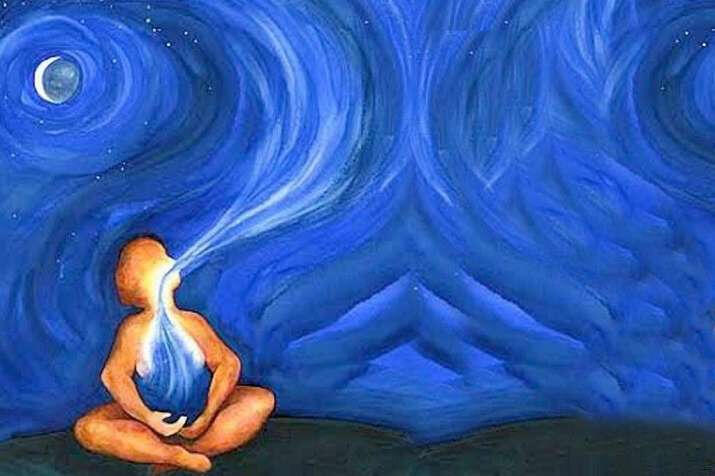
Adapted from the New Mexico School of Natural Therapeutic's Course Manual
Air, Water, Earth, Fire: The Psychological Types - Lize Greene
Five Elements Study Guide - John Chitty
The Air Element and the Body - Morag Campbell RPP
Polarity Air Element - Graham Whiteman
Polarity Therapy Volume 1, Book 1 "Energy - The Vital Polarity in the Healing Art"
Polarity Therapy Volume 1, Book 2, "The Wireless Anatomy of Man"
Understanding The Messages of Your Body – J.P. Barral
Element: ether
“If the doors of perception were cleansed every thing would appear to man as it is, Infinite. For man has closed himself up, till he sees all things thro' narrow chinks of his cavern.”
––William Blake

Ether is seen in space and under the microscope. It is the highest possible state for consciousness. It is ever expanding into the cosmos and retracting endlessly inside atoms. It is infinite in every direction.Ether physically rules the spine, cavities, tubes, and cushiony substances like bursa. The etheric body represents the space between structures. It also represents the throat chakra. Since it is localized in the throat, Ether rules communication for all elements. When it’s blocked, each elemental feature struggles for expression.
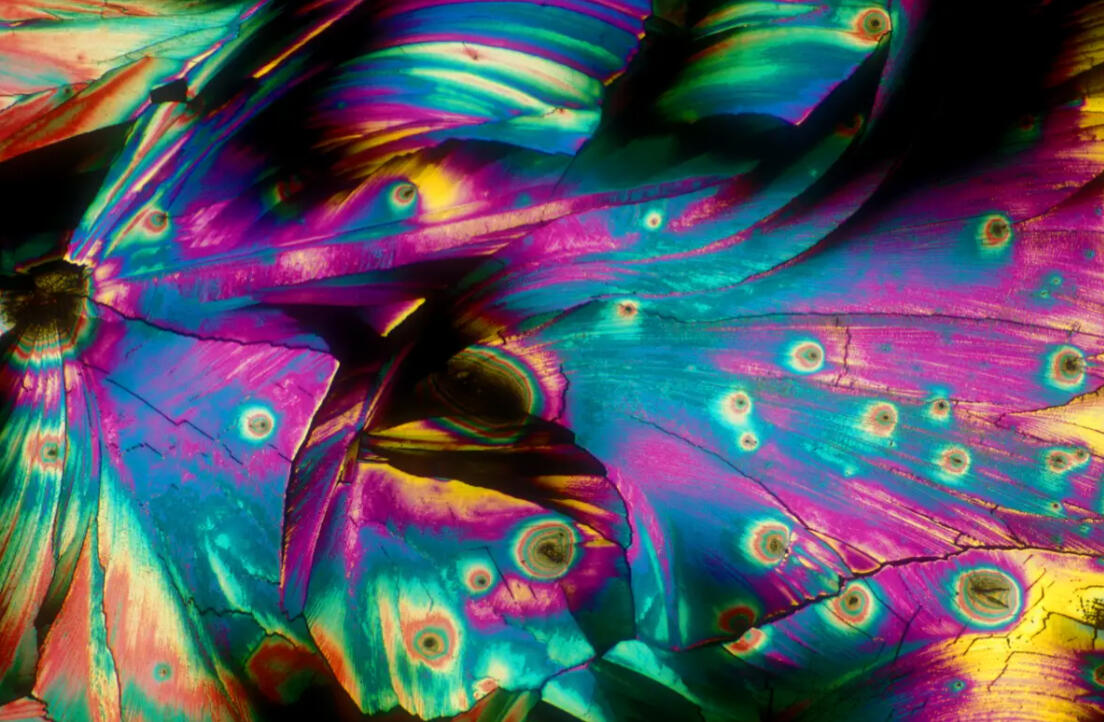

Ether governs emotions and combines with all other elements to create various qualities. It contributes to creating space for the other elements to flow freely in balance and harmony. Without space, there is a “closing in” from pressure. The build up of pressure from the etheric body disrupts the flow of the other elemental bodies, as well as emotions.Ether is the medium other elements are made, manifest, and are expressed. Expression is related to the throat area. Ether is the gatekeeper for the throat. When blocked, it prevents the dominant element from emotional expression. More so, any elemental-type might have an inability to communicate with others.Ether embodies space and the neutral field. It’s important the Ether space and midline originate before the other elements. Dr. Stone believed the Ether element is the “one river from which the other four elements arise.” Ether creates the subtle neutral field and gives rise to harmony, stillness, and balance. It is energy in the physical form. It mirrors the stillness of God. When in touch with the Ether elements, it connects a person with the Divine intelligence in their body, thereby facilitating healing.
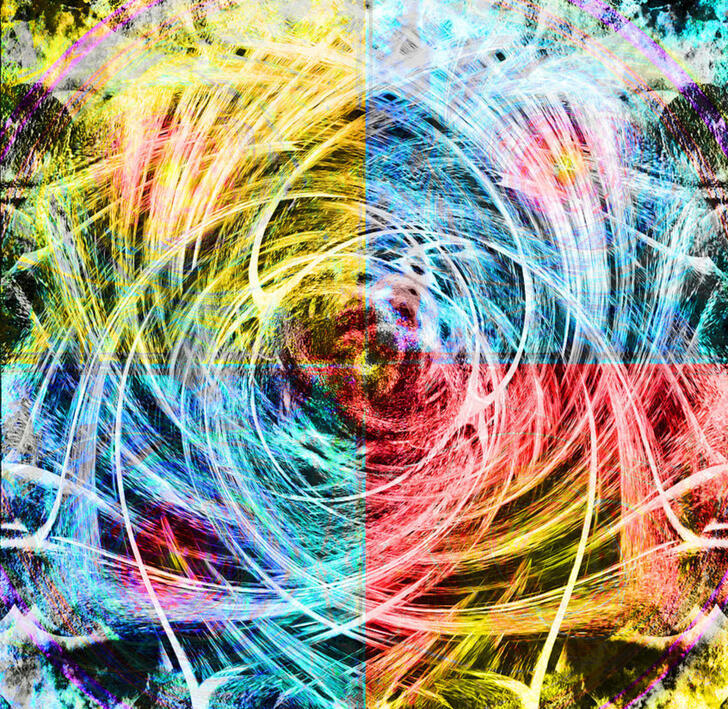

The cranial cavity houses the brain. The dural sinuses are embedded around the brain. They safely exchange nutrients and waste through the venous system and prevent swelling. The spinal column holds the spinal cord, which regulates electrical communication in the body. The oral cavity holds space for food. As food travels past the mouth it enters the gastrointestinal system, a long tube running through the body. Other tubes hold digestive enzymes to break food apart chemically. Smaller tubes absorb nutrients and send into other bodily systems. The thoracic cavity holds the lungs. In the lungs, the bronchioles are similar to tree branches for the diffusion of gases. The digestive and respiratory system maximize surface area to increase absorption for small molecules. Joints need fluidly cushioning for amortization. Bursa, cartilage, and fat cushion joint to prevent abrasion. Active and passive stabilizers like ligaments, tendons, and muscles create appropriate pressure in the joint to handle compressive and decompressive forces.The Ether element is also linked to hearing. If disrupted, the body might lose its proprioceptive abilities. The vestibular system reads fluid in the inner ear to regulate internal balancing. Energetically, the ears represent the ability to receive others.In every cell in the entire body, there is space and there are boundaries to separate space. Space simply creates the opportunity for movement. Without movement, life ceases. The other elements need space to flow. Movement stagnates with restriction, poor posture, inflammation, and pressure. Any blockage on an elemental area like the pelvis, abdomen, thorax, cranium, or reflexive structure prevents appropriate function. Problems with Ether result in constriction such as breathing difficulties, digestive problems, and inflammation. Alternatively, there might be too much space. Joints are susceptible to swelling and arthritis.
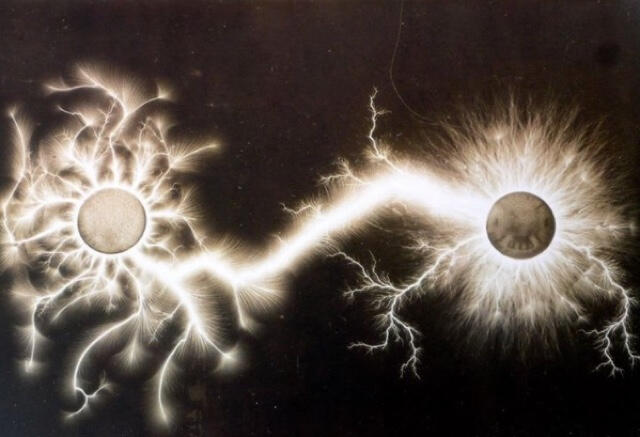

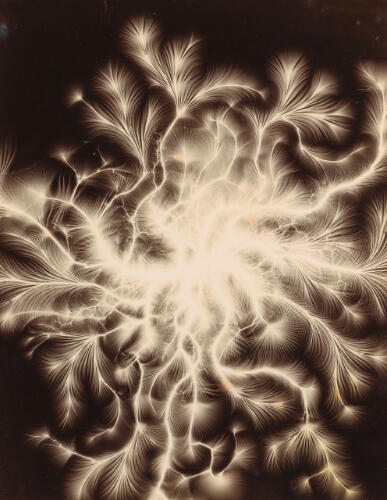
Embryological movements stay in the body from birth. They are felt everywhere as an expansion or retraction. These tidal movements are the expression for health in the body. They are felt in nerves, organs, bones, and connective tissue. Ether acts on the body by expanding it. It is present in all life with the ever expanding universe.


Each element carries four different temperaments. They see and value different aspects of reality, but believe their reality is the only one.No person is only one element by itself. The four elemental types are exaggerated caricatures. Any elemental feature is not by itself in the world. A person might represent one element more than the rest, but likely share multiple elements. It’s an over or under balance in any element that distinguishes the elemental influence on a person. There are at least two elements developed, one main element and an auxiliary element. The other elements lay dormant. Most elements pair and complement each other. They synergize to share and compensate when ever changing situations arise. However, elements could create tension. One element might be superior over another. Another might act more during subconscious events. When opposites pull within, a highly creative dilemma occurs.


Opposites attract. Elements complete their opposites. Opposite elemental-types are drawn together because they provide an opportunity for greater inner integration. Opposite Elemental-partners are destructive in the beginning, especially with a lack of maturity. But over time, it is possible Elemental-partners create opportunities for growth. The over or under emphasis in elemental features originates in the lack of life experience and needed growth. Inner growth starts when it’s possible to share, understand, and respect other elemental features in others.

Keywords → Balanced, appropriate, discriminating, self-accepting
Hands & Feet → Big toe and thumb
Chakra → Throat
Body Triad → Midline of body and all joints (elements twist, blend, and balance at joints)
Imagery → Balance and harmony
Body Parts → Throat chakra; spine; all joints; thumbs, great toes
Symbols → Nebulous, a blend and balance of the other elements

John Chitty's Ether Element Summary
Path of Involution → Grief at separation from source
Passions → “Poor Me,” Depression
Virtues → Spirituality, Humility, Recognize Illusion, Devolution, Discrimination
Chakra → Throat
Body Triad → Diaphragms, Center line, Joints
Food→ Prepared with Love; presented beautifully; sprouts, sea veggies
Voice → Spiritual, penetrating, beautiful, soulful
Sense → Sound
Body Movement → Lengthening
Elimination → Expression
Tissue → Hair
Fluid → Saliva
Function → Sleep
Body Reading → Big toe, center line, throat, stillness
Complaint → “I don’t know,” emotional constipation, sadness
Vocational → Spirituality, Art
Artistic → Music, Art
Childhood Right → Value
Adult Symptom → Self esteem issues
Core Statement → I am
Primary Quality → Self-esteem
Focus on → Achievement; “I am”
Balance (Neutral) → Self-esteeming, Accountable, Longing, Humble, Making, Conscious choices
Yang (Too much, Expanded) → Arrogant, Better than, Shameless, Tyrant
Yin (Too Little, Contracted) → Worthless, Less than; Shamed, Doormat/ Victim

Adapted from the New Mexico School of Natural Therapeutic's Course Manual
Air, Water, Earth, Fire: The Psychological Types - Lize Greene
Five Elements Study Guide - John Chitty
The Ether Element and the Body - Morag Campbell RPP
Polarity Ether Element - Graham Whiteman
Polarity Therapy Volume 1, Book 1 "Energy - The Vital Polarity in the Healing Art"
Polarity Therapy Volume 1, Book 2, "The Wireless Anatomy of Man"
A Lesson From
Brother O'Connell

In Iten, Kenya, I visited a small Cross Country competition. While watching the competition, I had the pleasure of enjoying a small chat with a Saintly figure by the name of Brother O’Connell.Brother O’Connell is known as the legendary coach to World Record Holder and 2xOlympic Champion David Rudisha among many other Olympic Kenyan distance athletes. He originally came to Kenya as an Irish Missionary and found himself coaching youth athletes at St. Patrick’s Secondary School.I was introduced to Brother O’ Connell by one of his former athletes Emmanual Korir. Emmanuel was the fastest 800m runner in the world in 2017 and 2018. He holds personal bests of 1:42.05 for 800m and 44.21 for 400m. He is an indoor world record holder for 600m and 2xNCAA Champion in 800m. He is ranked 6th all-time for the 800m. Among the accolades, Emmanuel stands out as a humble person always willing to share Kenyan tea and mandazi. I also see how Brother O’ Connell’s nurturing spirit rubbed off on Emmanual’s development from youth, to collegiate, and professional ranks. He continues to be a motivational figure in his life.At the Tokyo 2020 Olympics, he raced in the 800m and achieved the highest pinnacle in Track & Field: an Olympic Gold Medal.
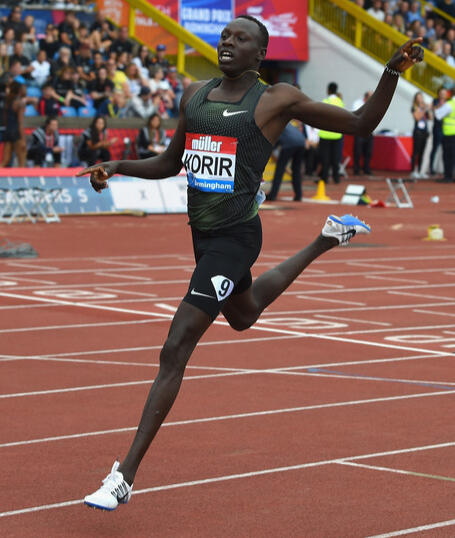
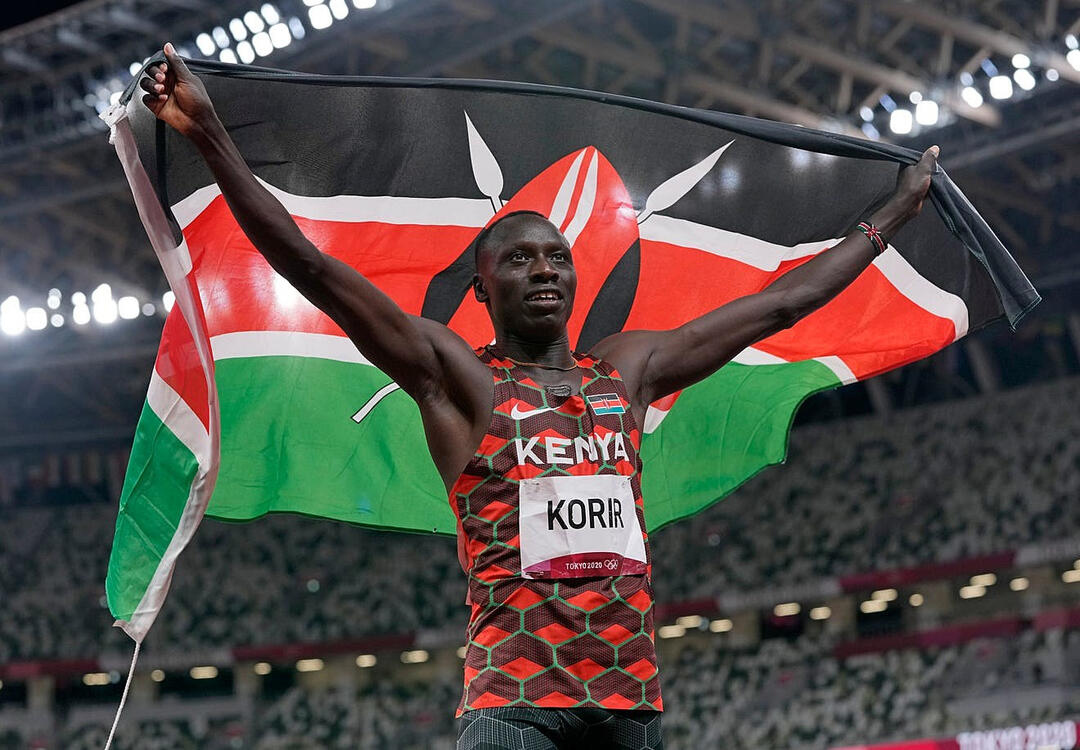
As the different age group races went on, I watched coaches, athletes, and fellow muzungus (white people), give their gentle respects to Brother O’Connell. He was kind enough to let me sit with him and ask a few questions on his coaching philosophy.Brother O’Connell was not interested in training programs. It annoyed him how so many coaches only cared about the workouts he gave his athletes. The workouts were often too simplistic for European and American coaches to understand.Brother O’Connell cared most about the well roundedness and natural setting his athlete lived in. His greatest athletes came from the most rural upbringings and were “rounded” by its soil as if it shaped their humble character.
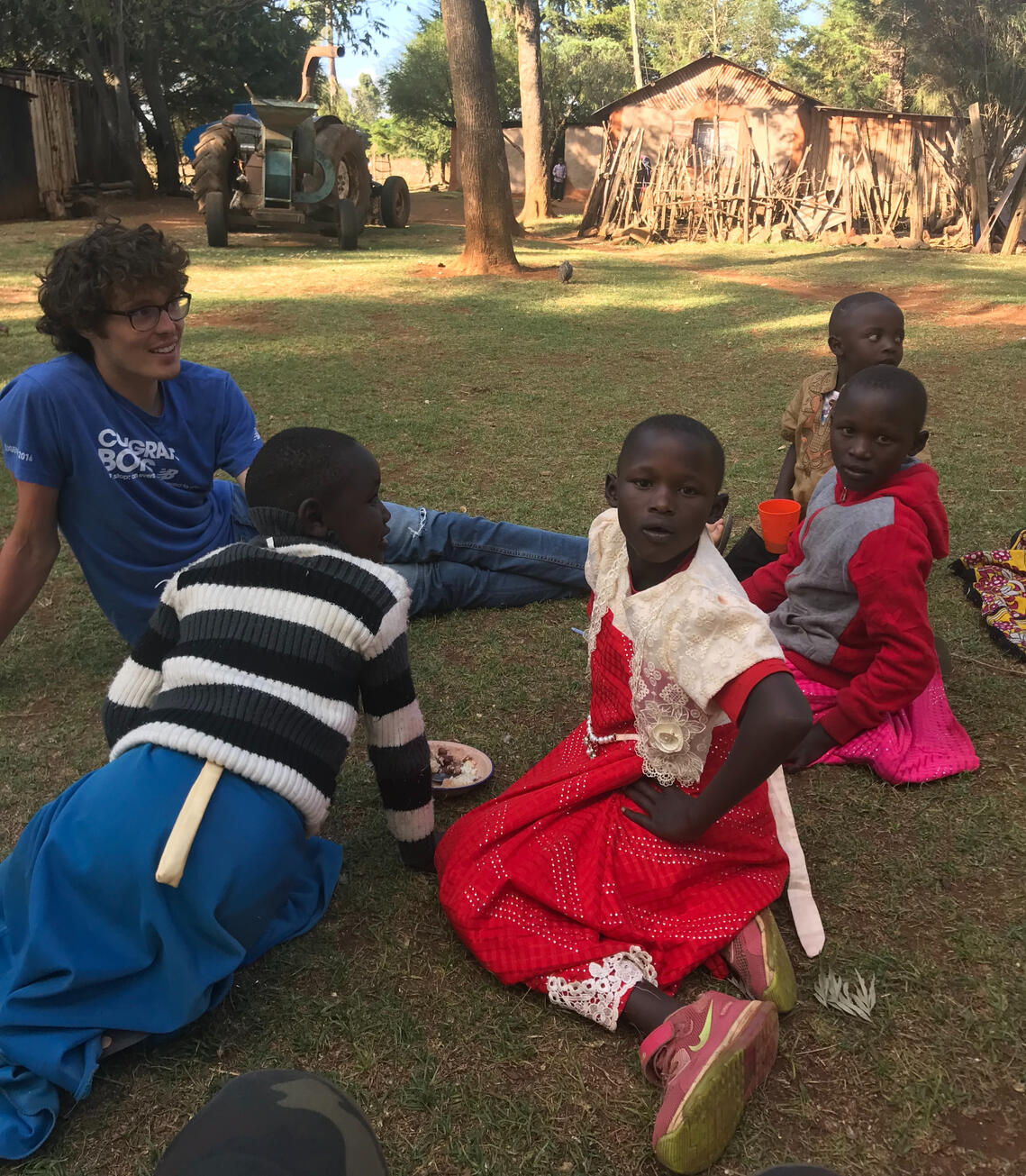
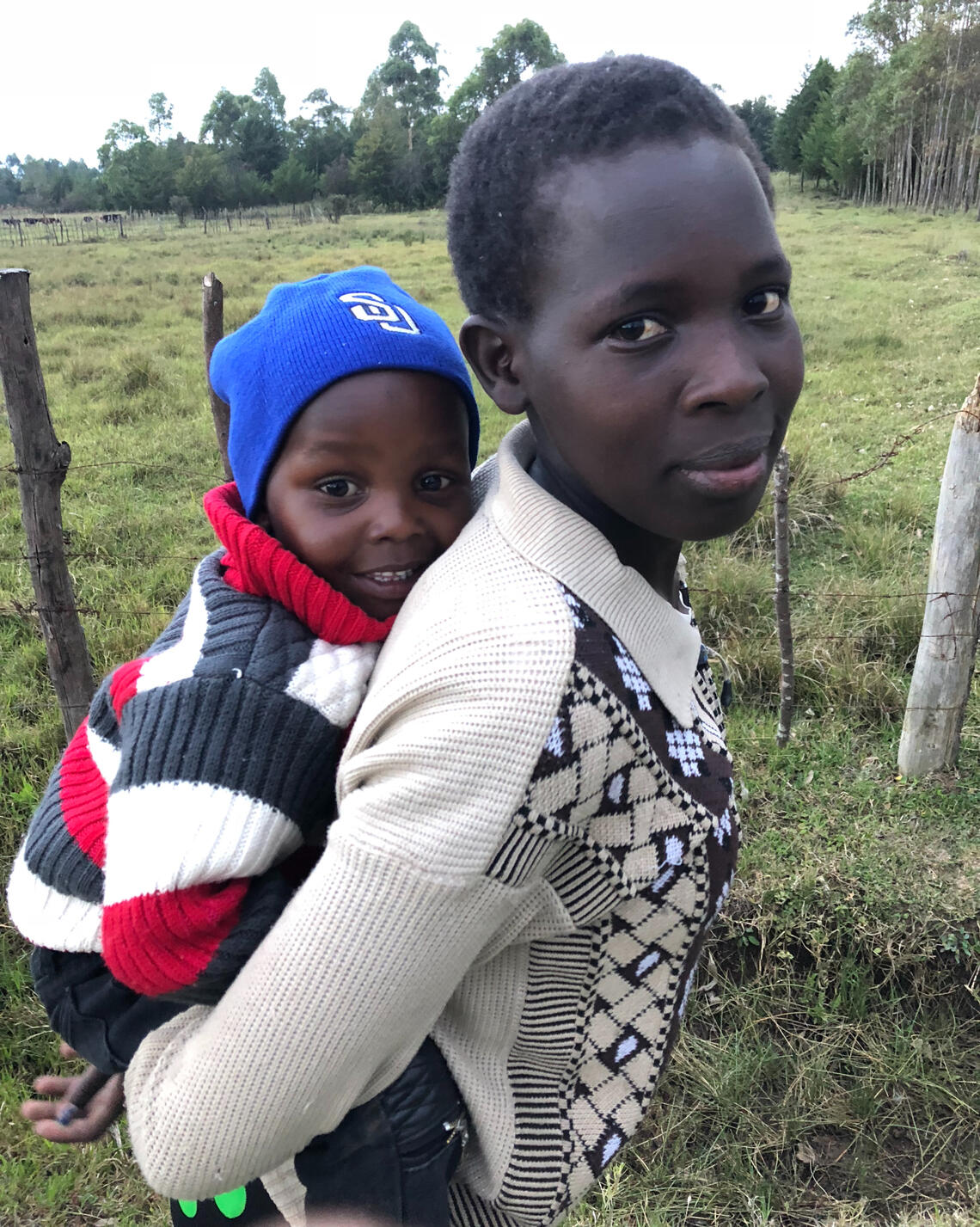
It’s easy to notice in Kenya. People living in the village carry much less social baggage. There is a sense of ease. Children play, cows roam, men work around the fields, and women cook around the fire. Life seems so simple in its natural surroundings. There is little need for thought and pressure on what to do. Time floats. The sun moves 12 hours around the sky from 7am to 7pm; and returns after another 12 hours while it lets the Moon and the Milky Way canvas the nightscape.
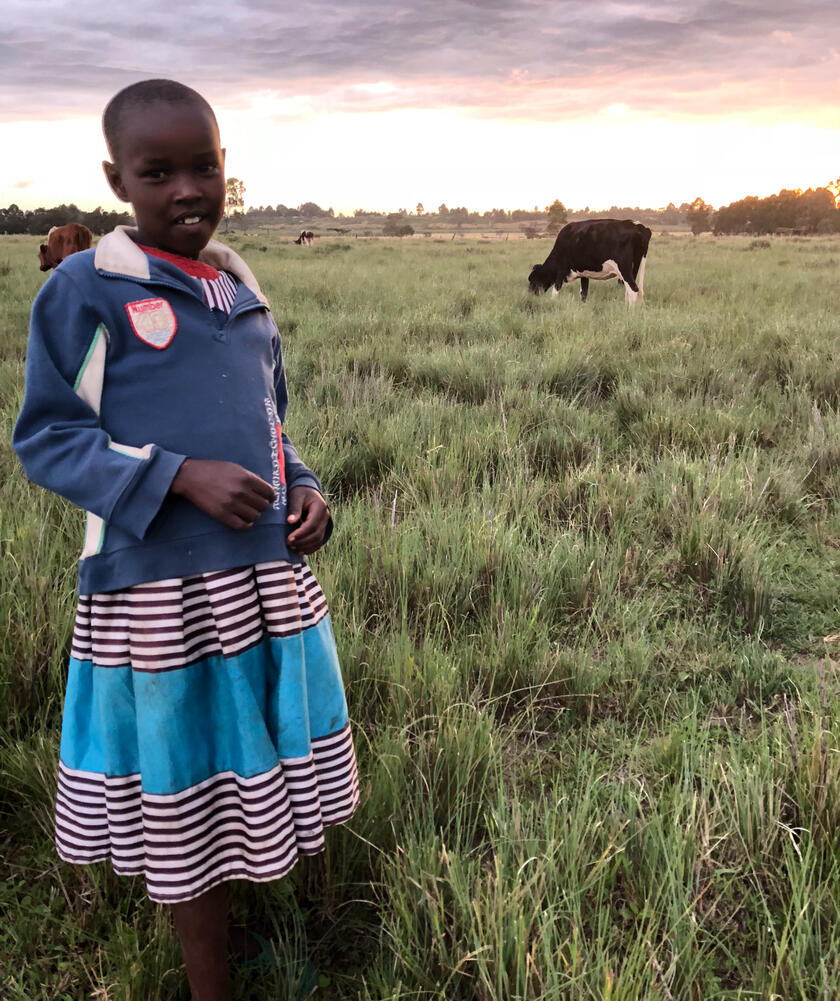

Brother O’Connell carries an ease in his voice. He gave me this pearl of wisdom:“I am a facilitator. I see what the athlete desires. I help them discover their dreams. It is not about me or what I want. I find what is deep within that individual and facilitate what is best for them.”How often does our agenda, as a coach, take over the athlete’s journey? In the past, I strained plenty of relationships because I thought I knew what was best for an athlete. I believed specific workouts, drills, diet, and therapy sessions would get us closer to records, times, and national titles. I failed to recognize what the athlete desired. I failed to see their dream. My stress for the athlete’s compliance often reflected negatively in training.However, for some athletes, running wasn’t their only goal. Sometimes, running was only a stepping stone in life.My coaching lingo and intricate details on programming workouts didn’t resonate with their dream.Running carried a completely different meaning when they stood on the line to compete.I have to revisit Brother O’Connell’s words regularly. Before I engage with an athlete, I find a neutral space within myself and ask how I can facilitate an athlete’s journey and not attach myself to their potential result.Sometimes, we sacrifice so much for winning and performance, it comes at the cost of friendship and nurturing a relationship.

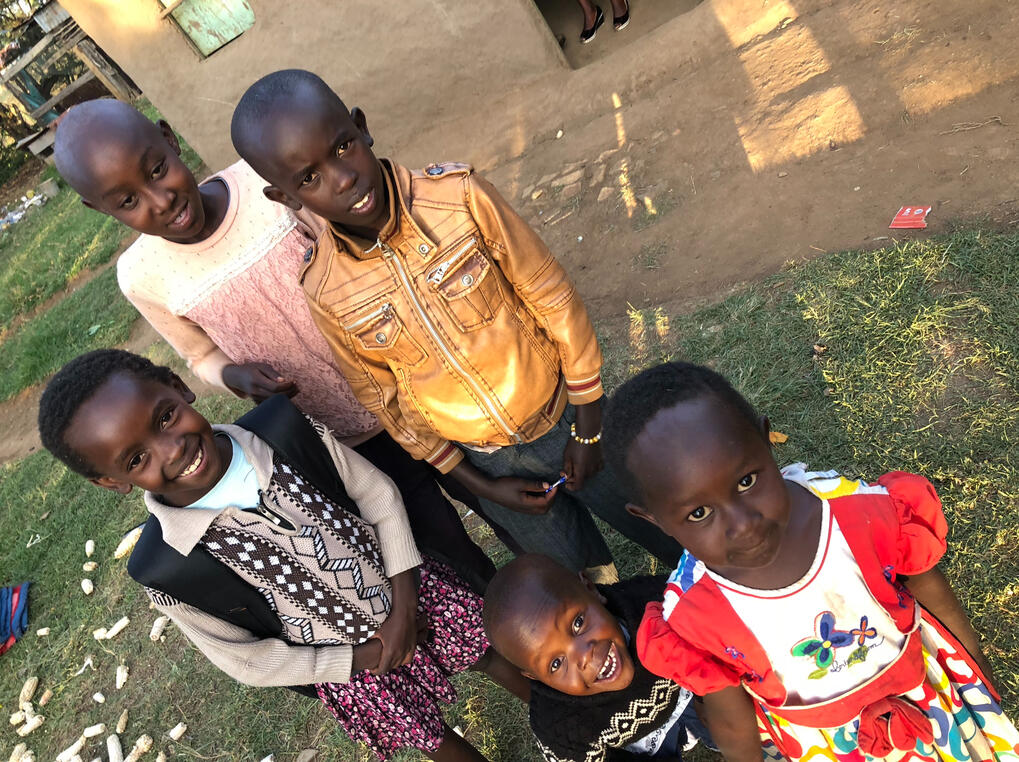

There is a fluid nature in goals. An athlete changes from race to race and season to season.Any farmer understands growing a crop requires tending to from when a plant is a seedling to a ripened fruit. Farmers don’t harvest crops or expect a farm to survive on its own. They read the landscape, soil, and all possible conditions to grow a healthy yield. At times, they sprinkle fertilizer and water.Despite all the effort, a farmer doesn't truly grow plants.Plants grow on their own accord.Athletes will grow on their own too. As a coach, I create the best possible conditions for my athletes to grow into their dreams.“At the end of the day you want to live a simple life.”
–Brother O'Connell
Wear a face mask - as you prefer - and comfort.
Wash your hands.
Feeling symptoms... stay home.
Reschedule anytime.
The office is cleaned regularly.
Transmission of Covid-19
COVID-19 is most commonly transmitted through large droplets produced when a person infected with COVID-19 coughs or sneezes. The virus in these droplets can enter through the eyes, nose or mouth of another person if they are in close contact with the person who coughed or sneezed. The virus can also enter a person’s body from touching something with the virus on it and then touching one’s eyes, mouth or nose with unwashed hands.







